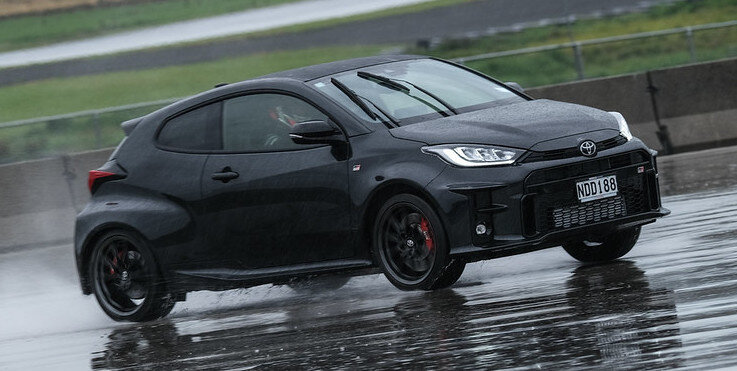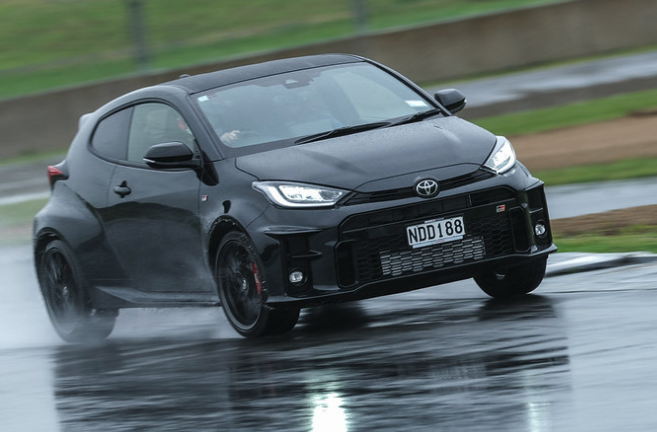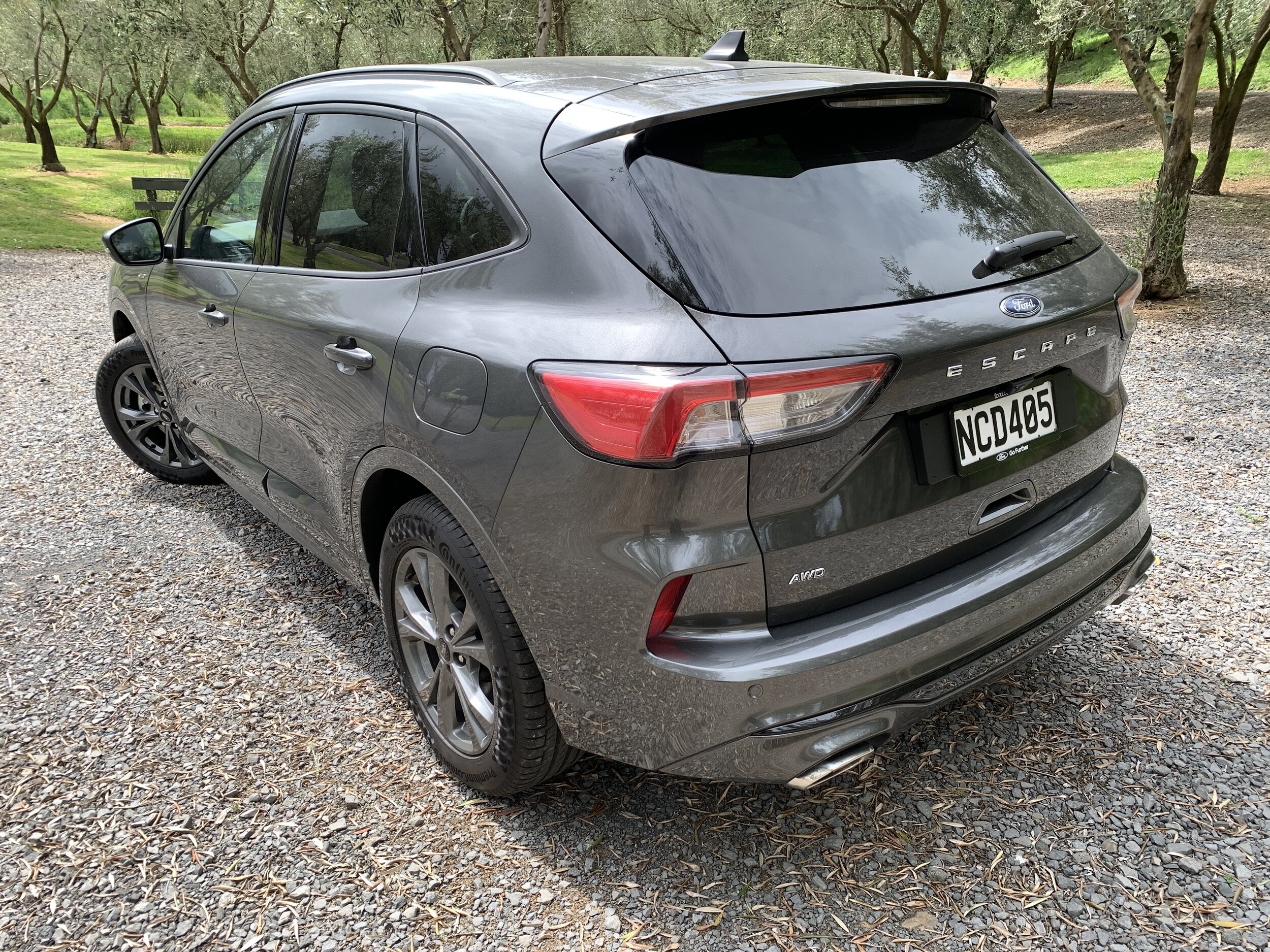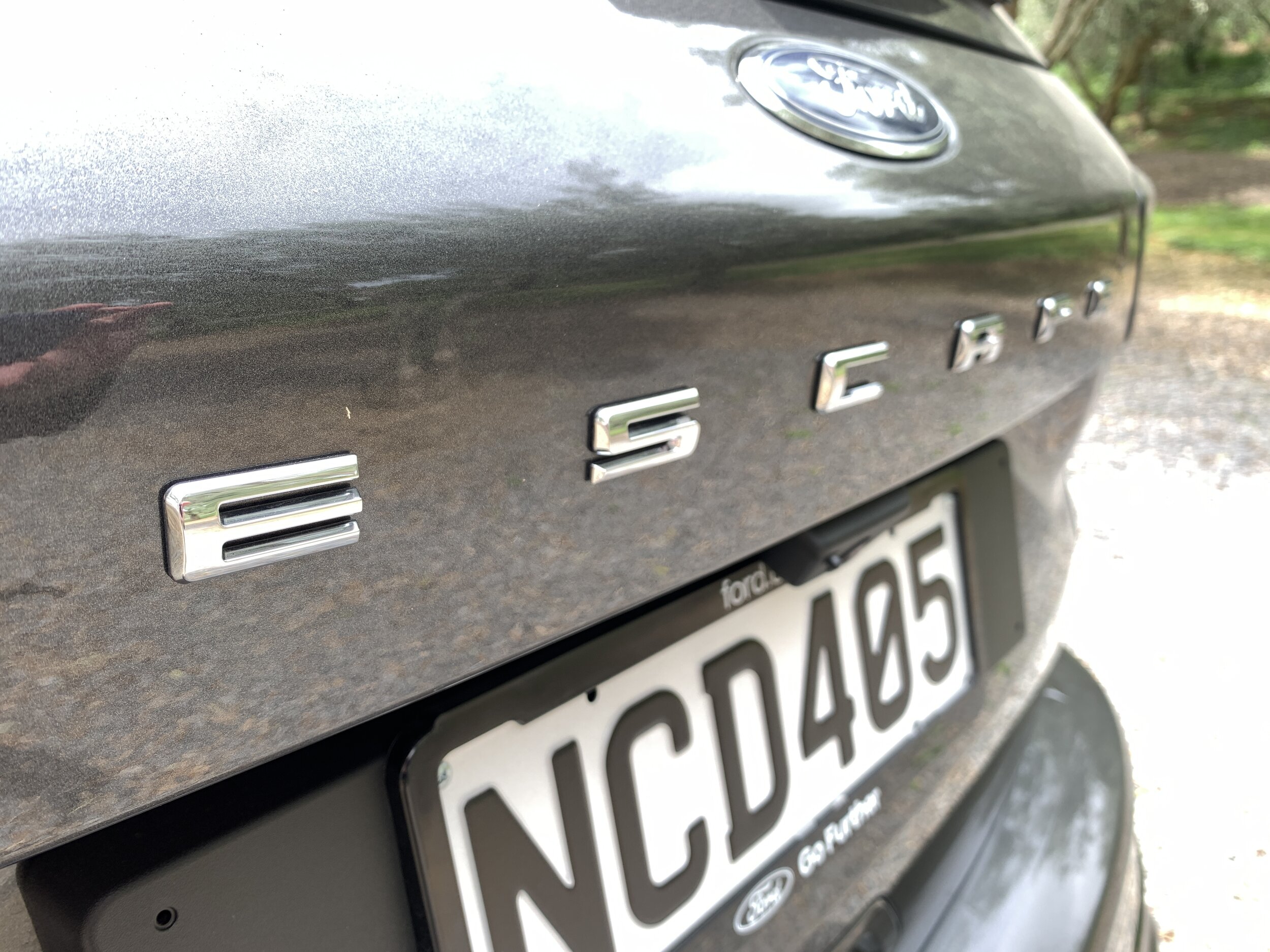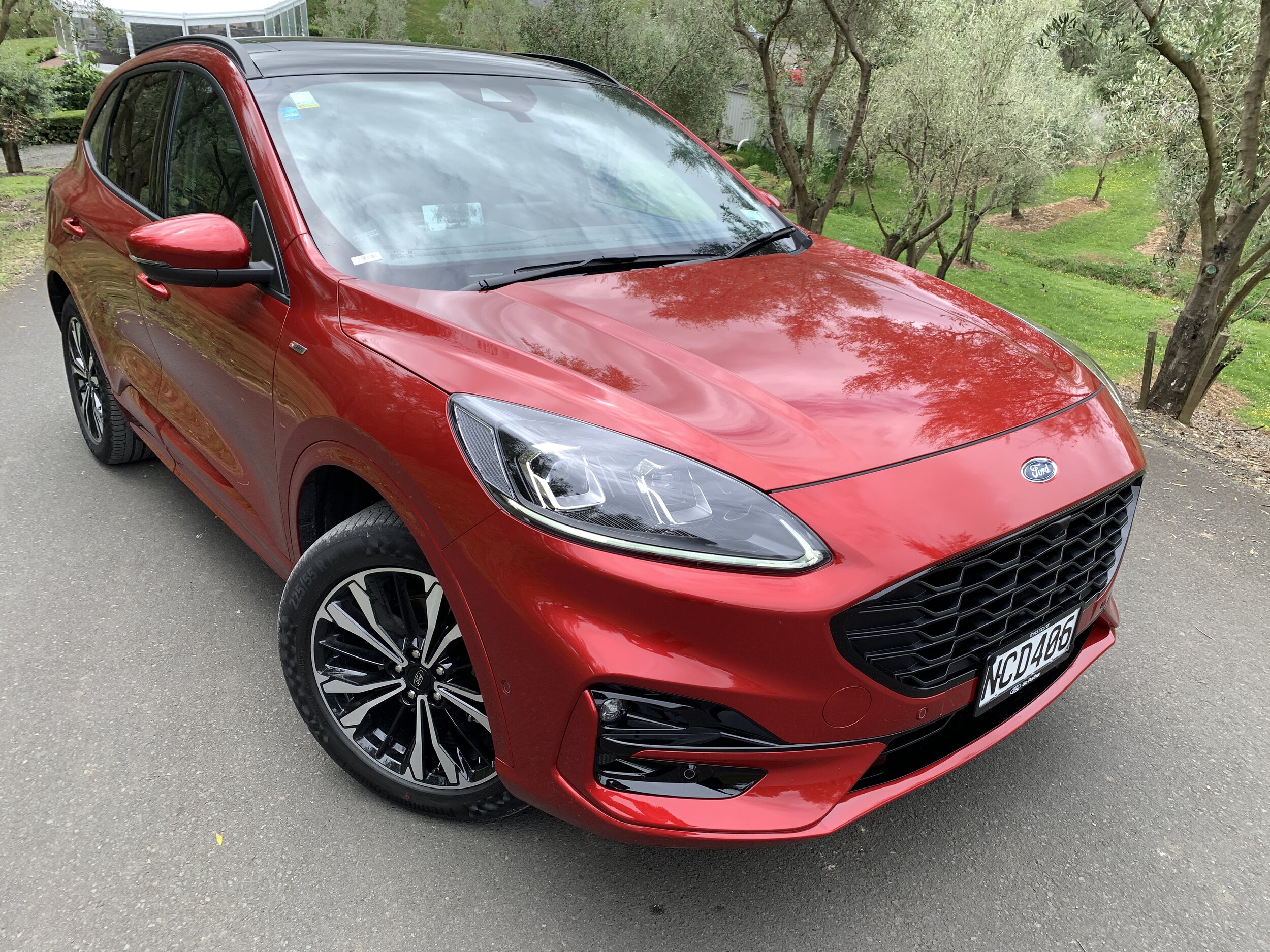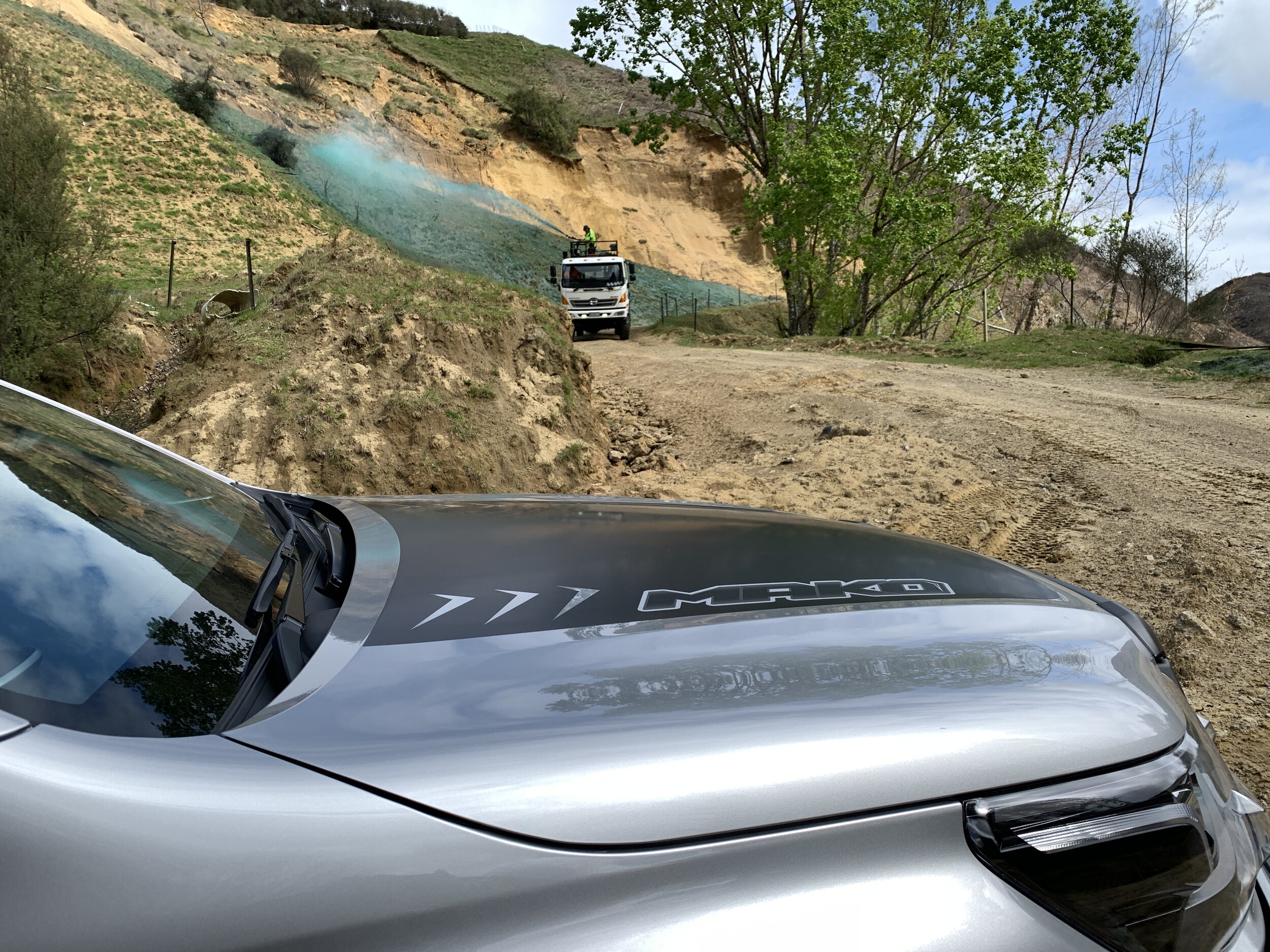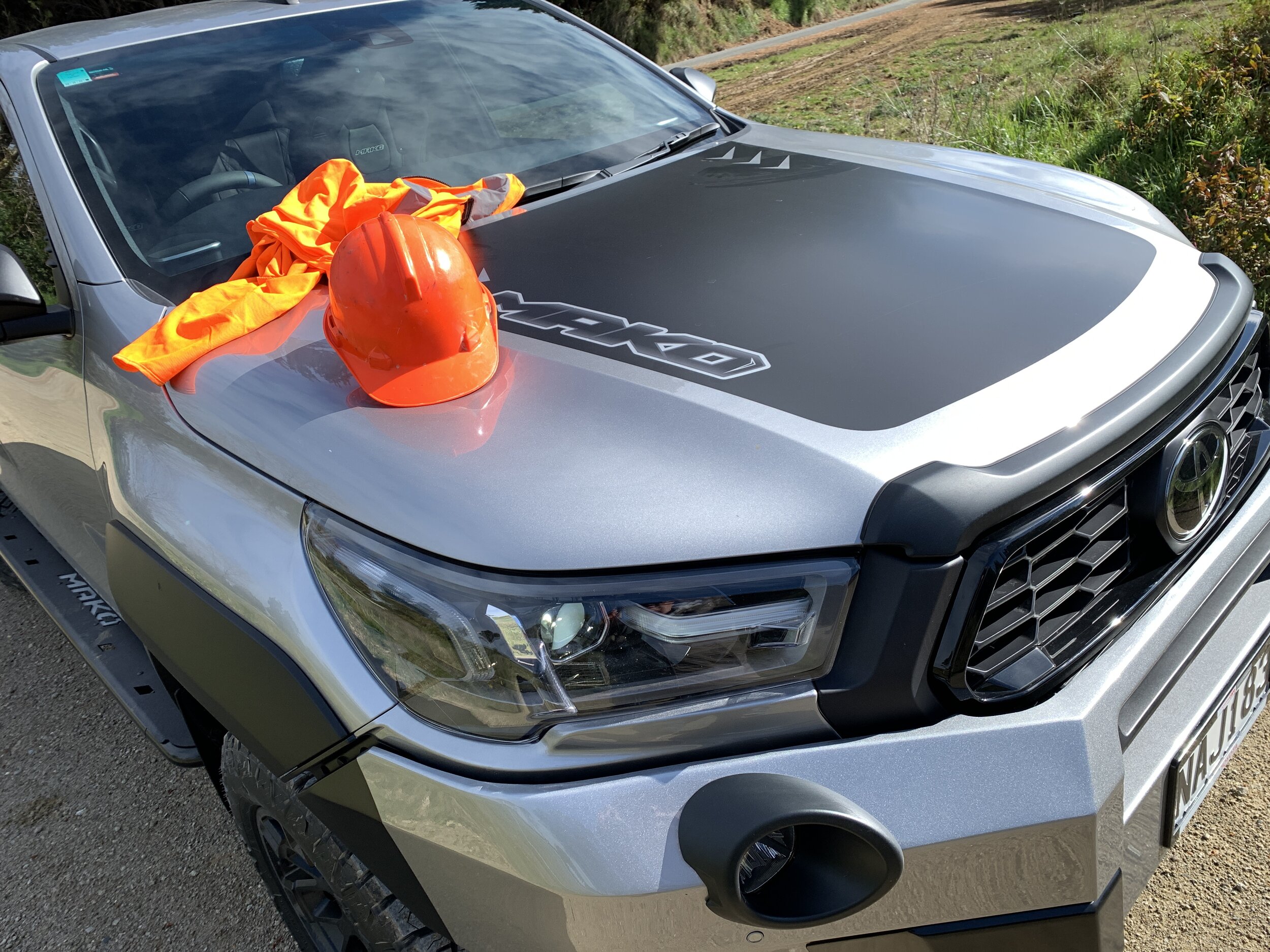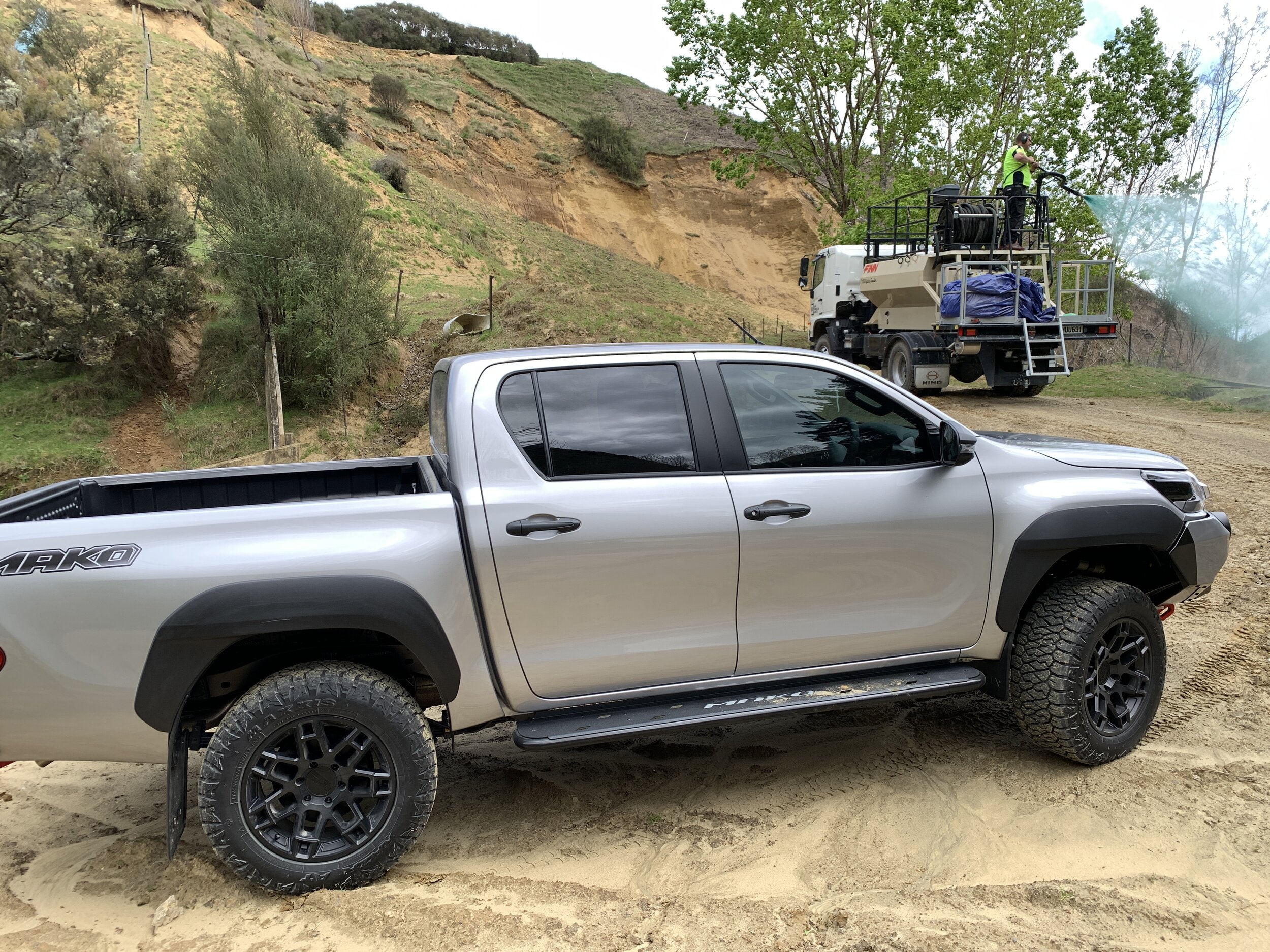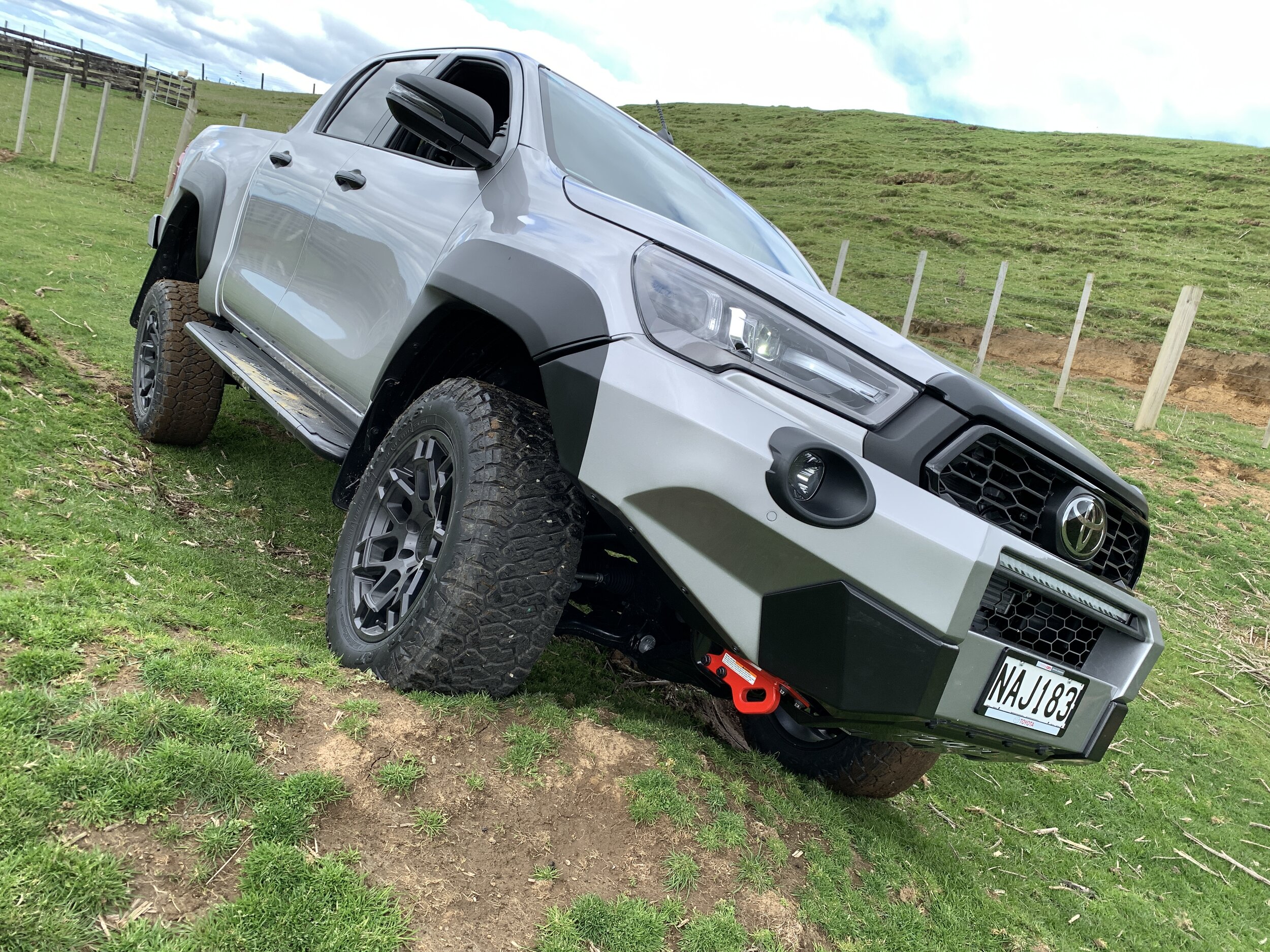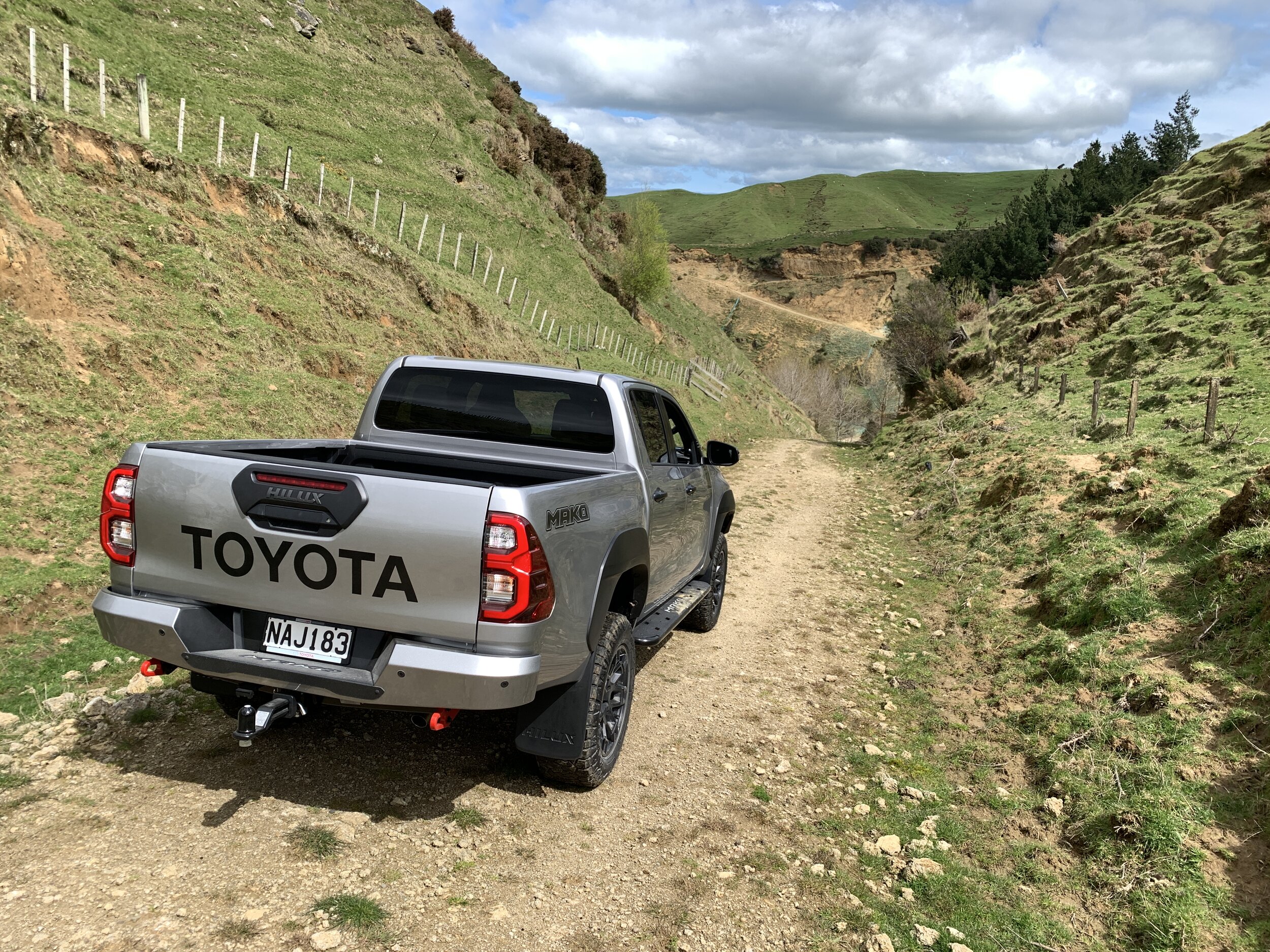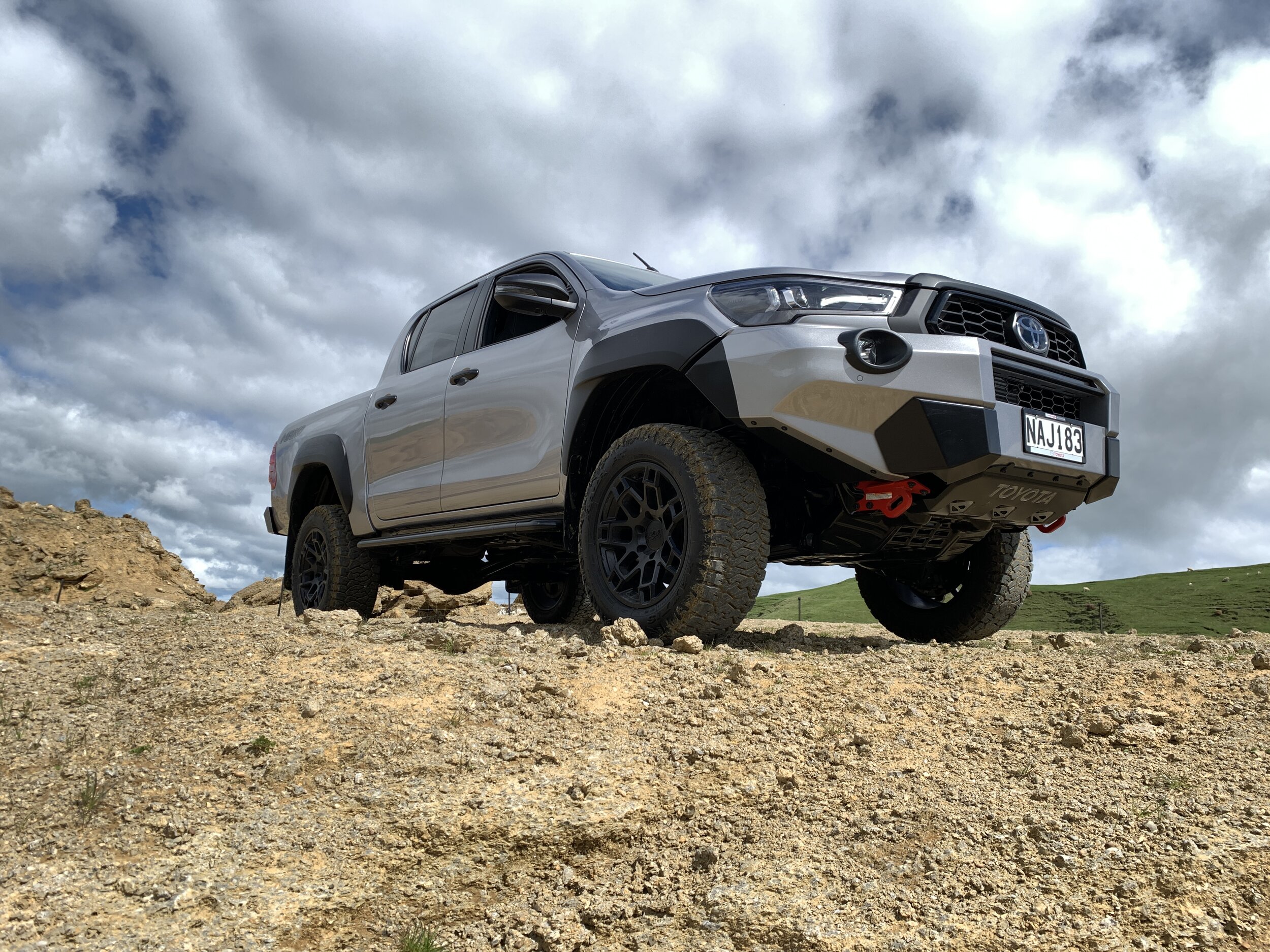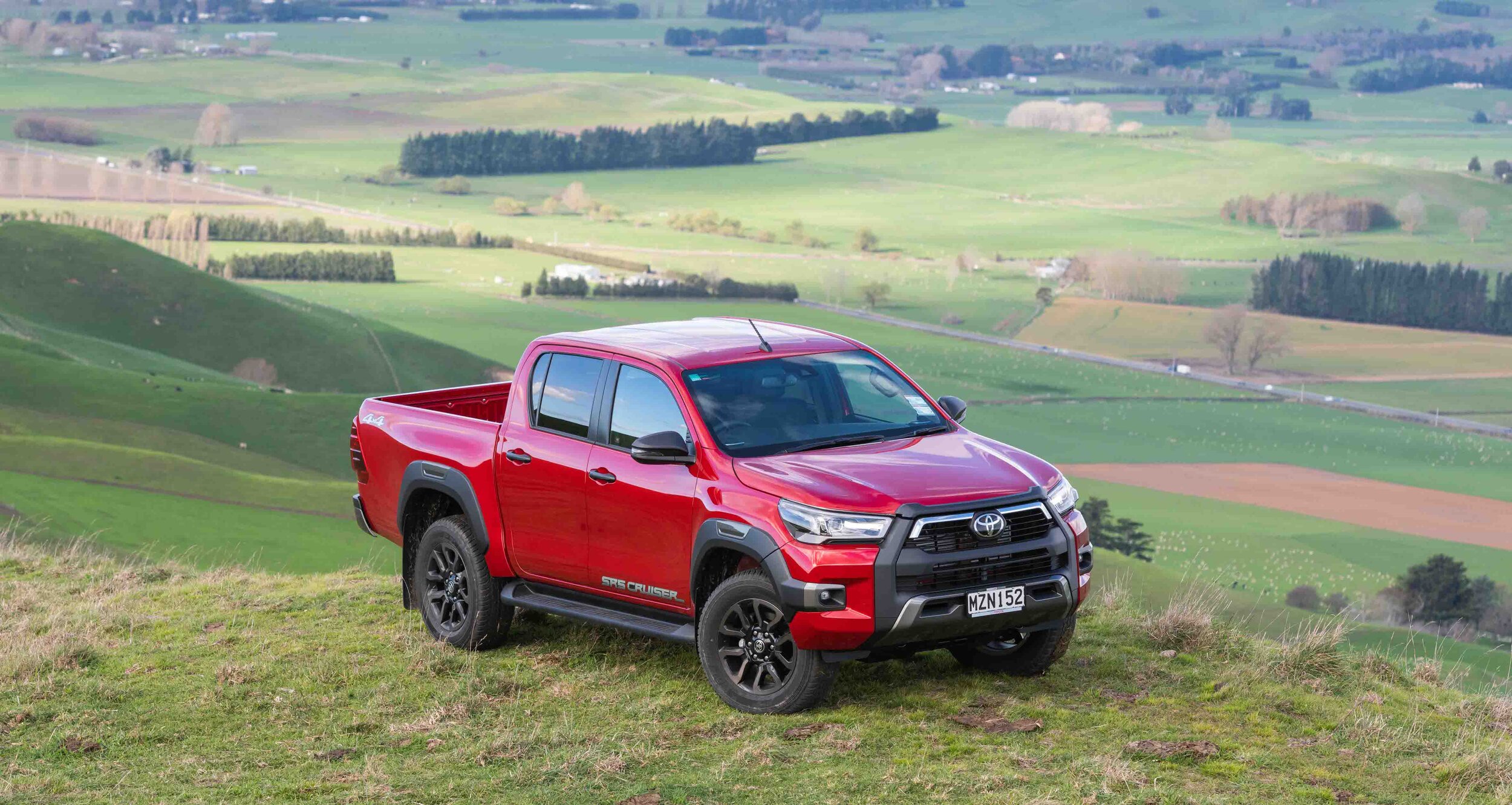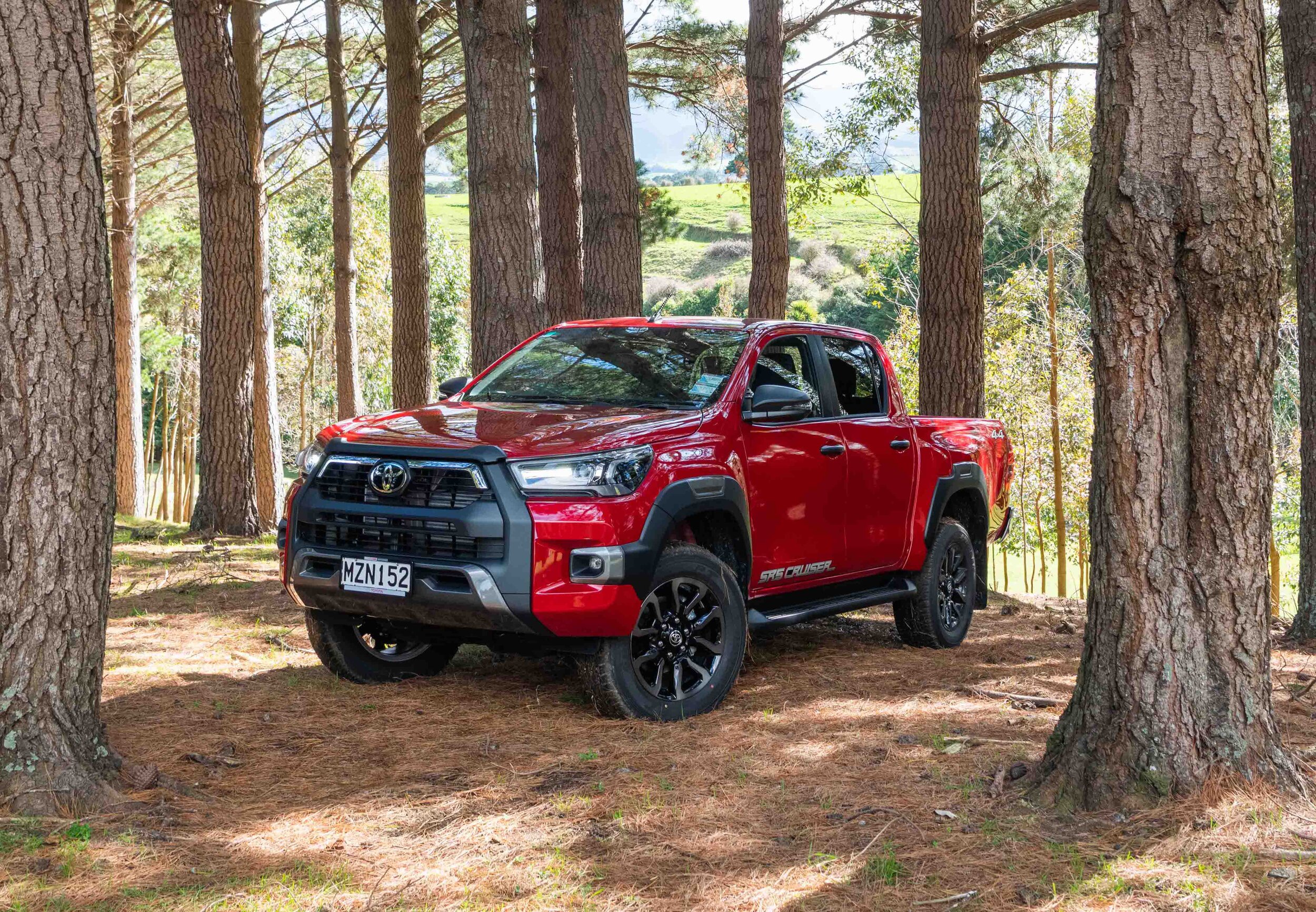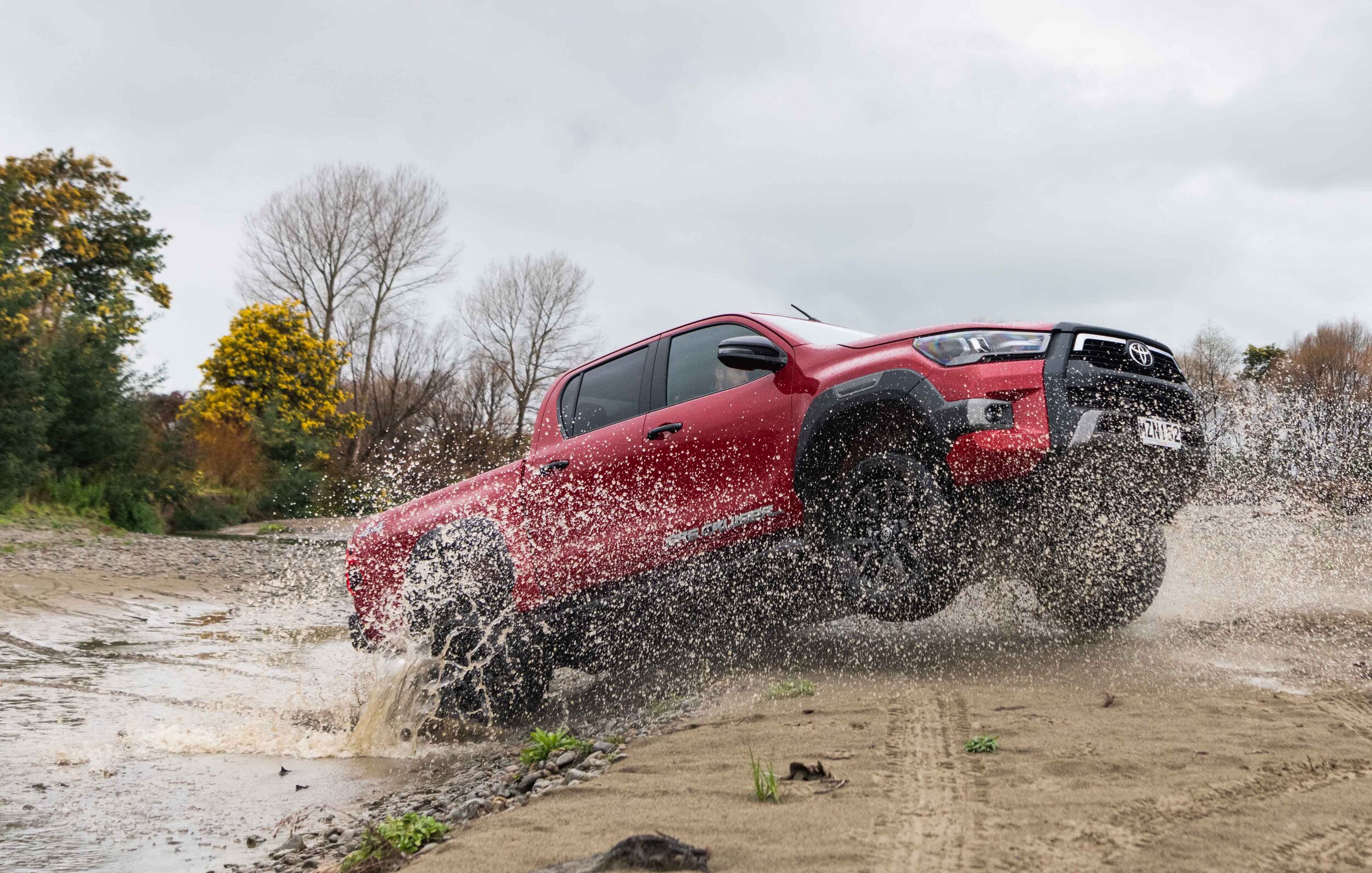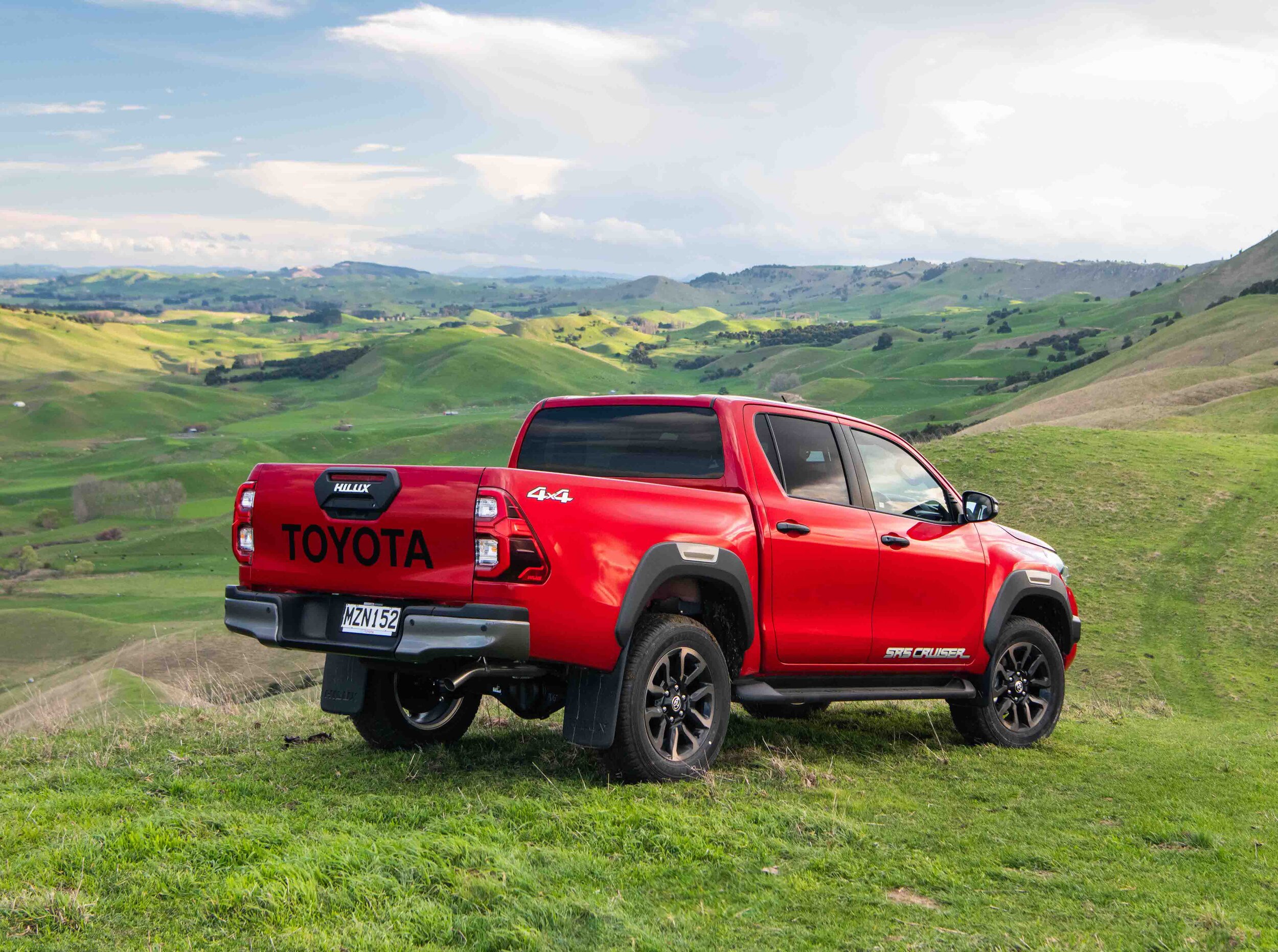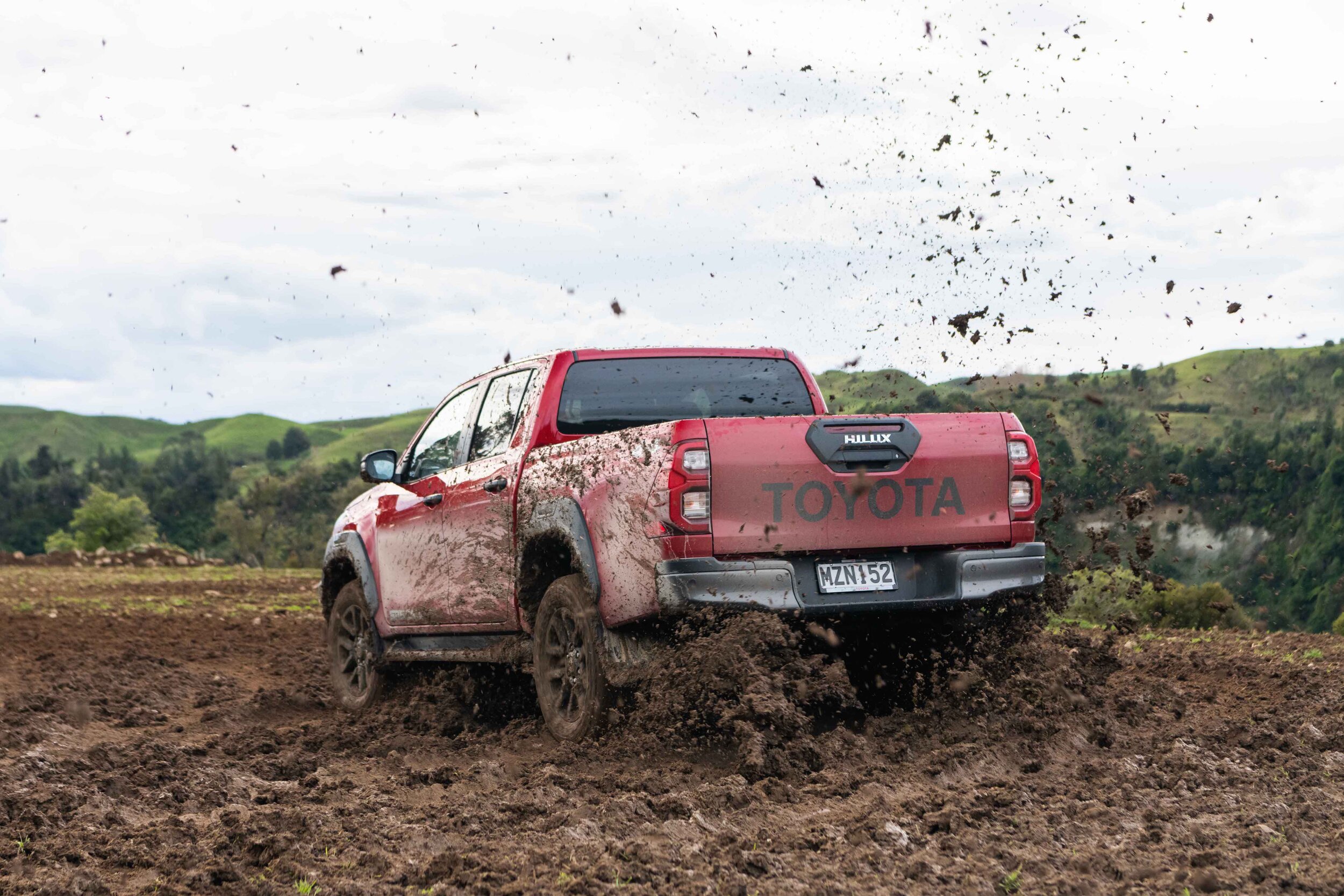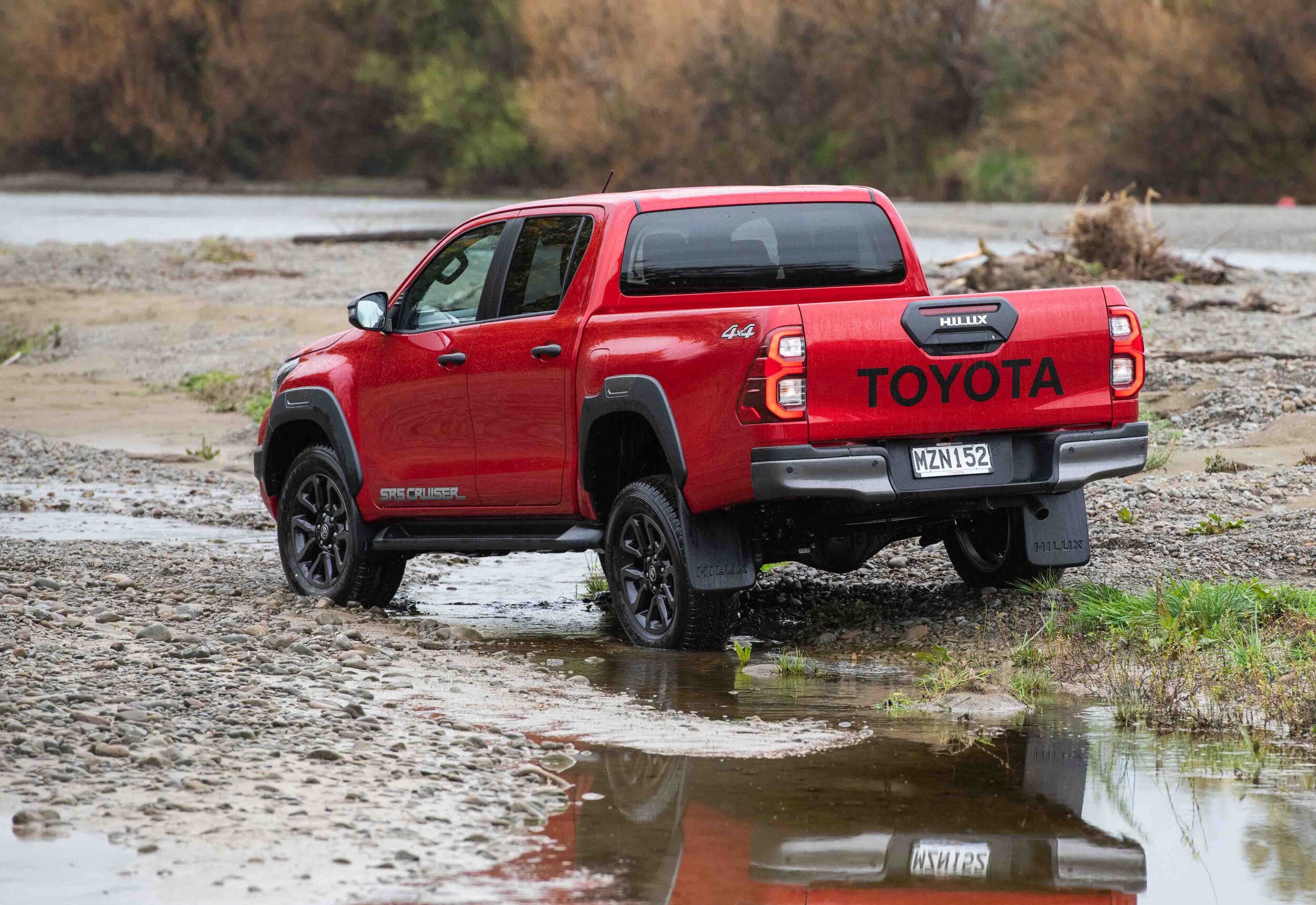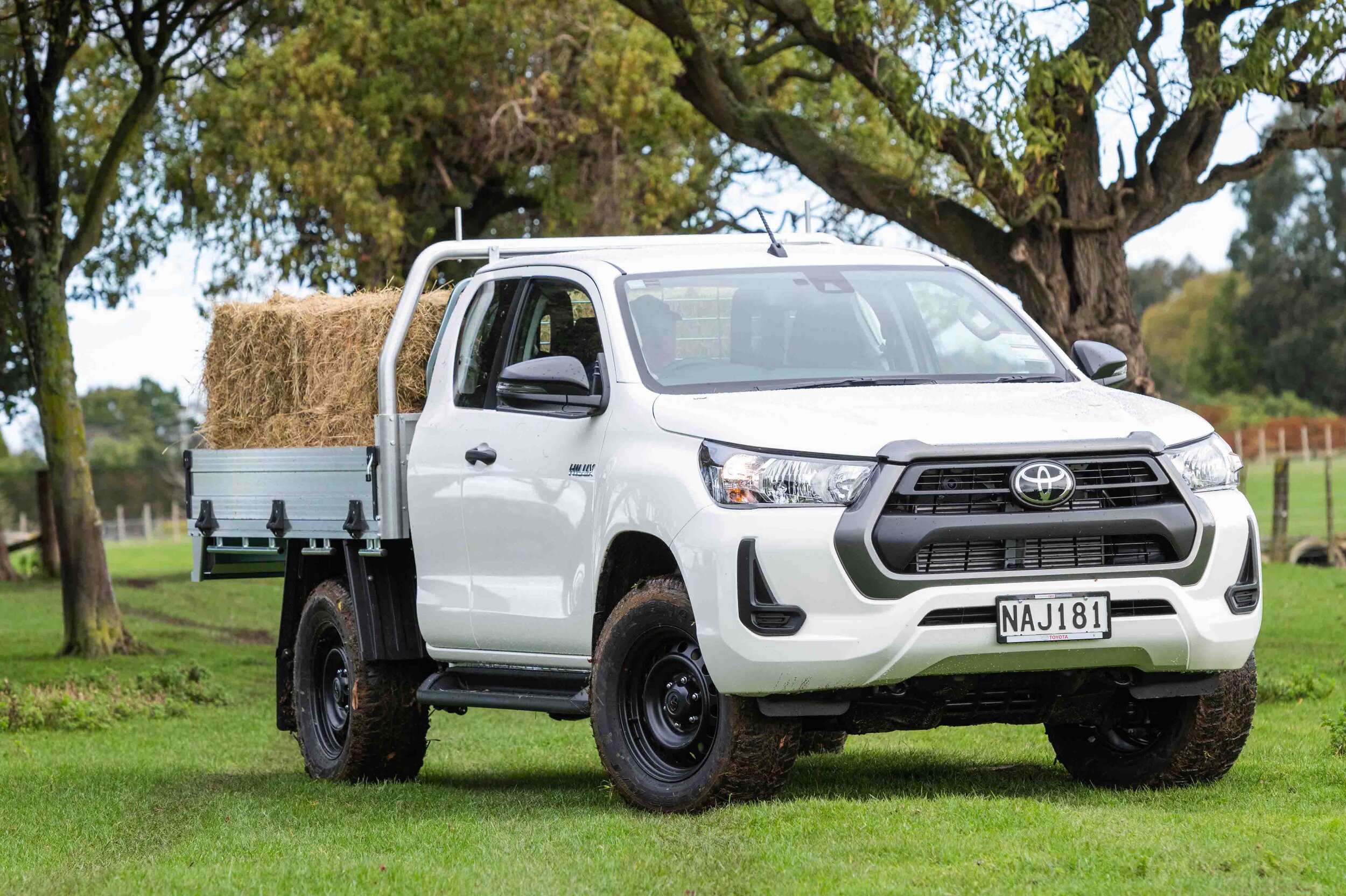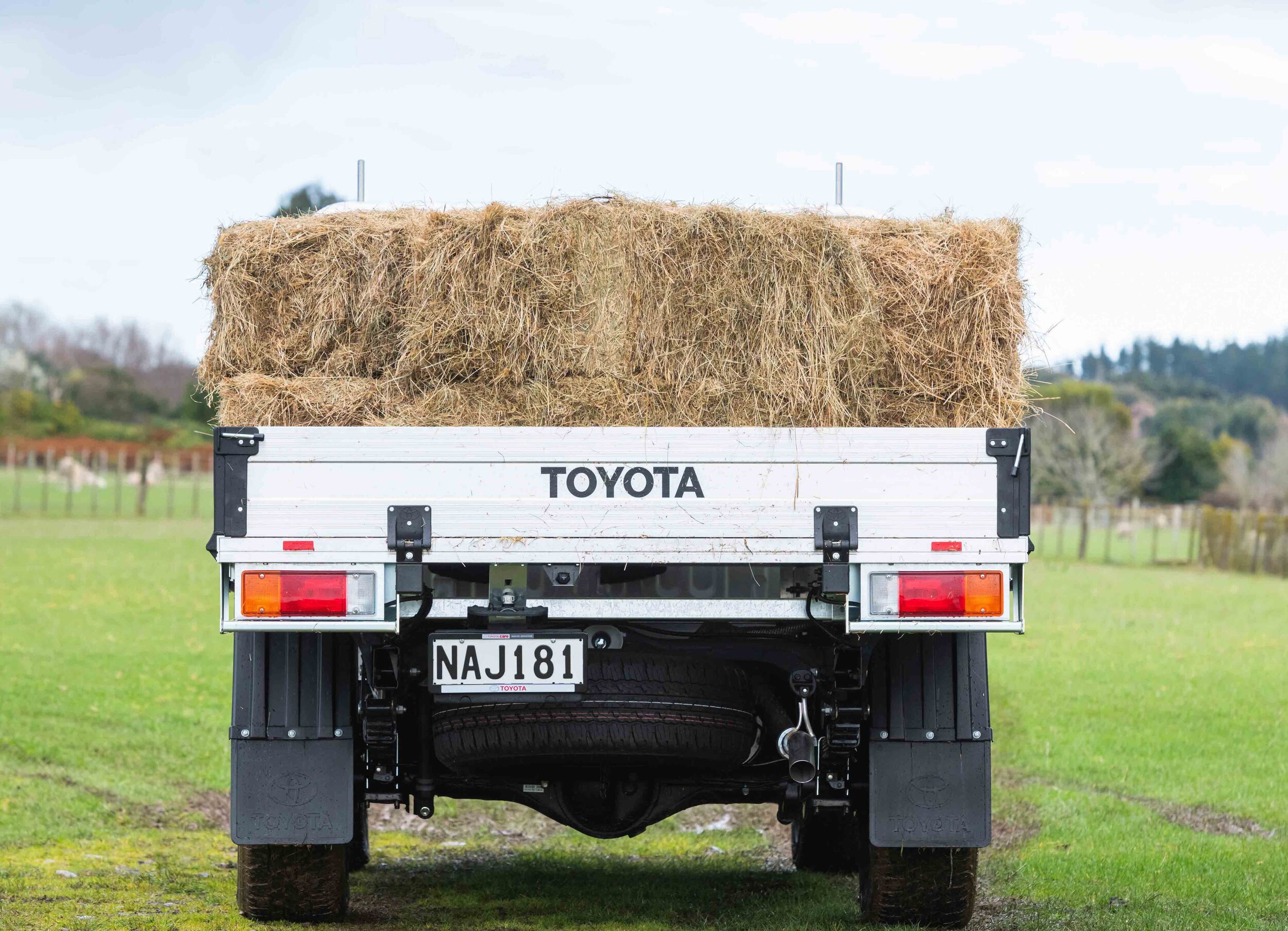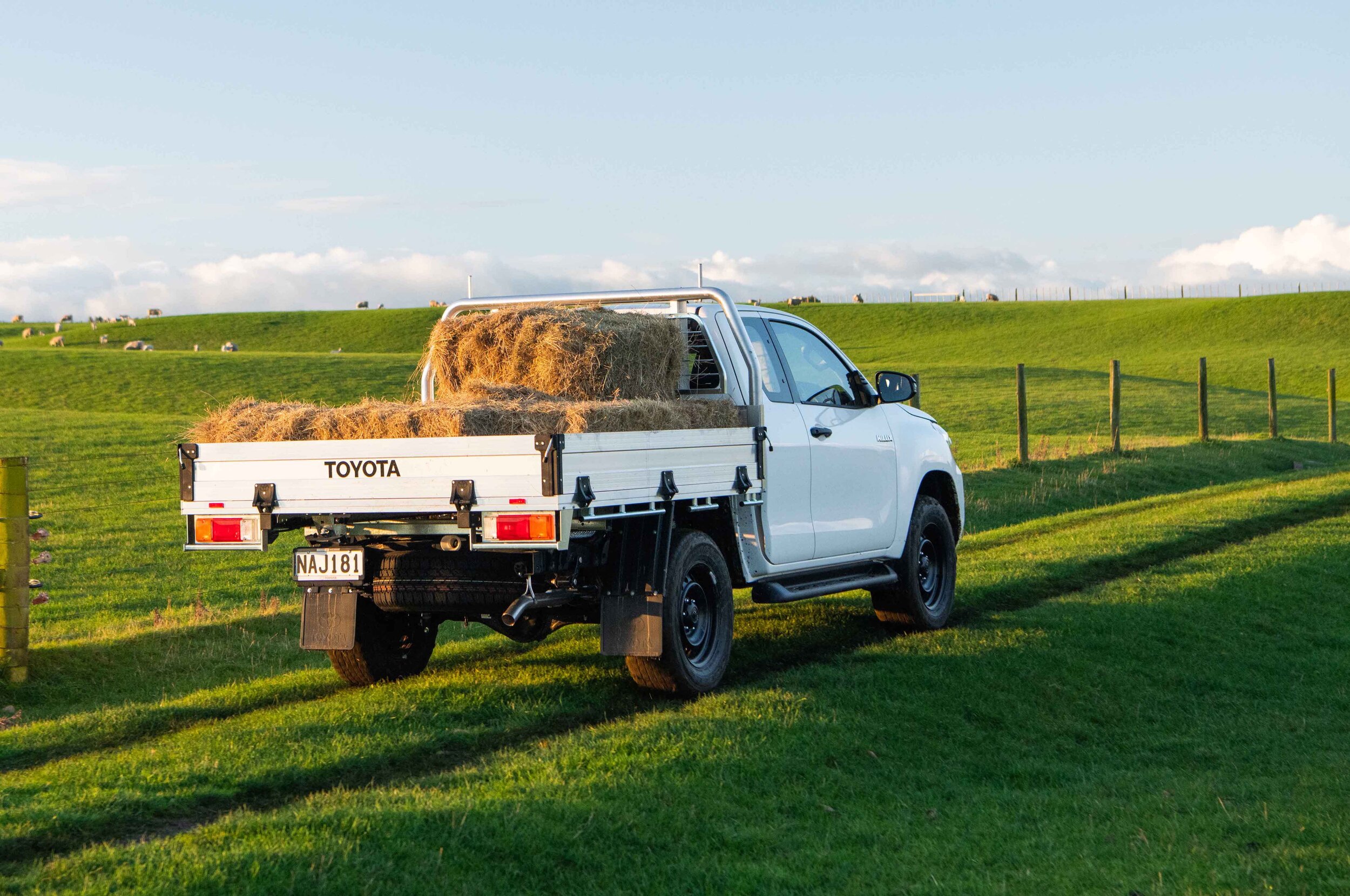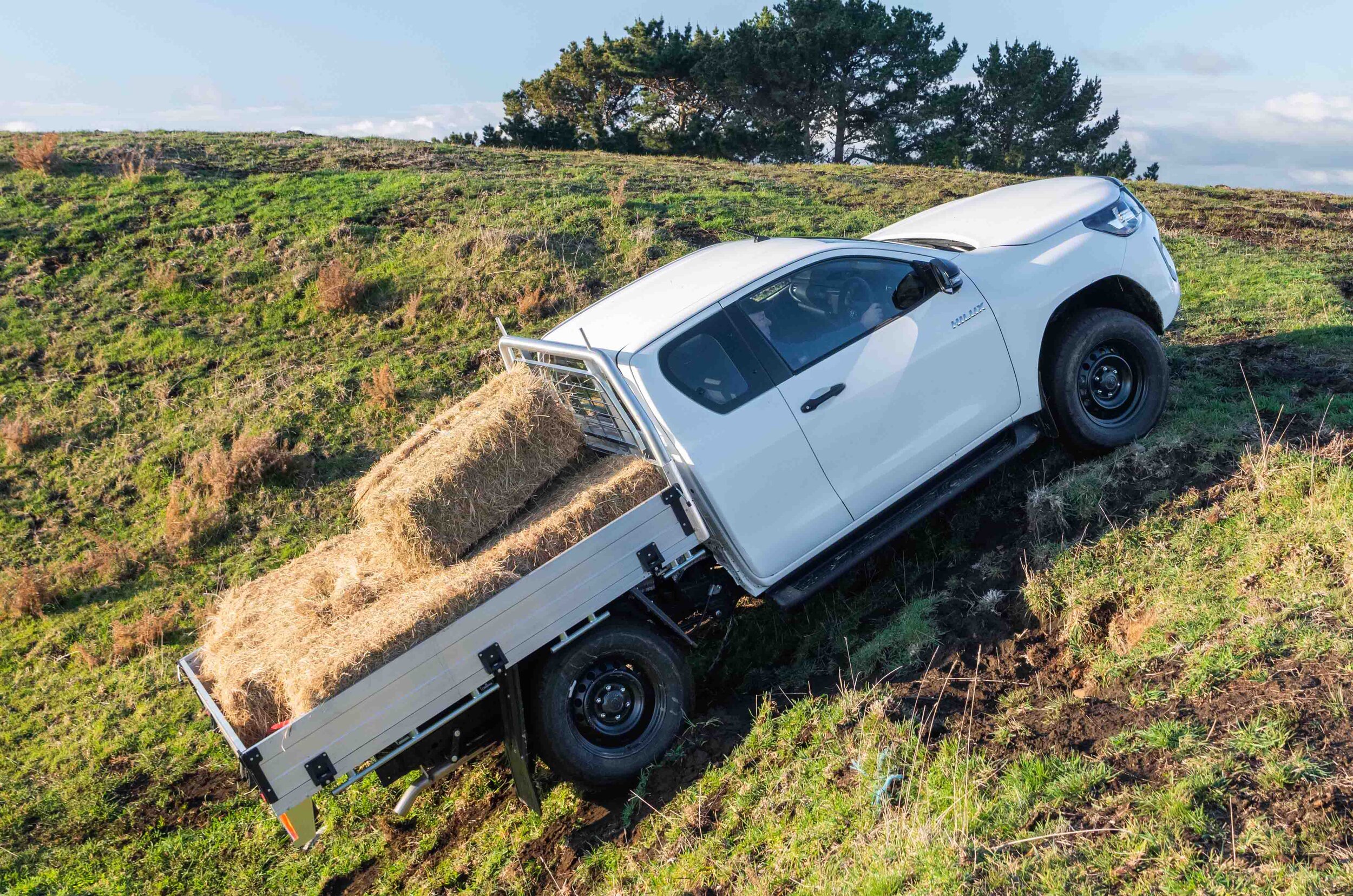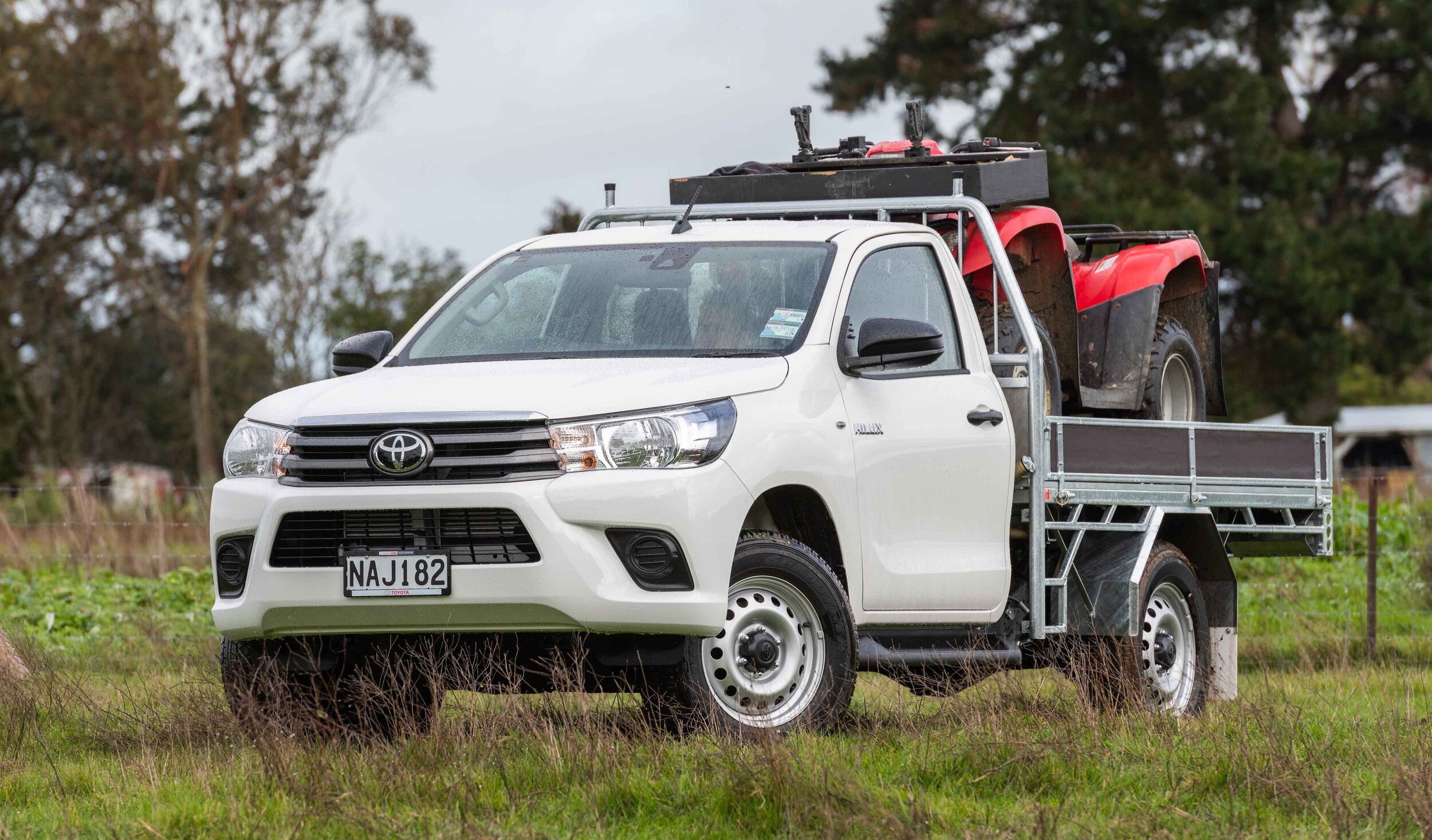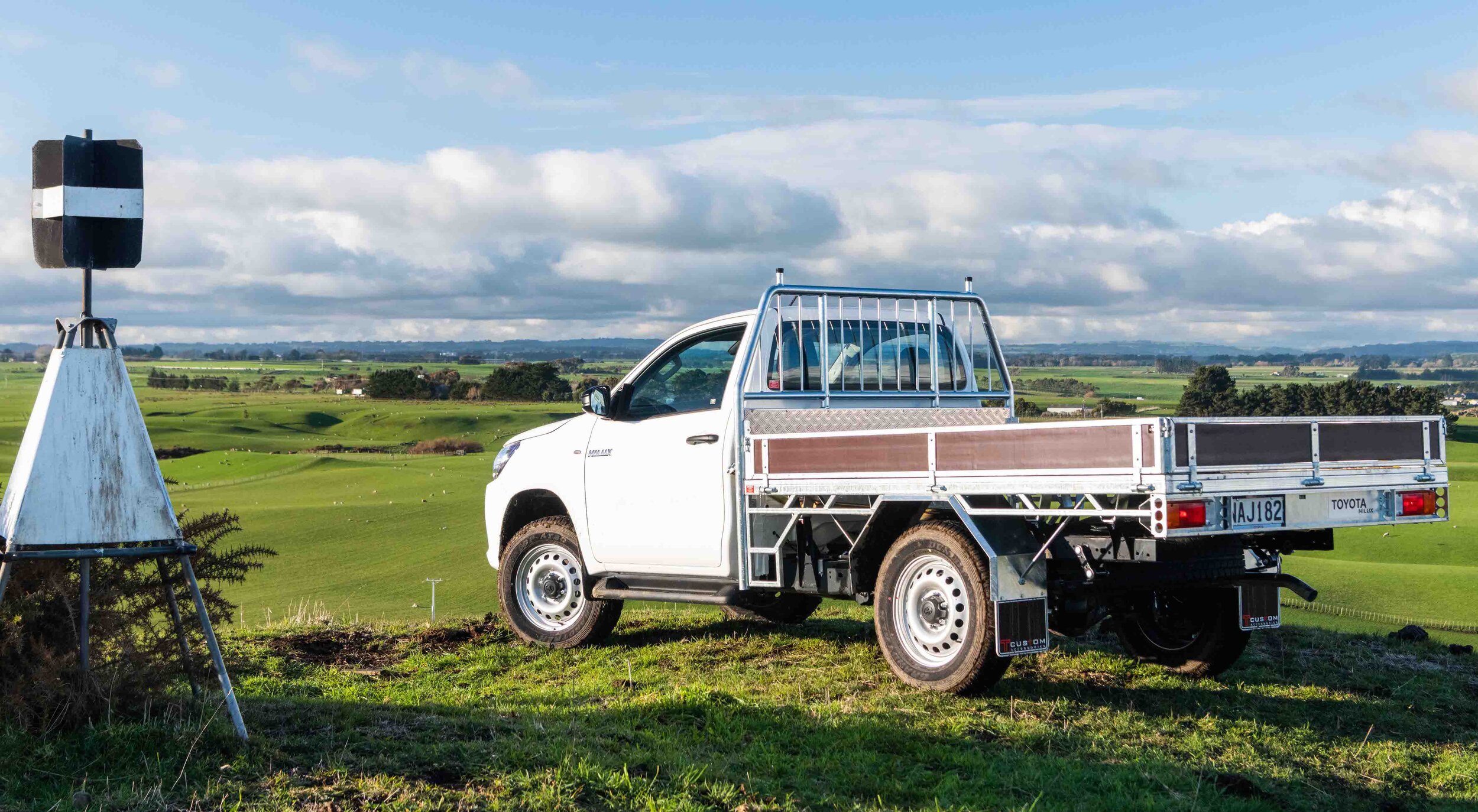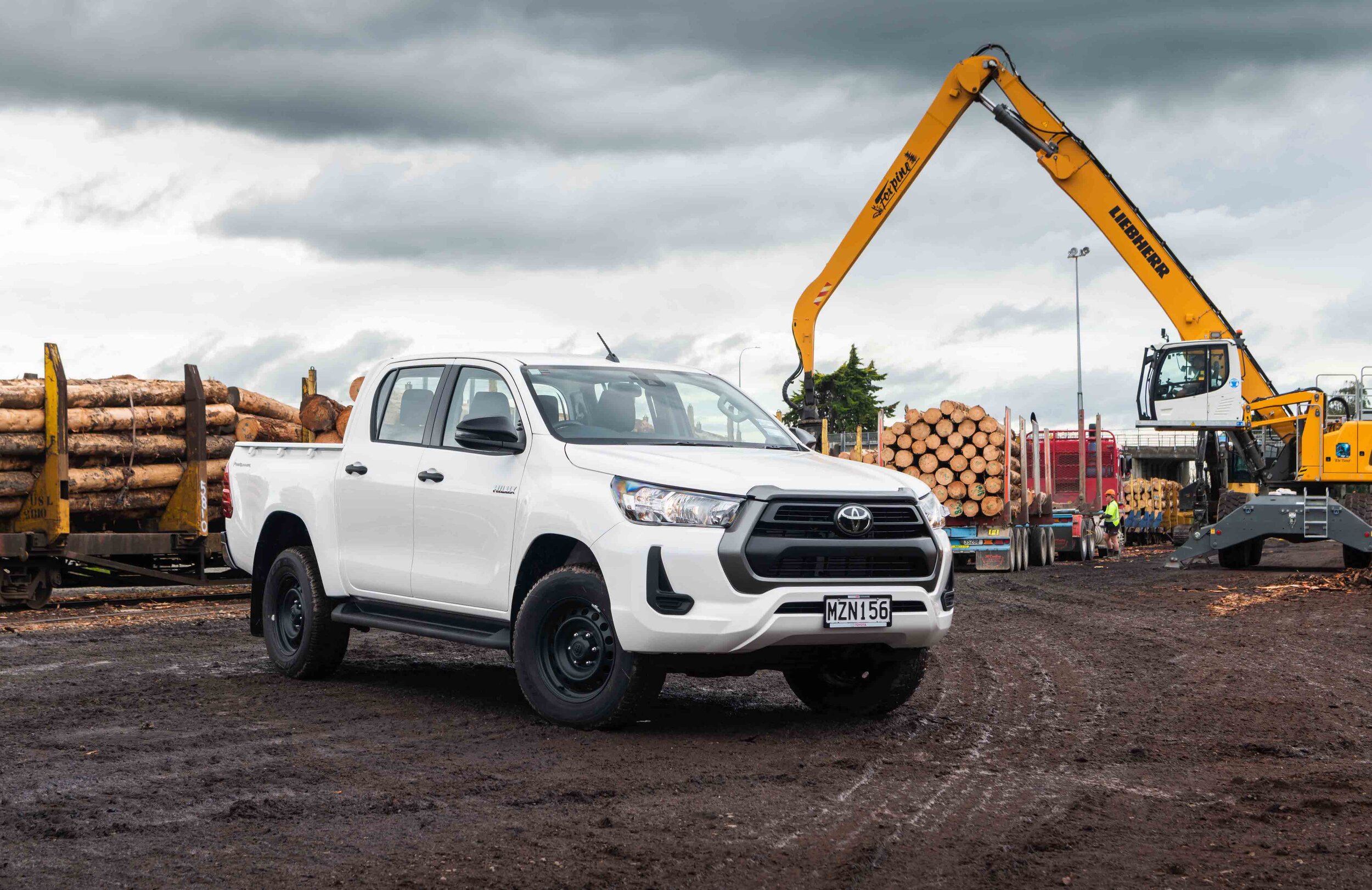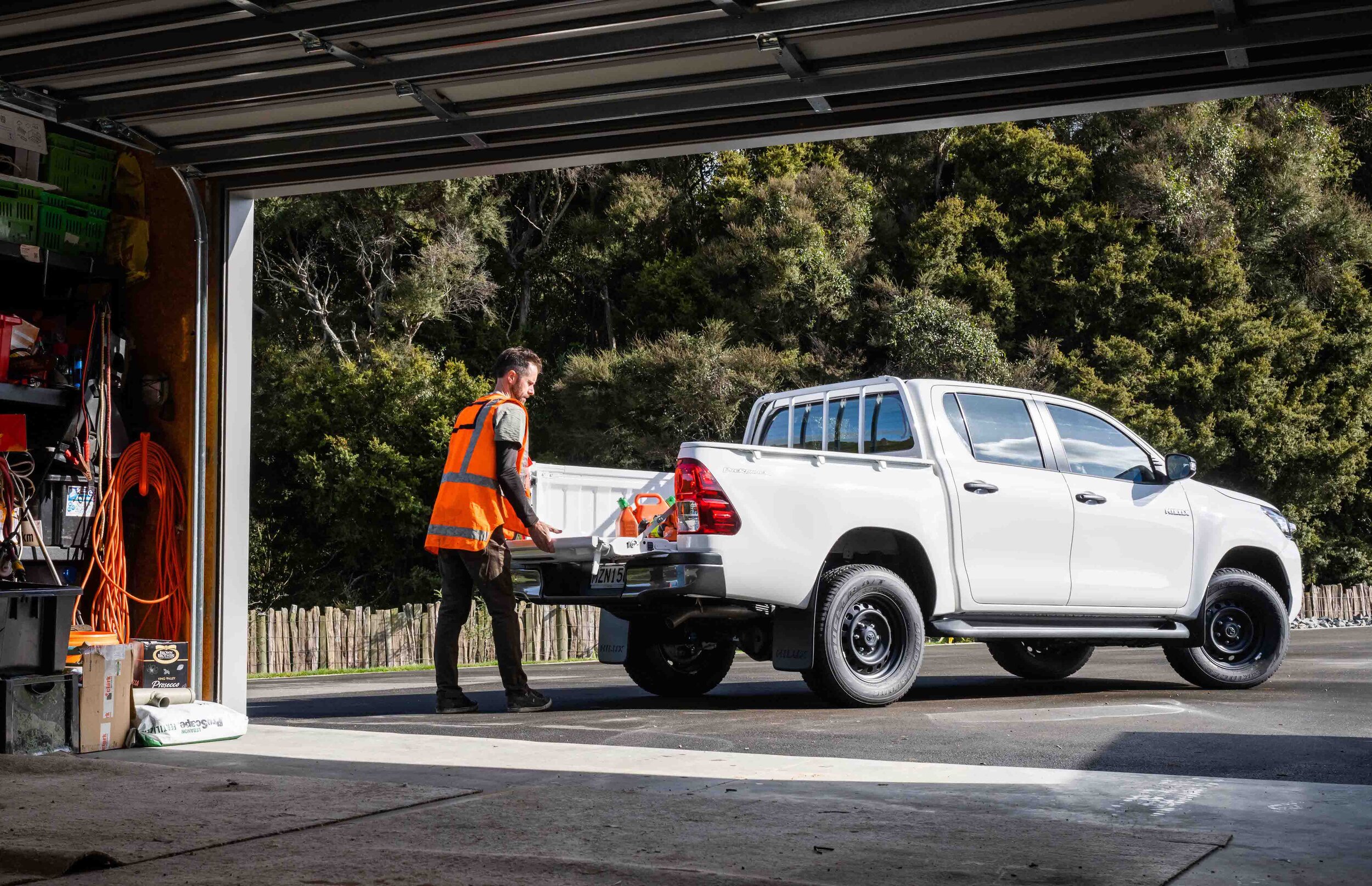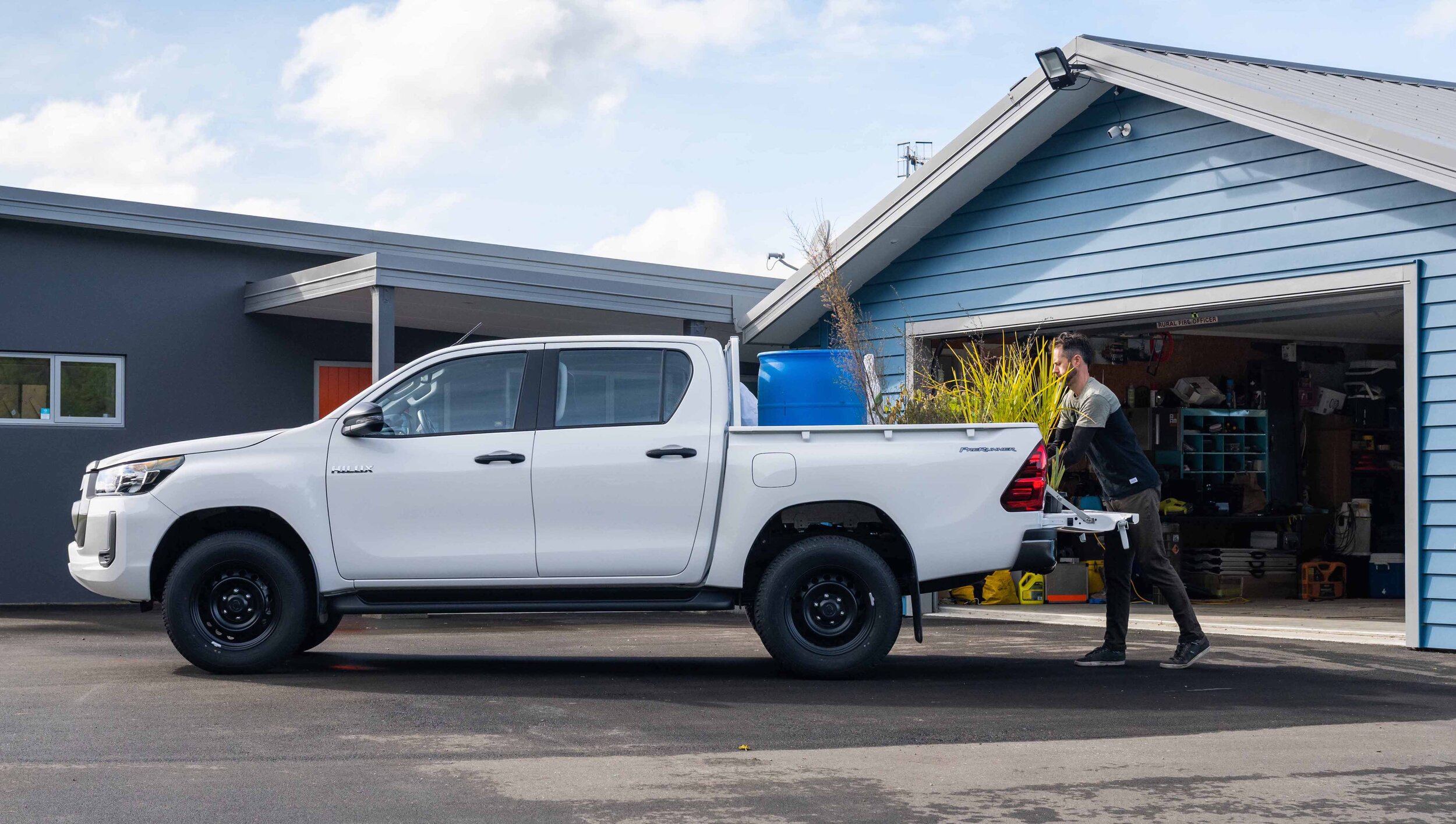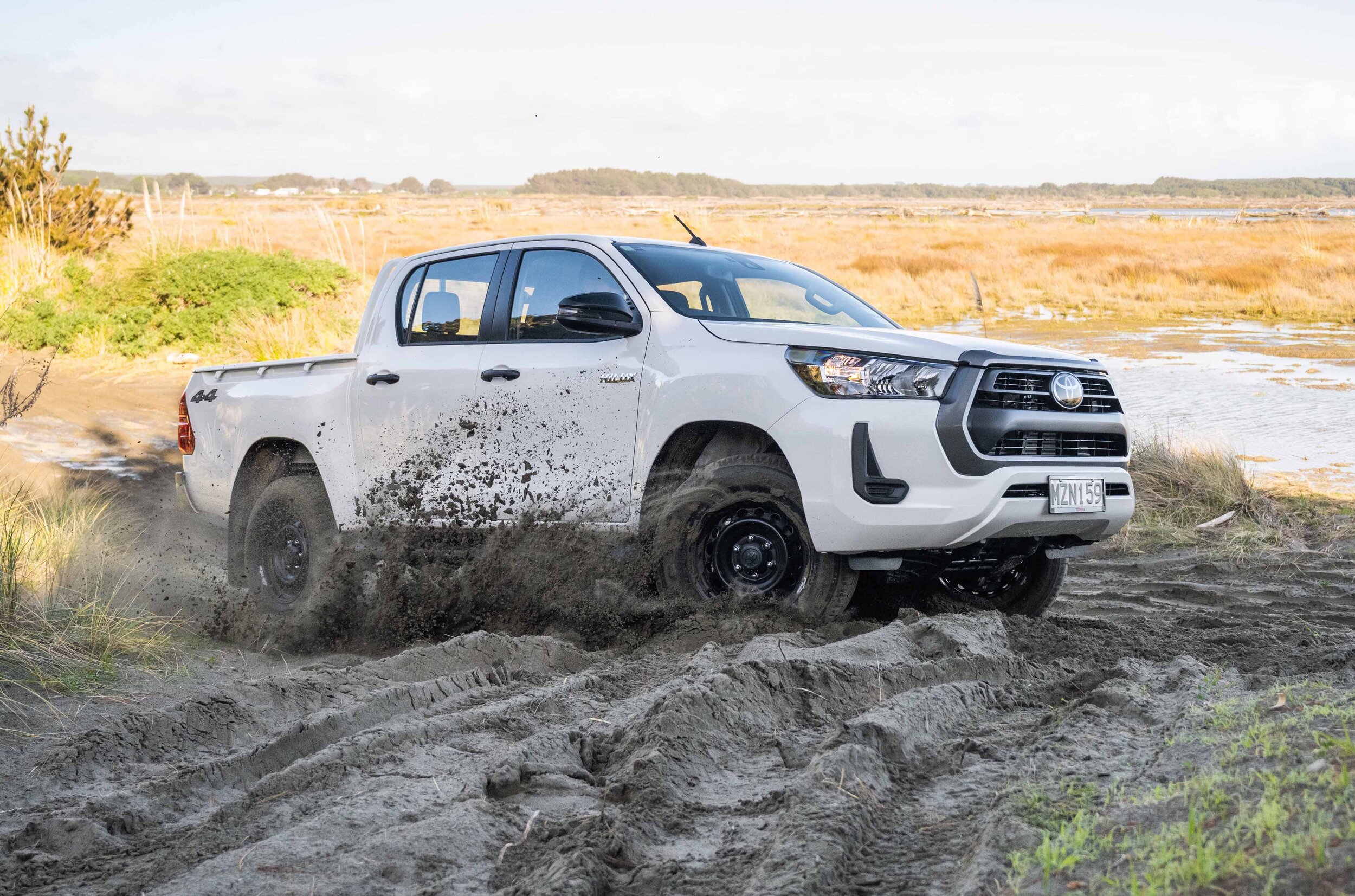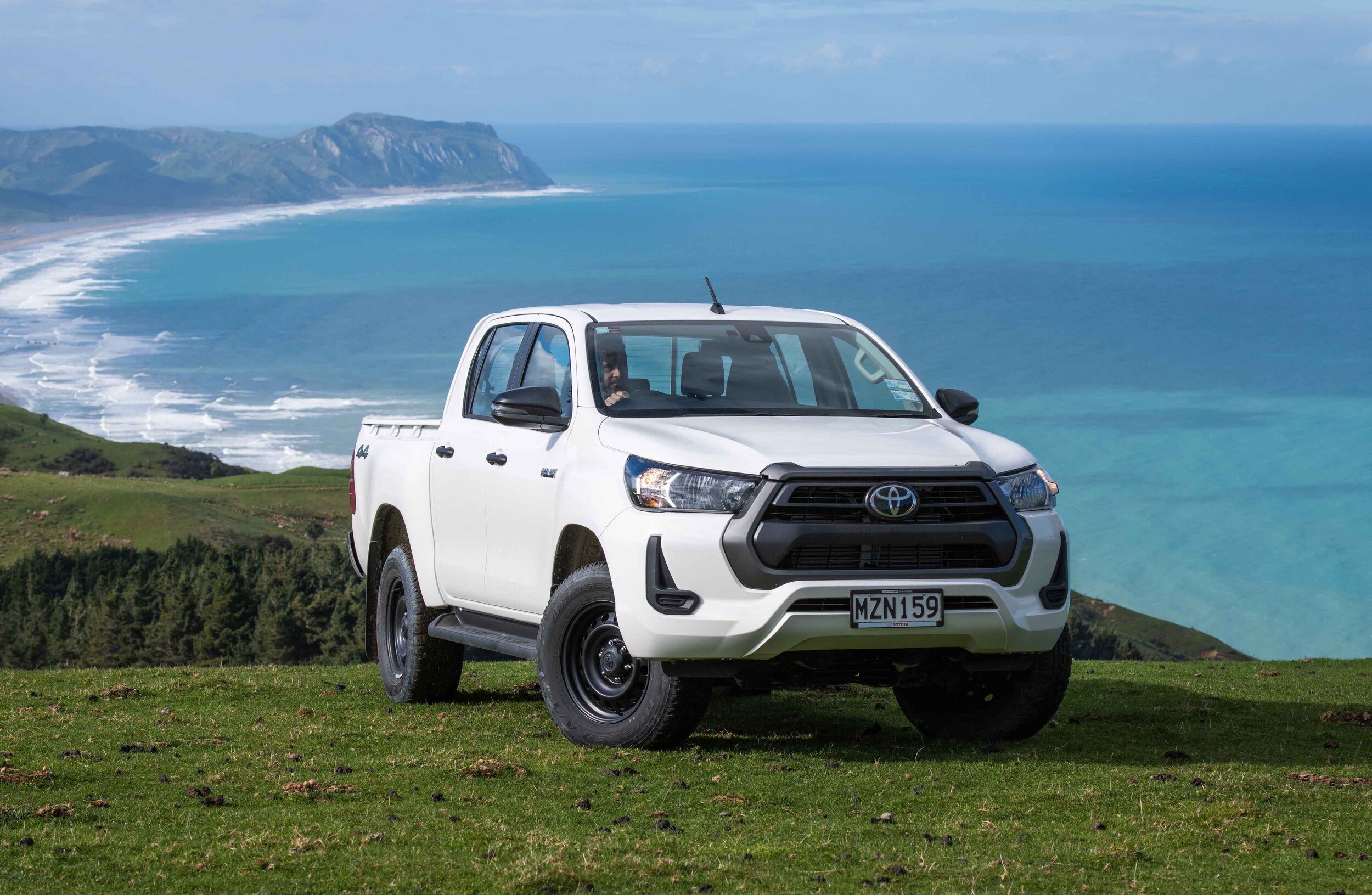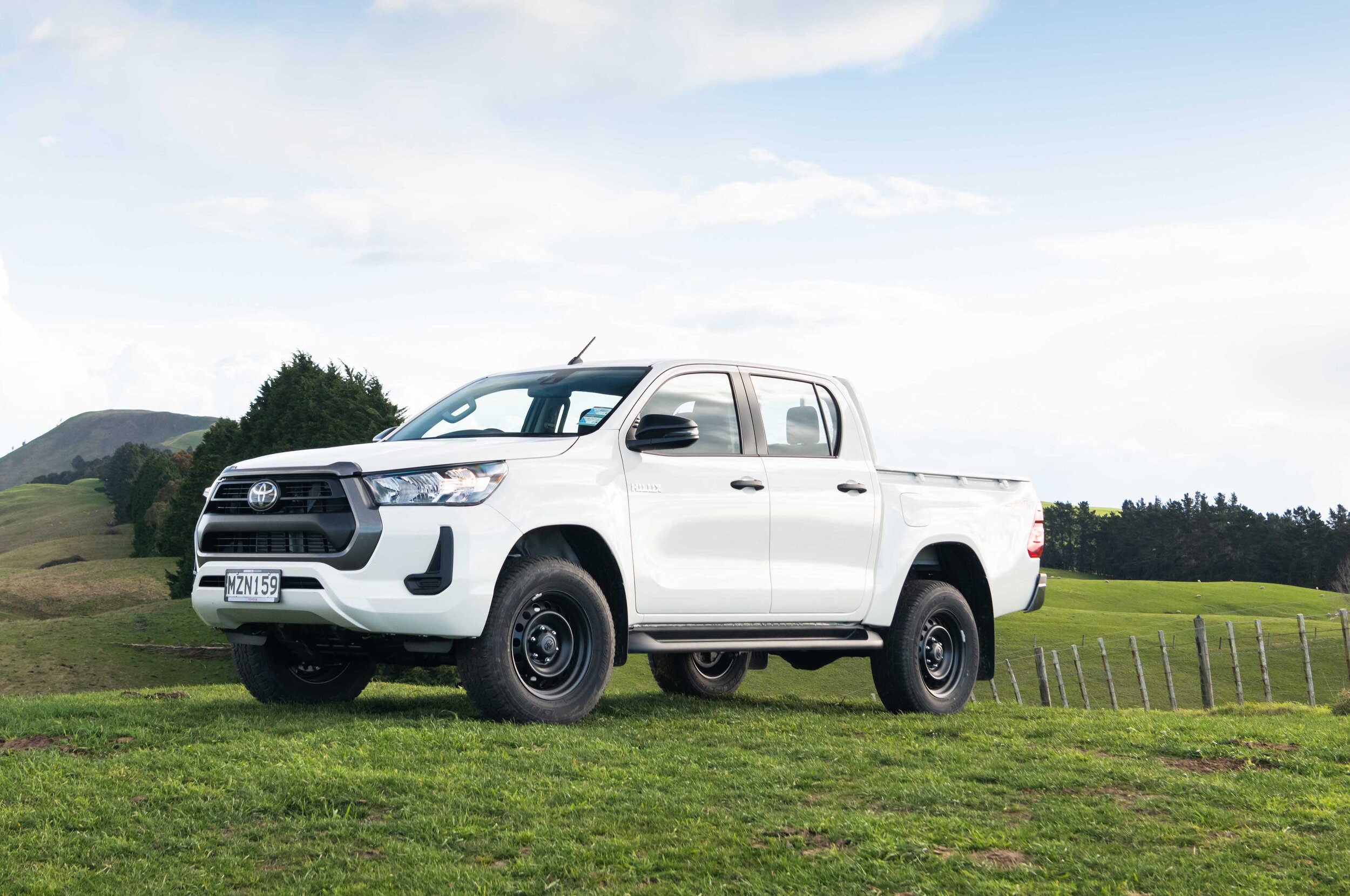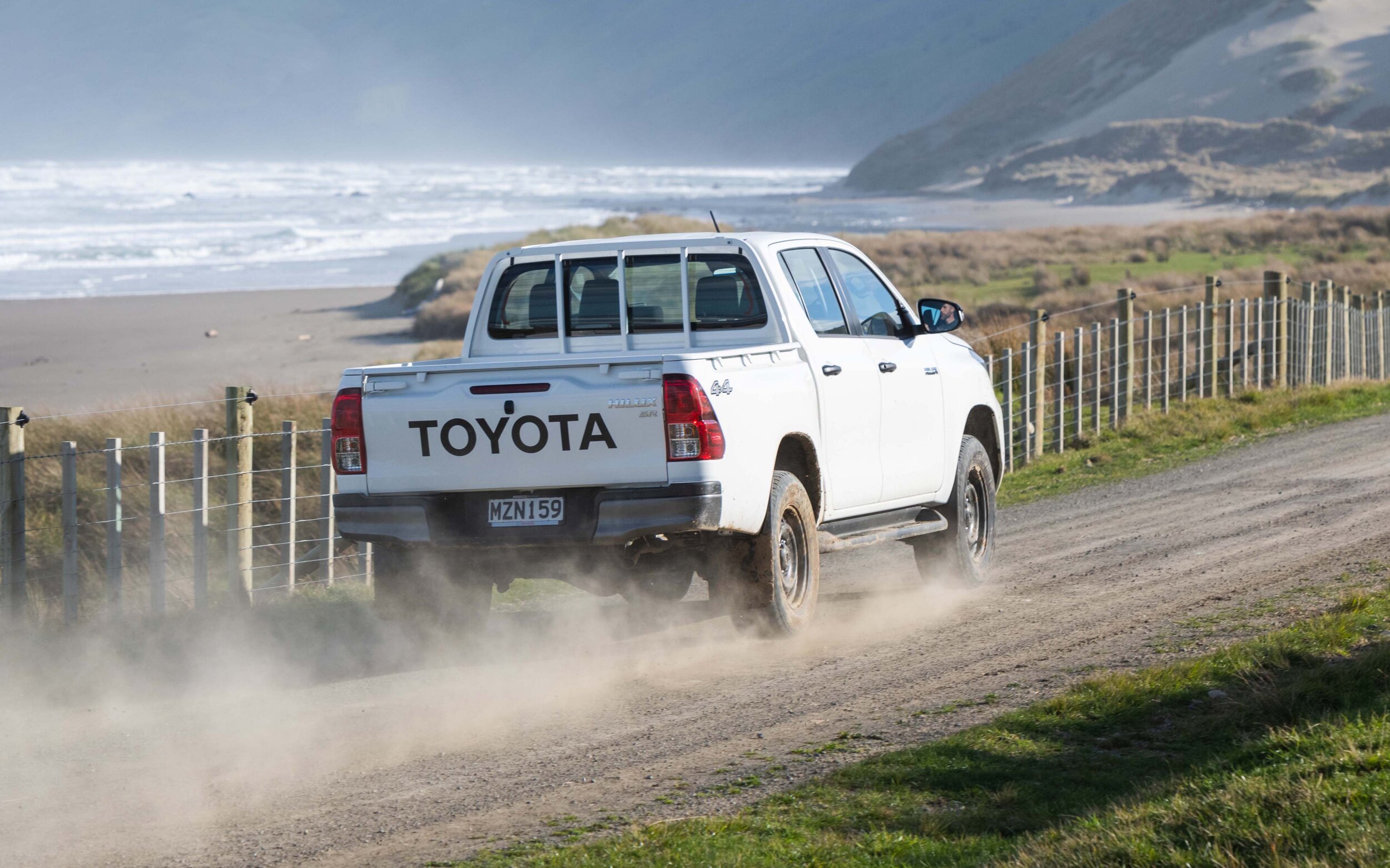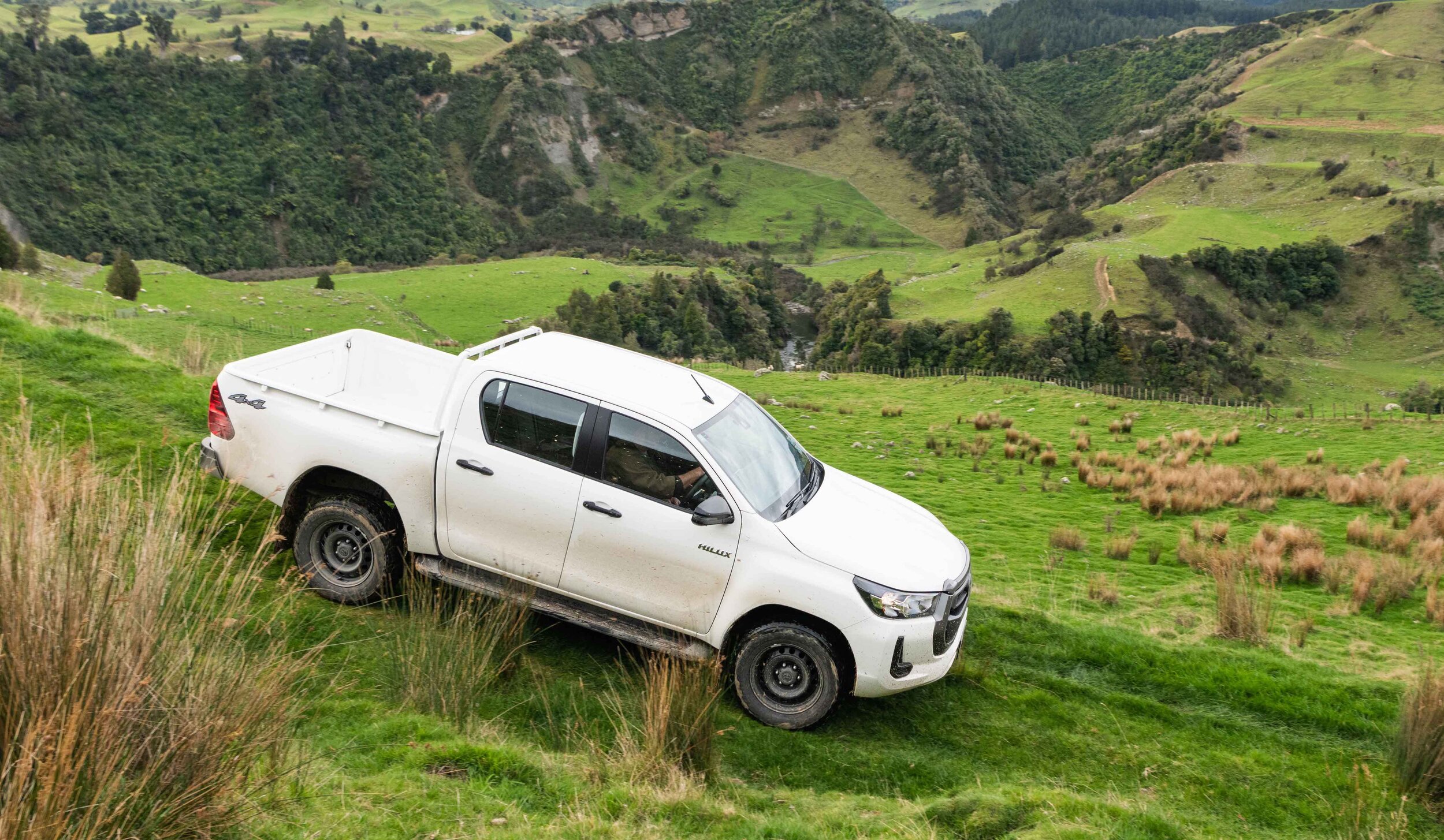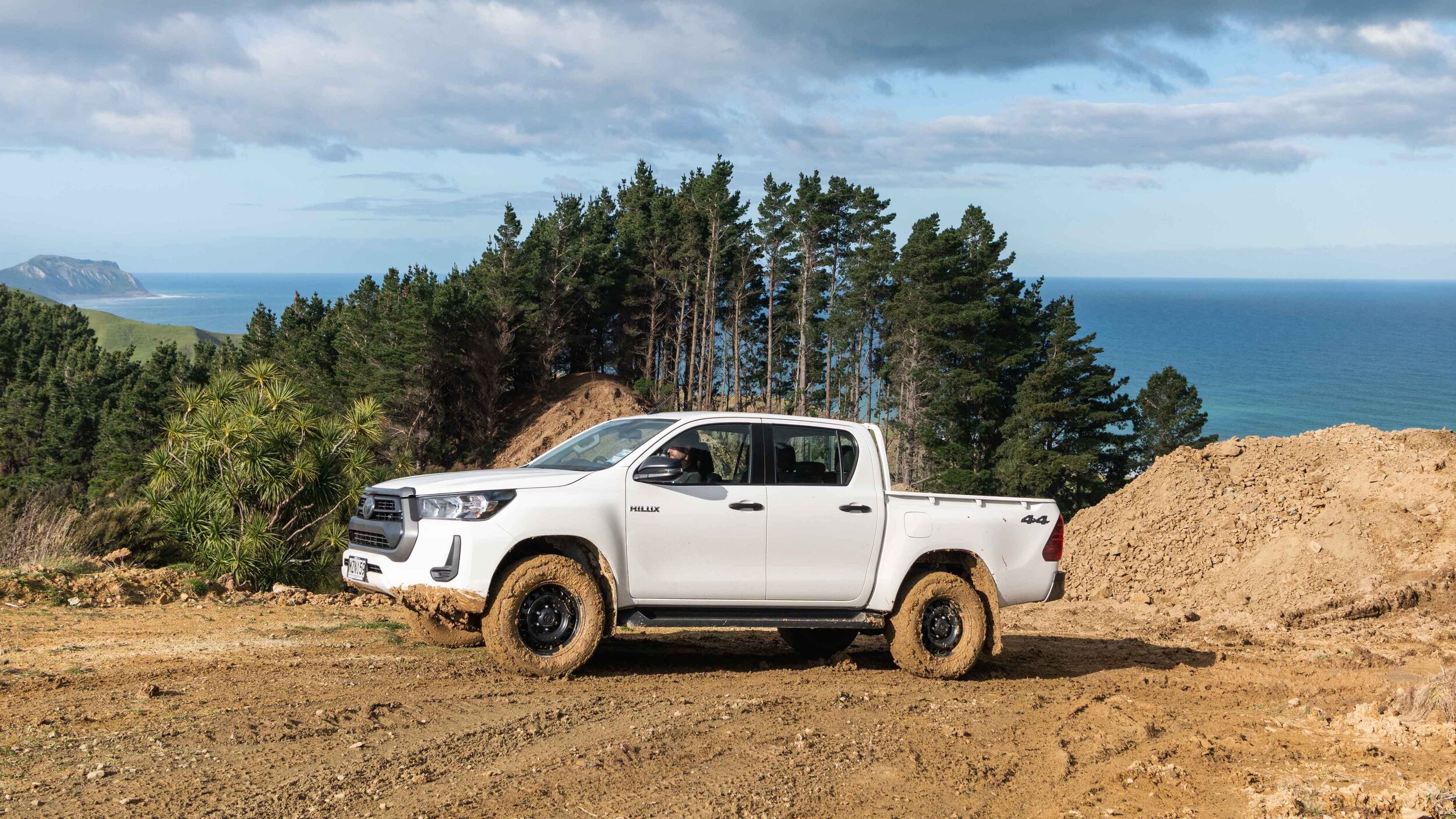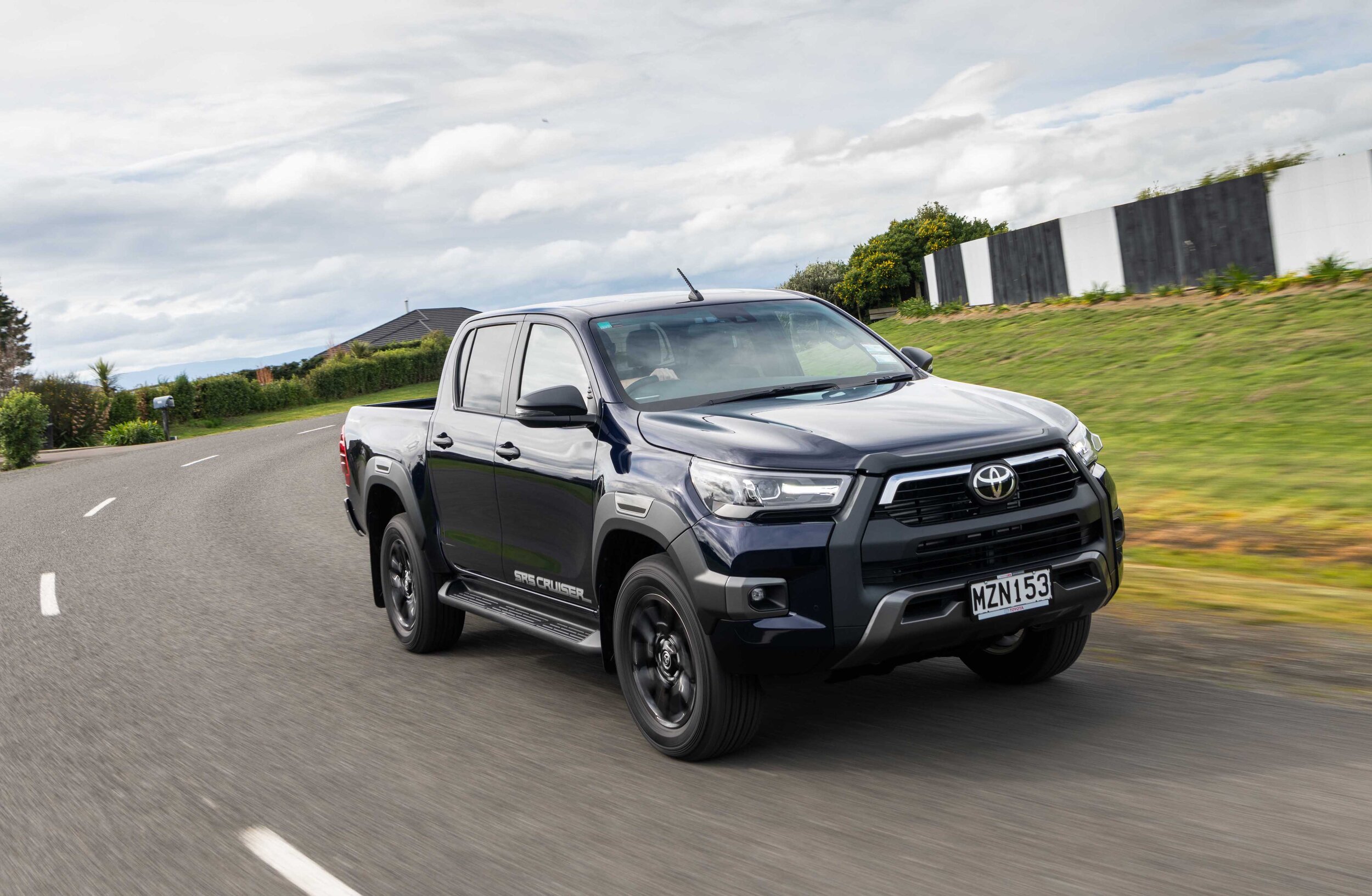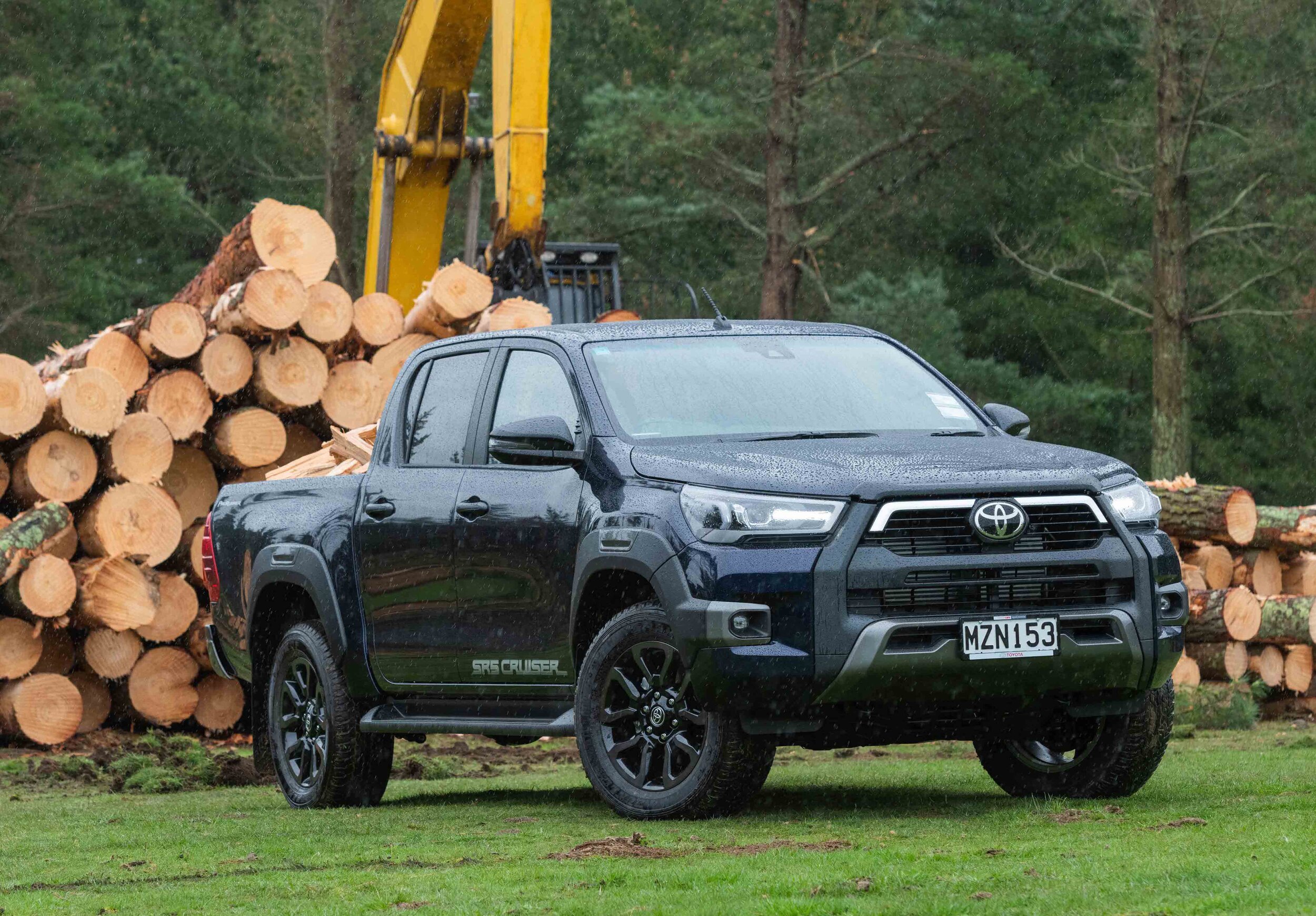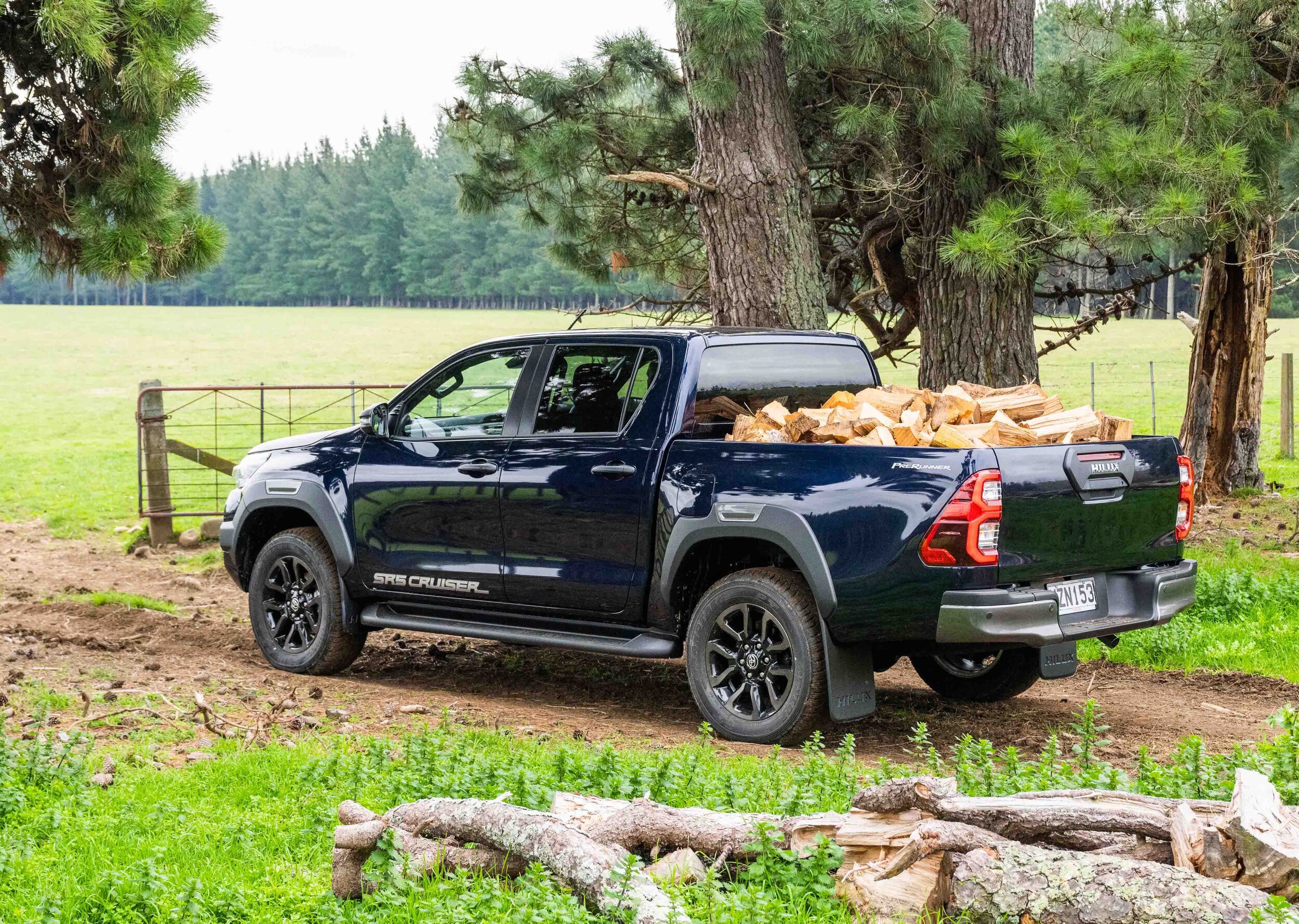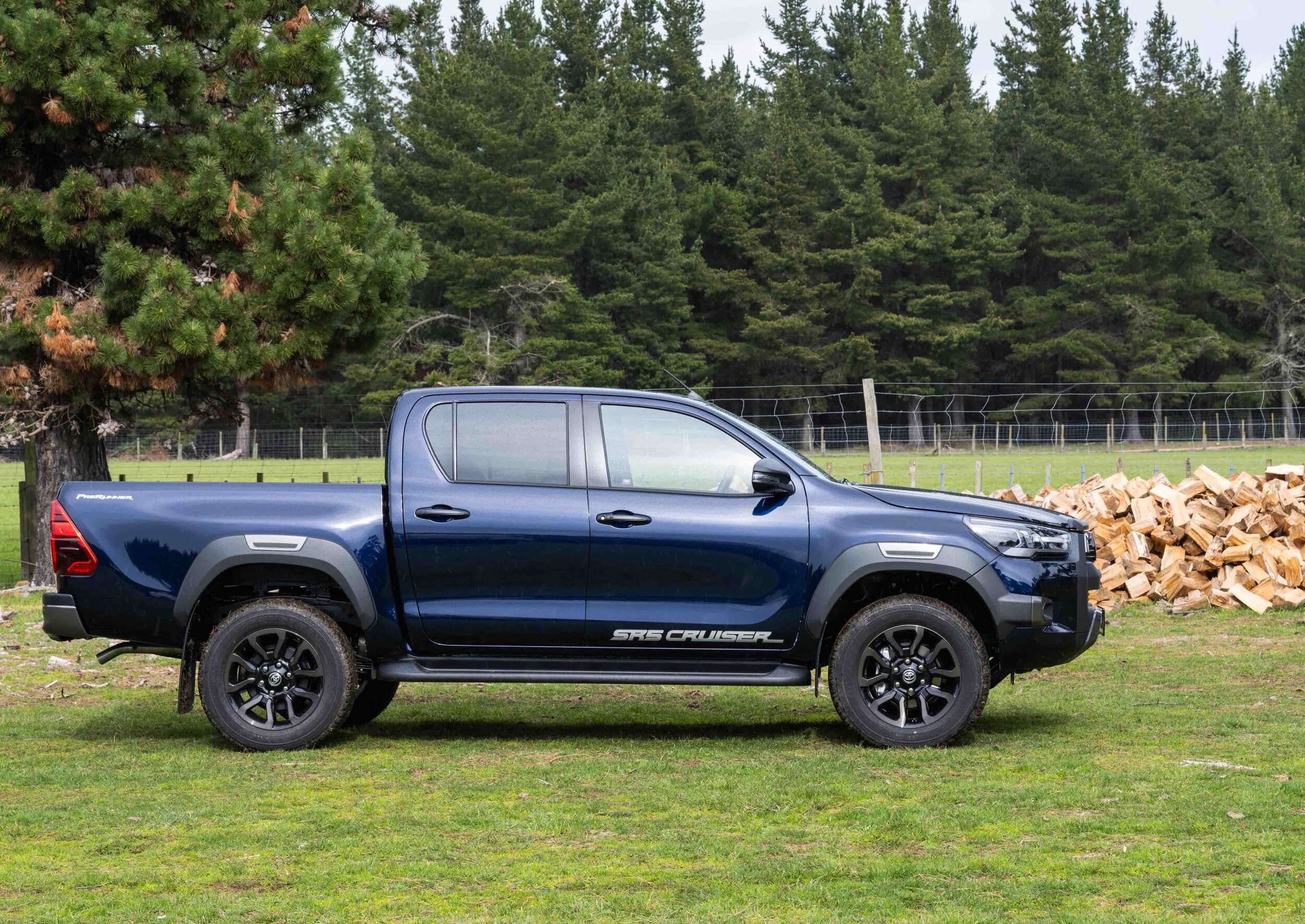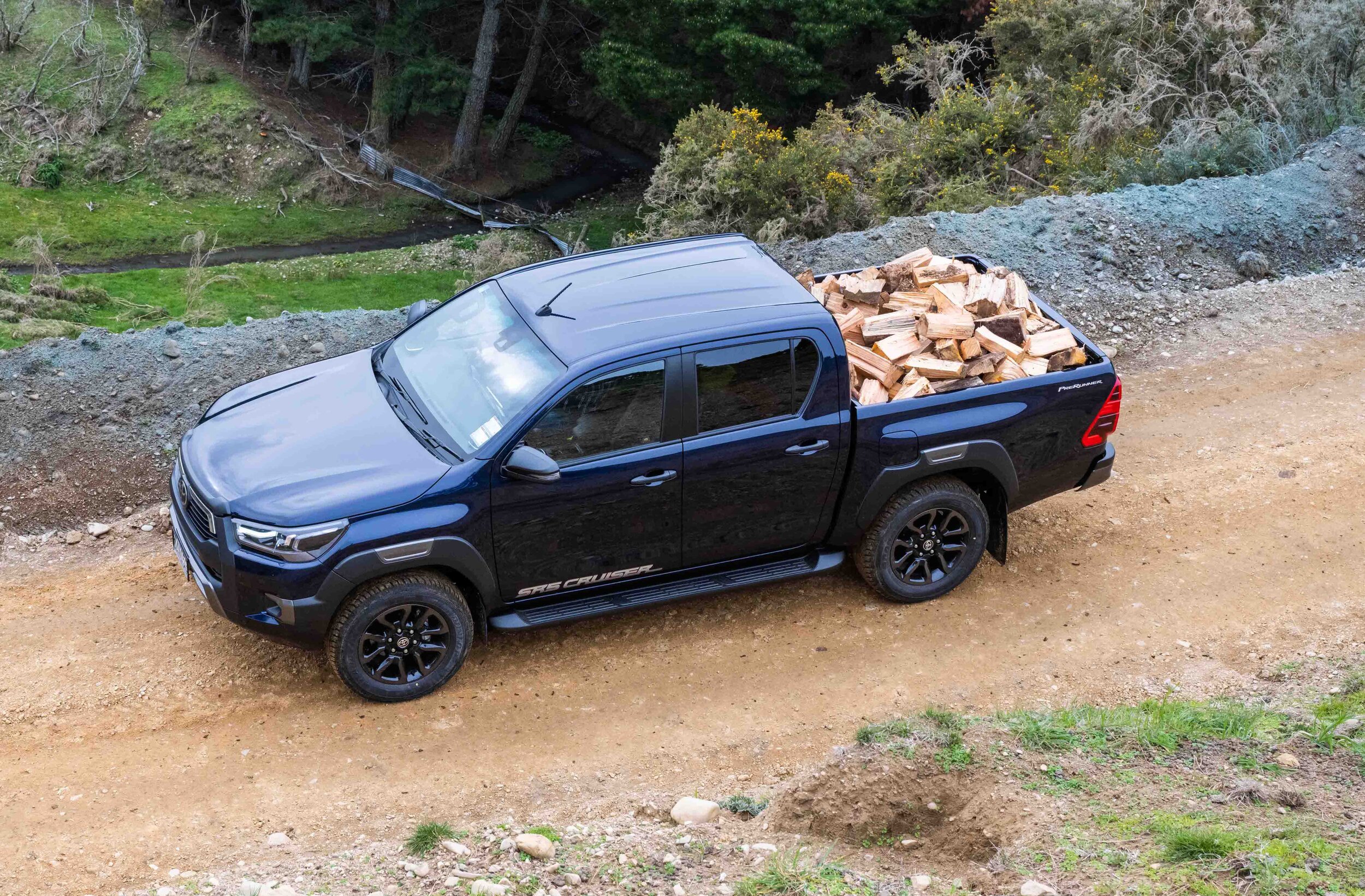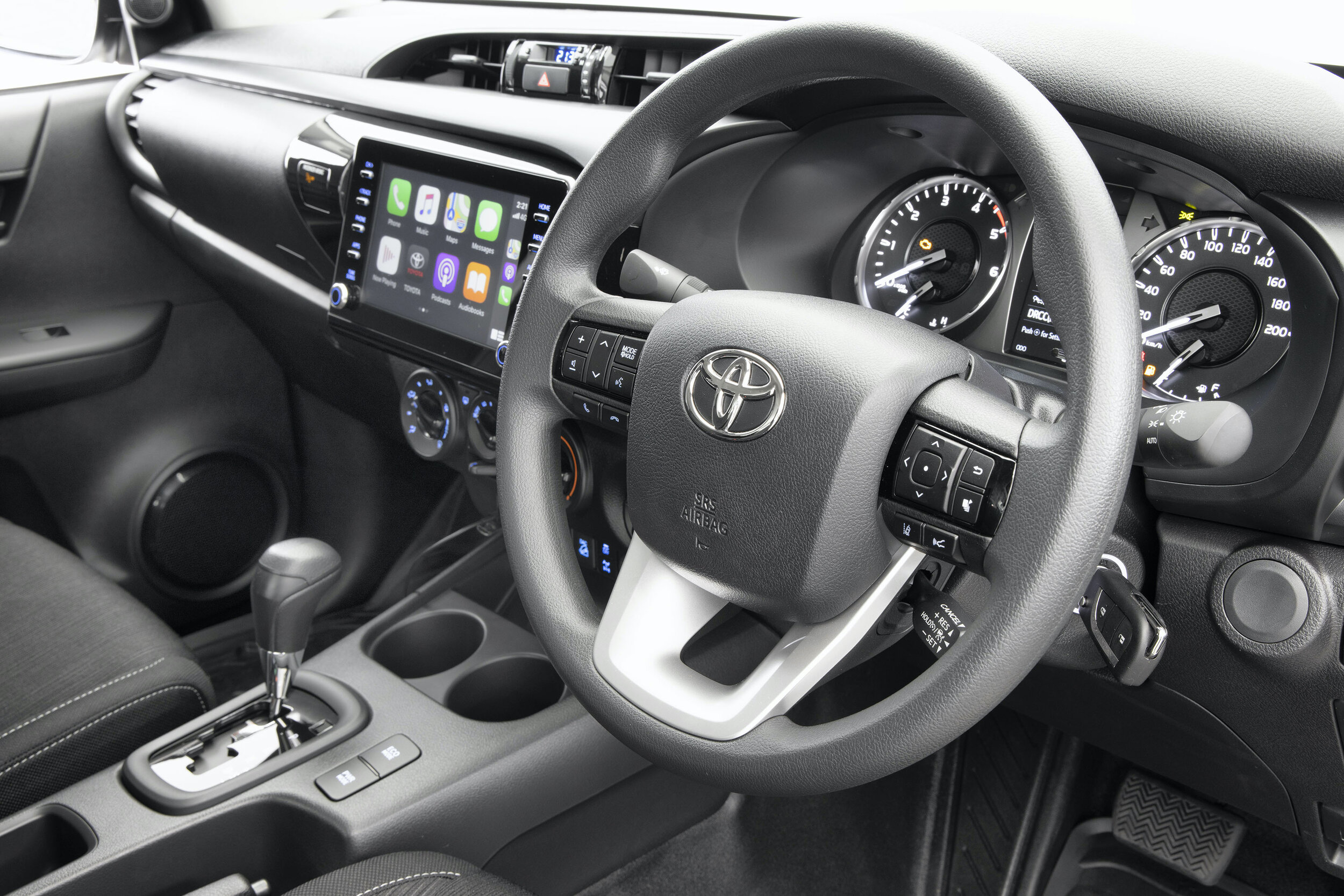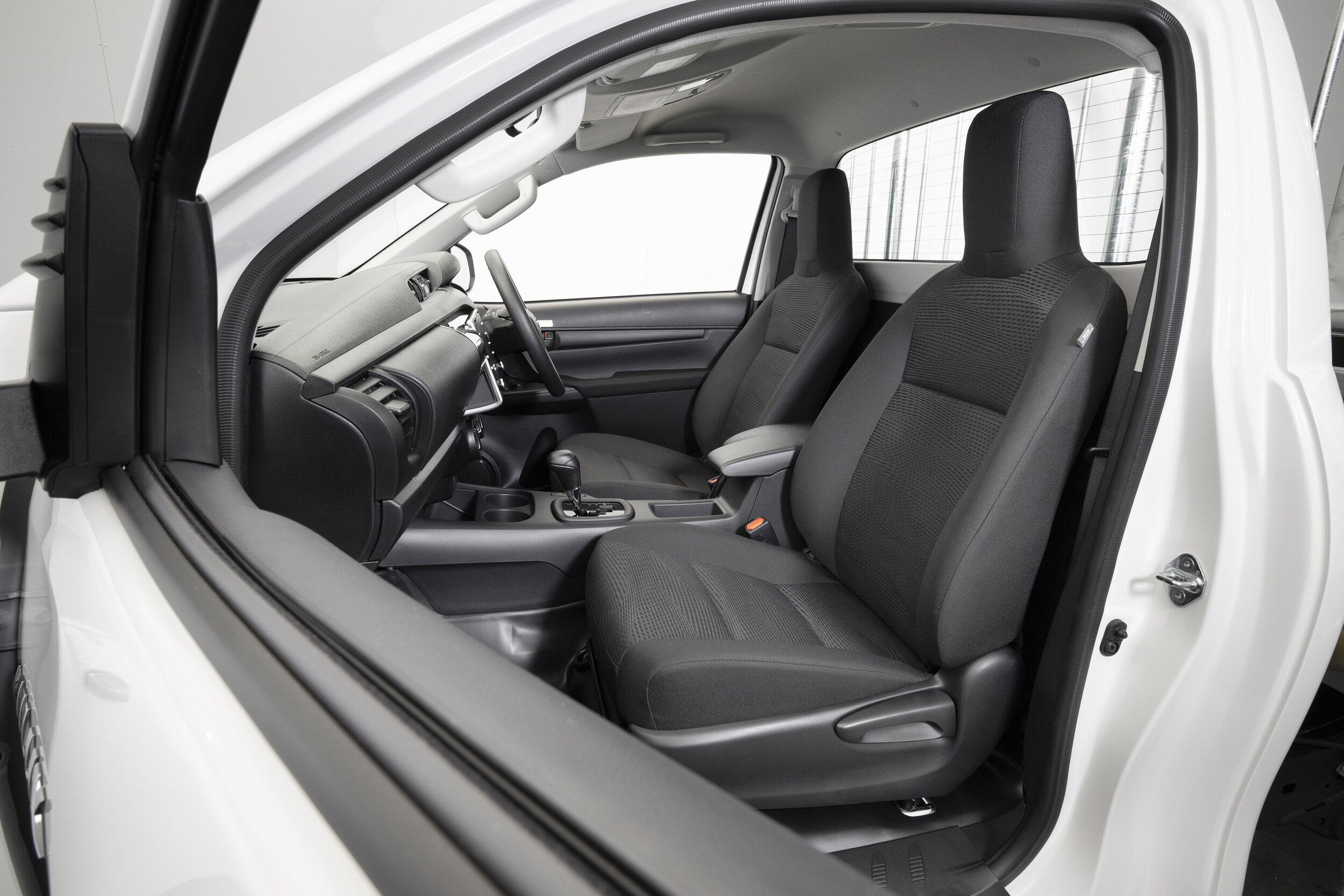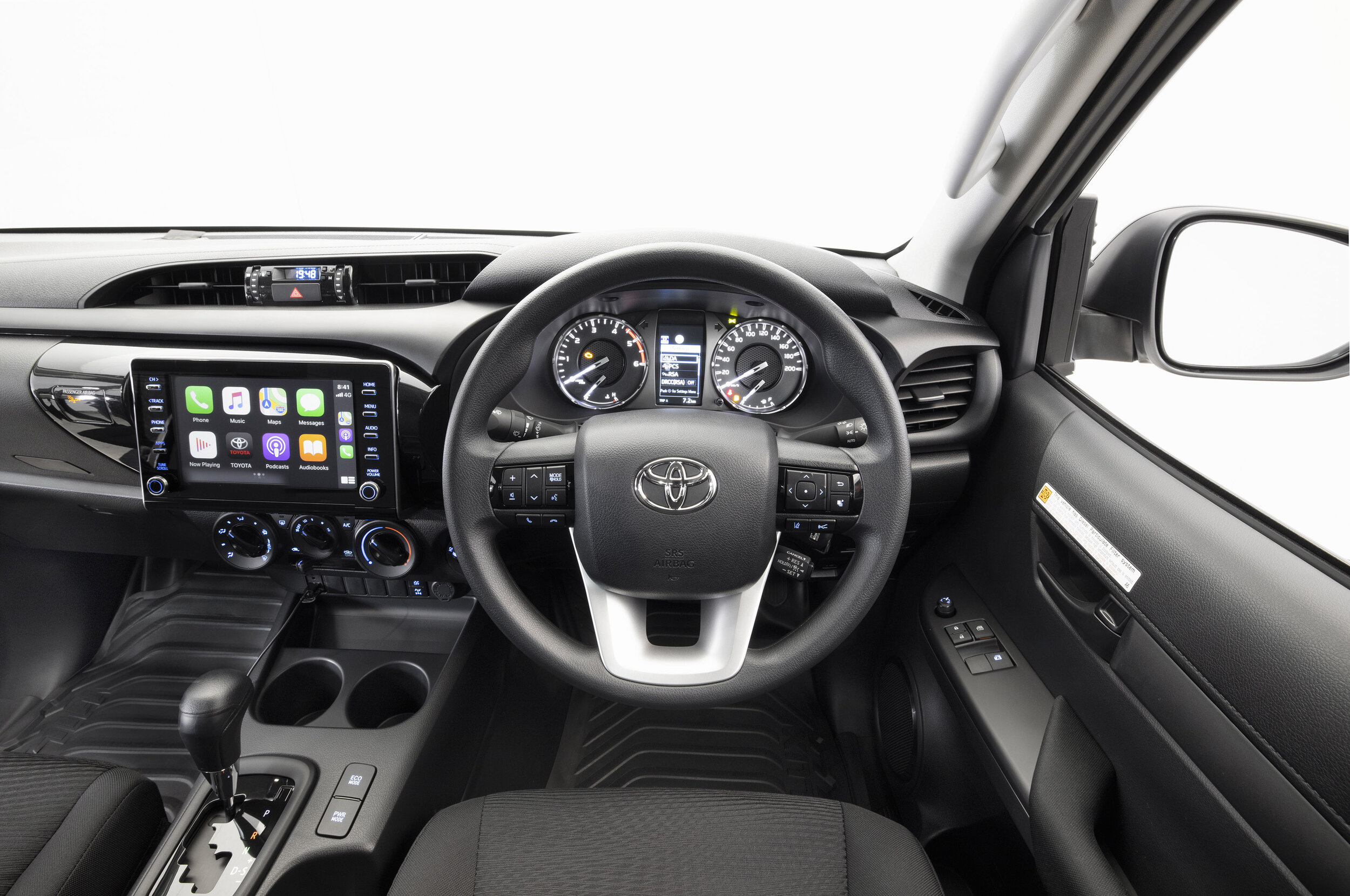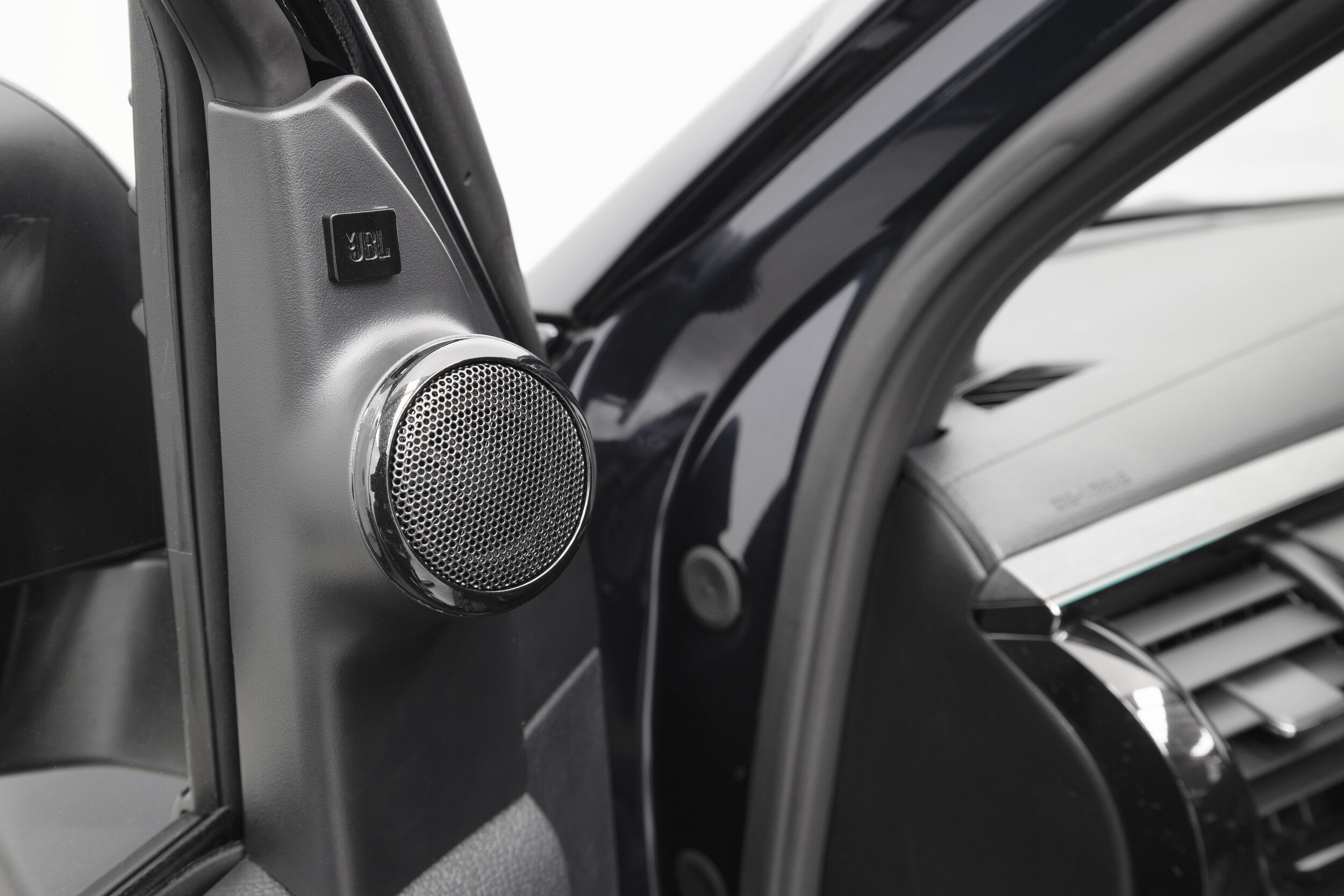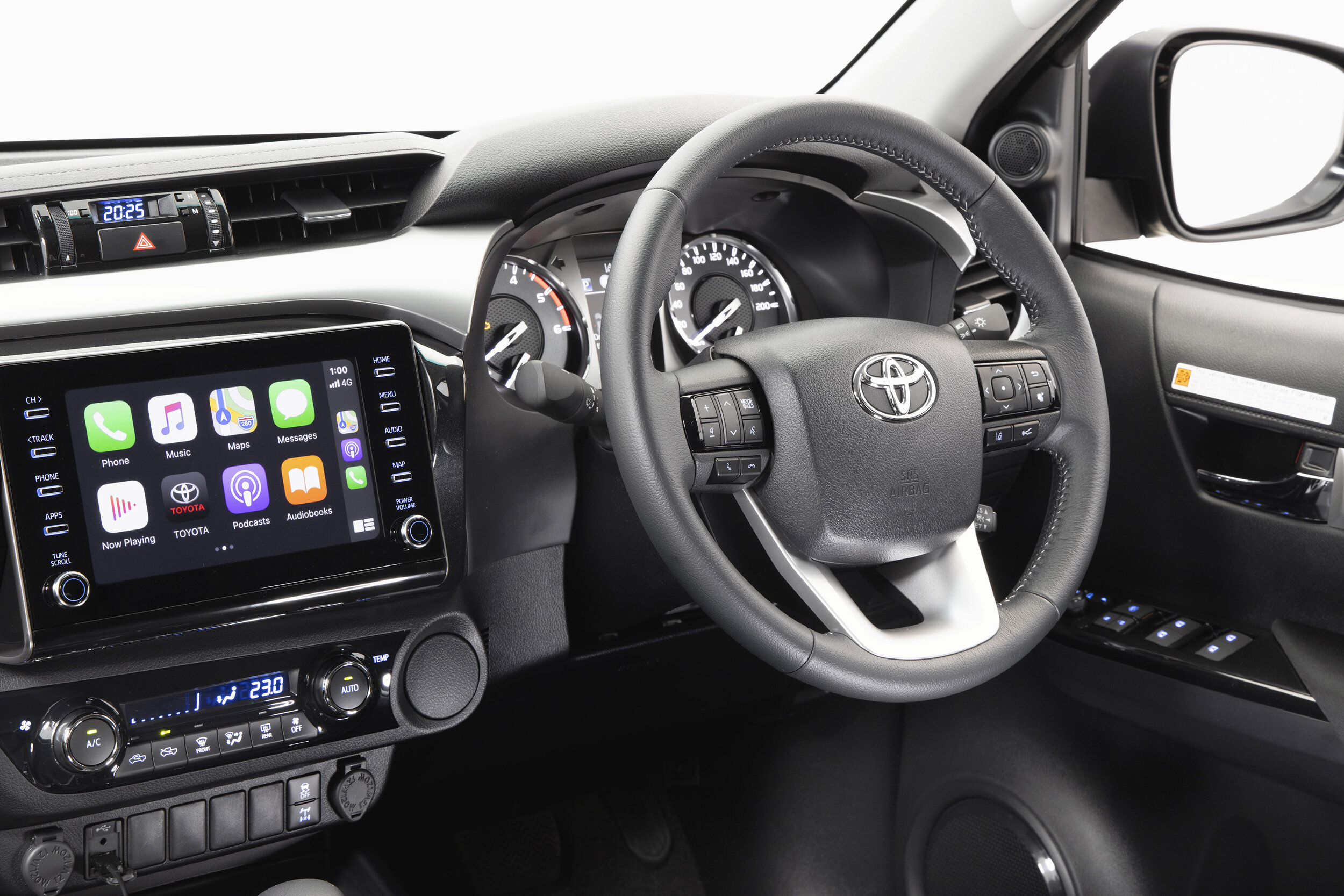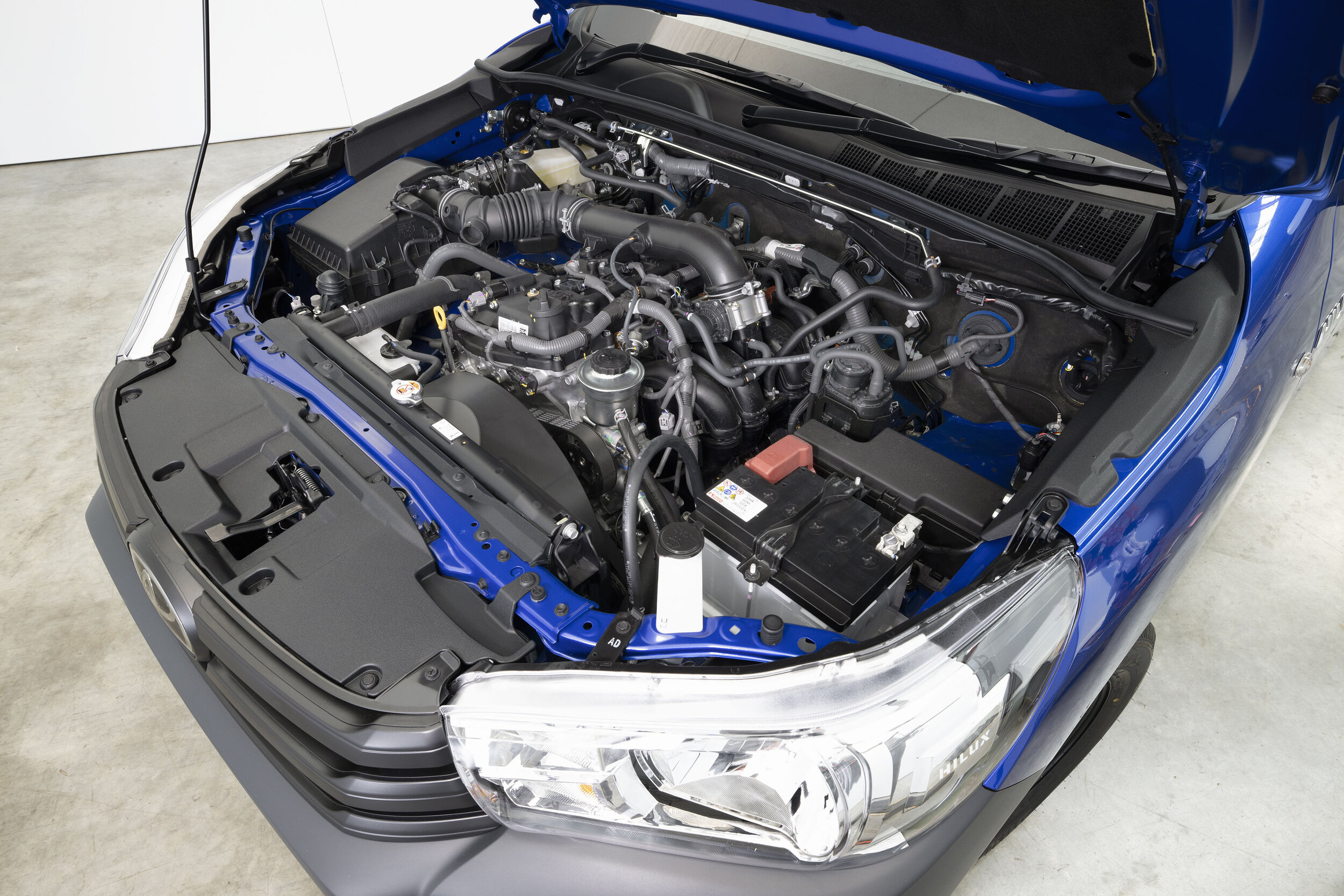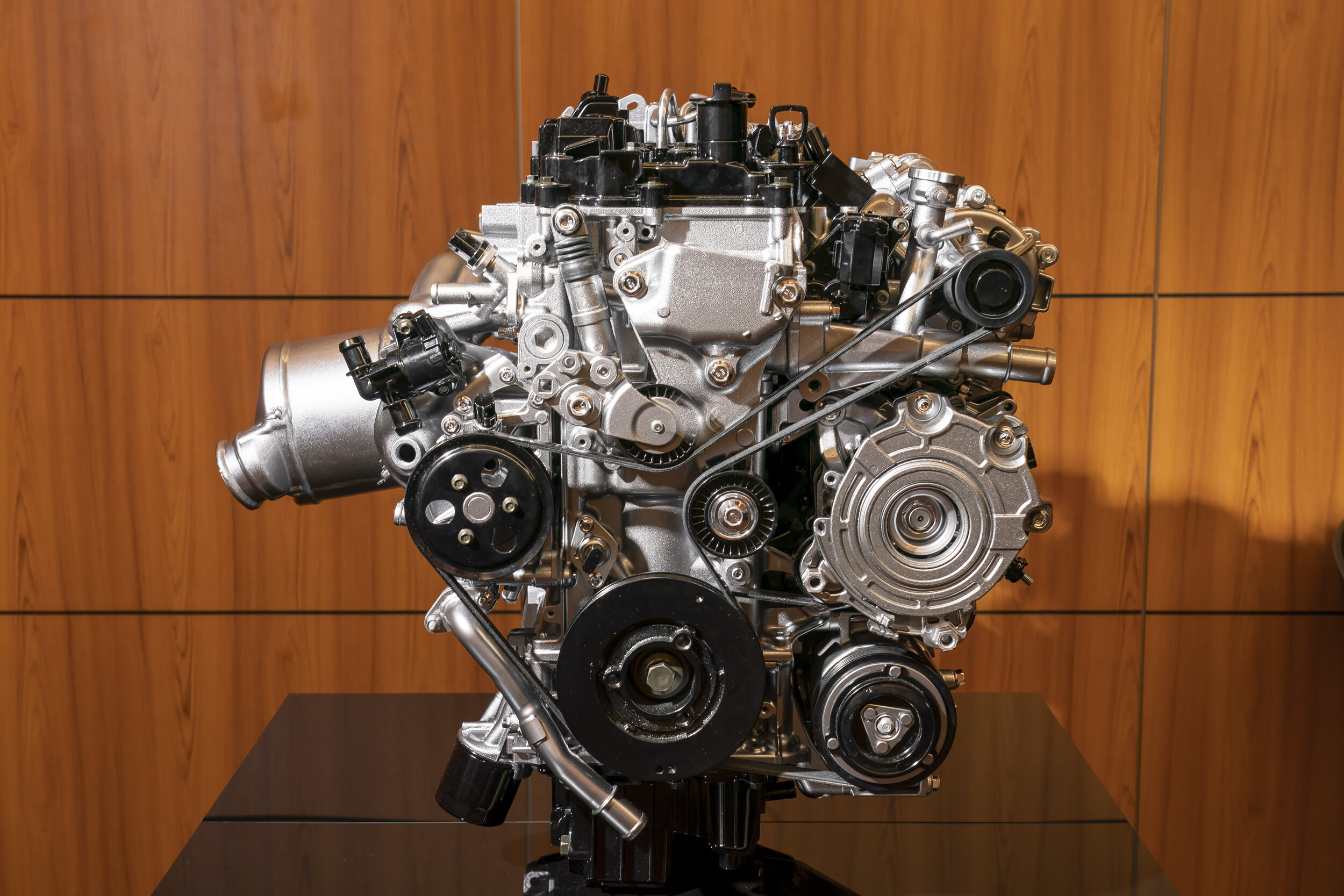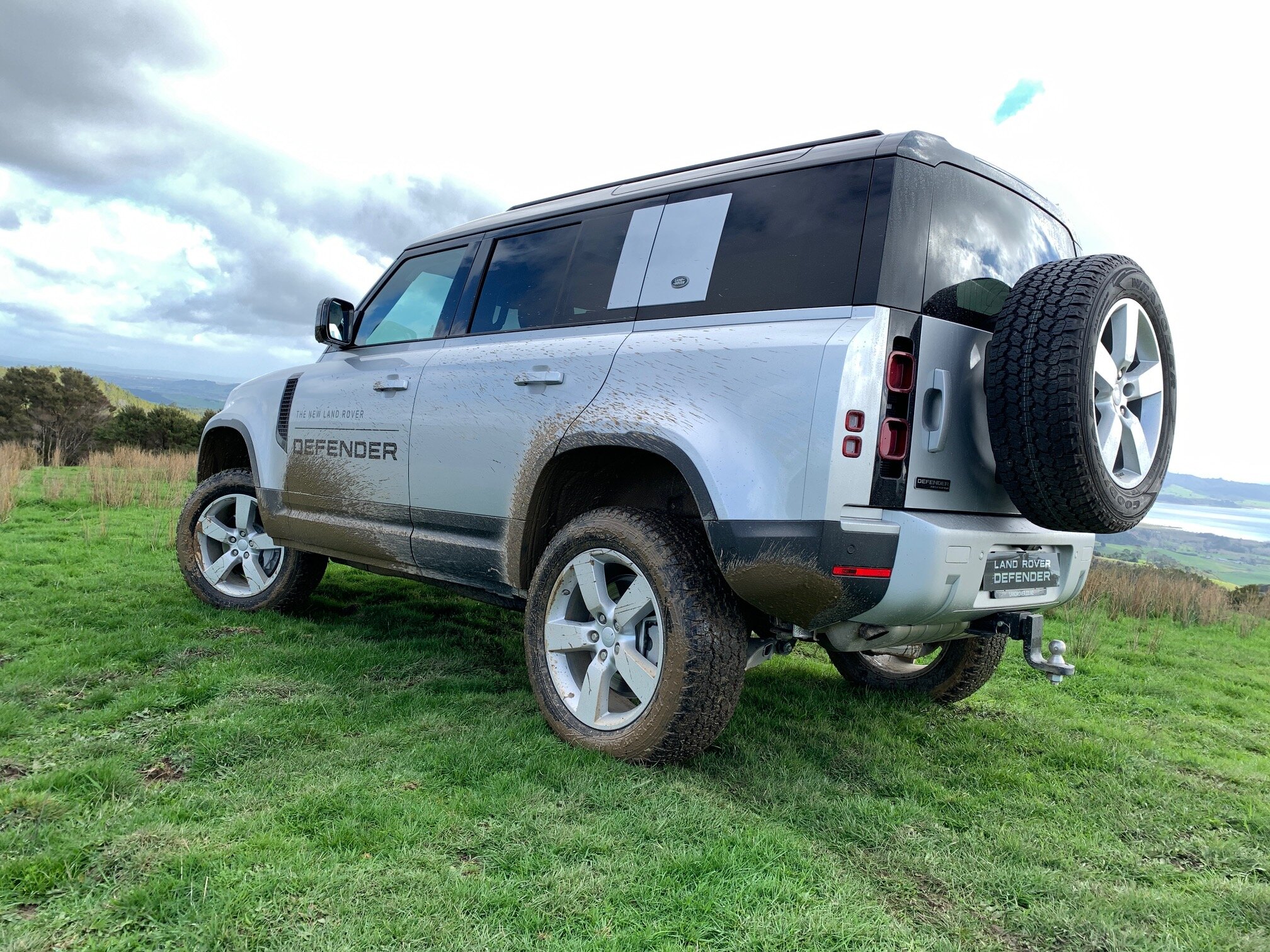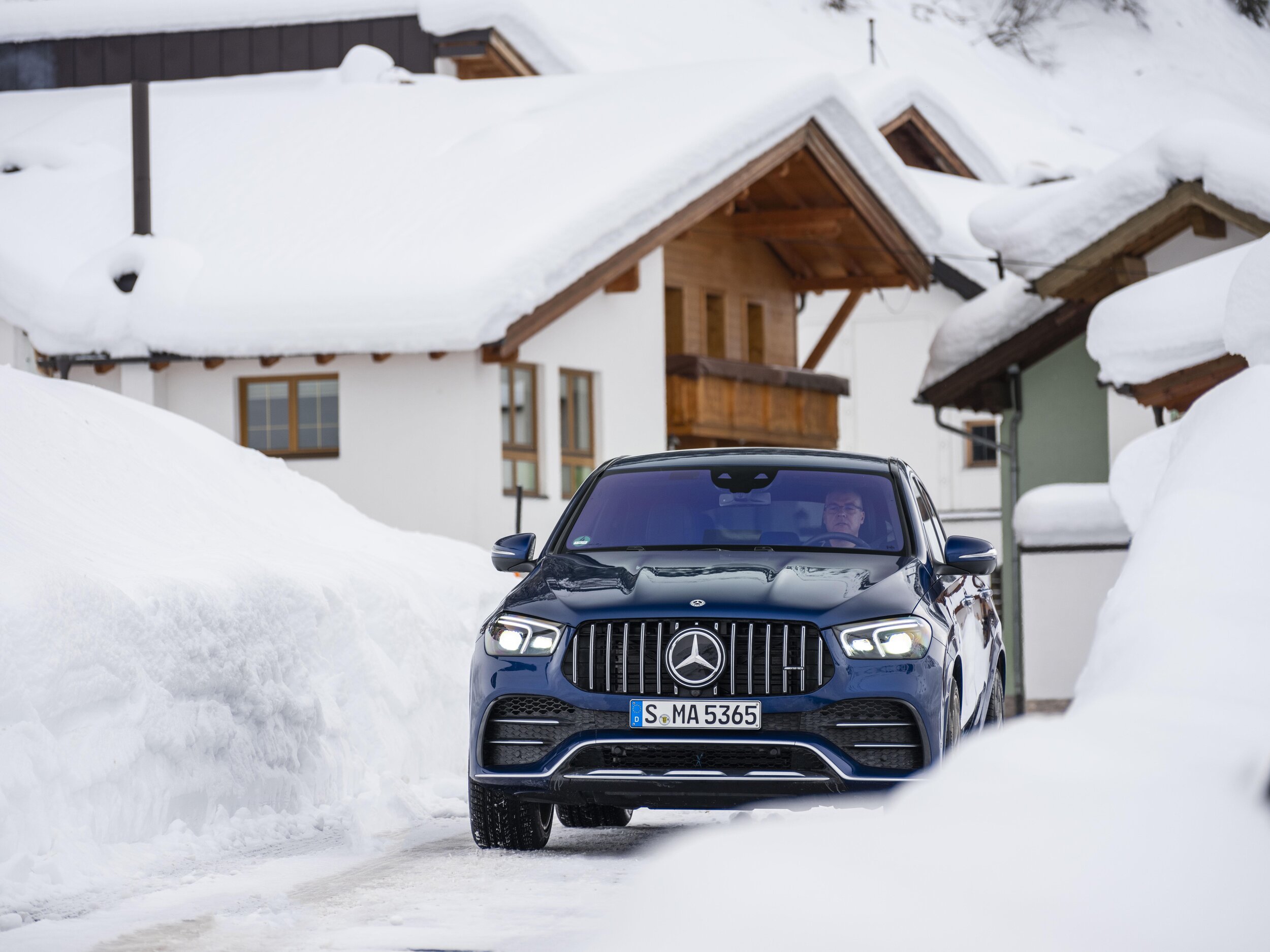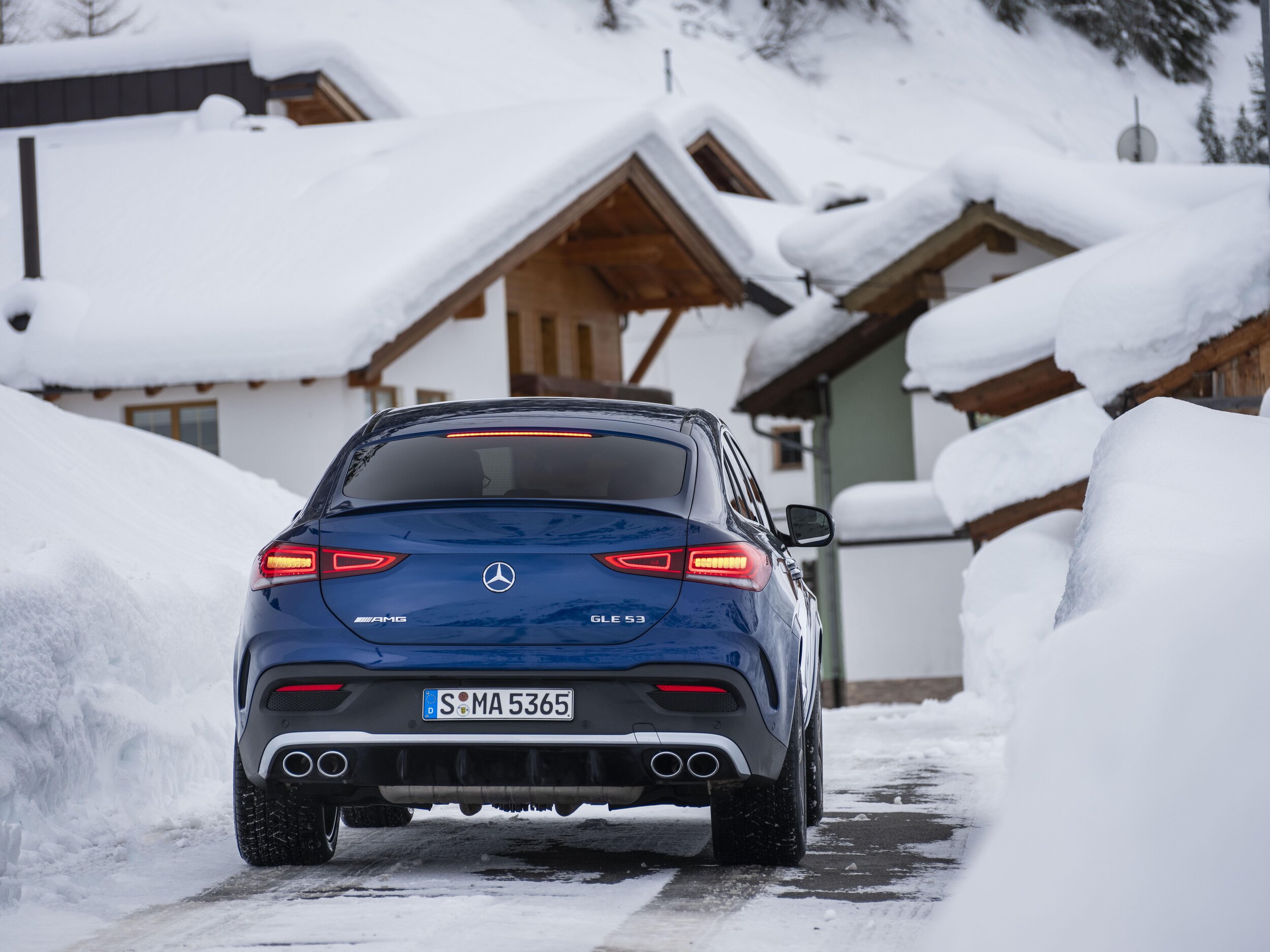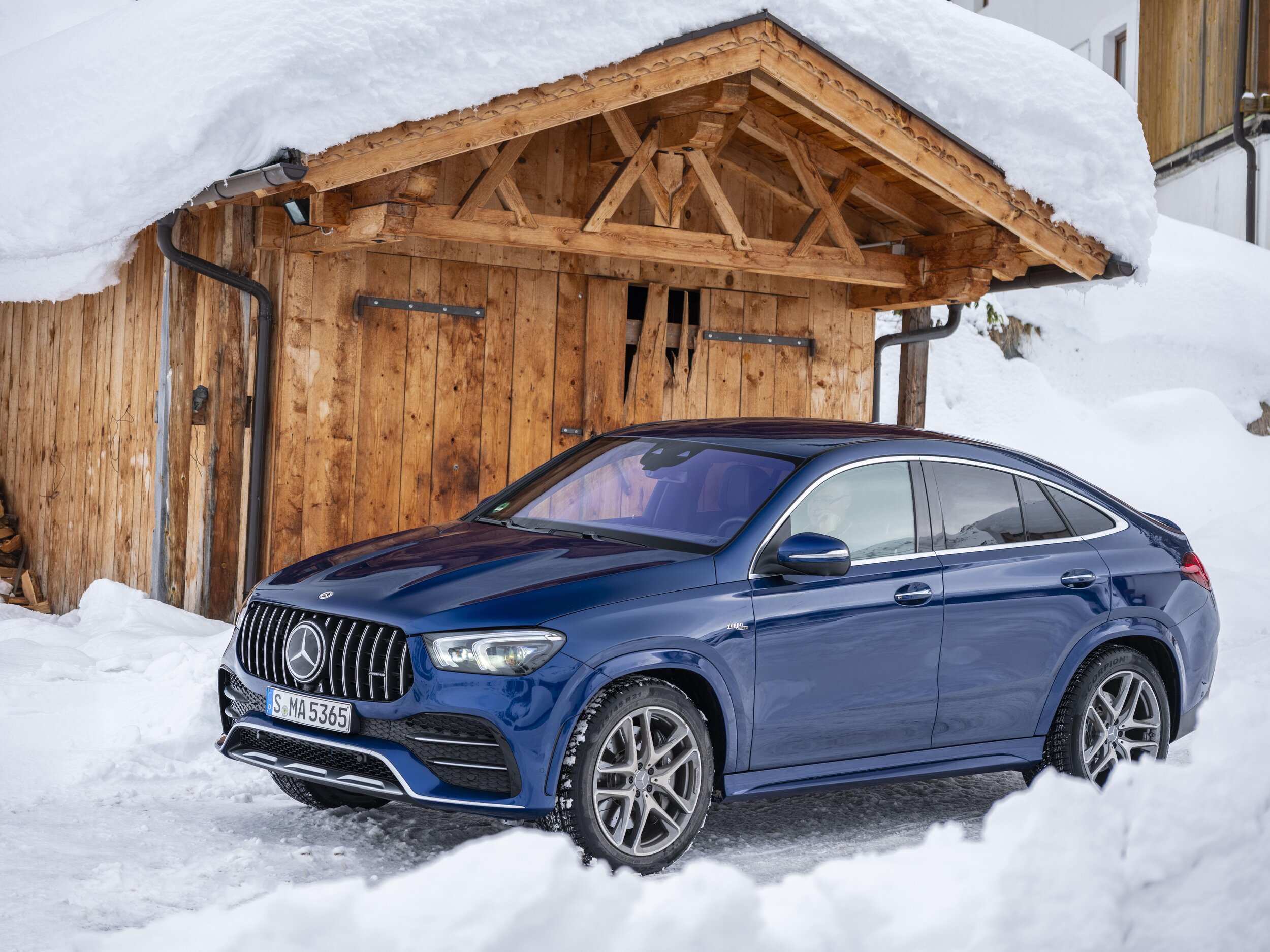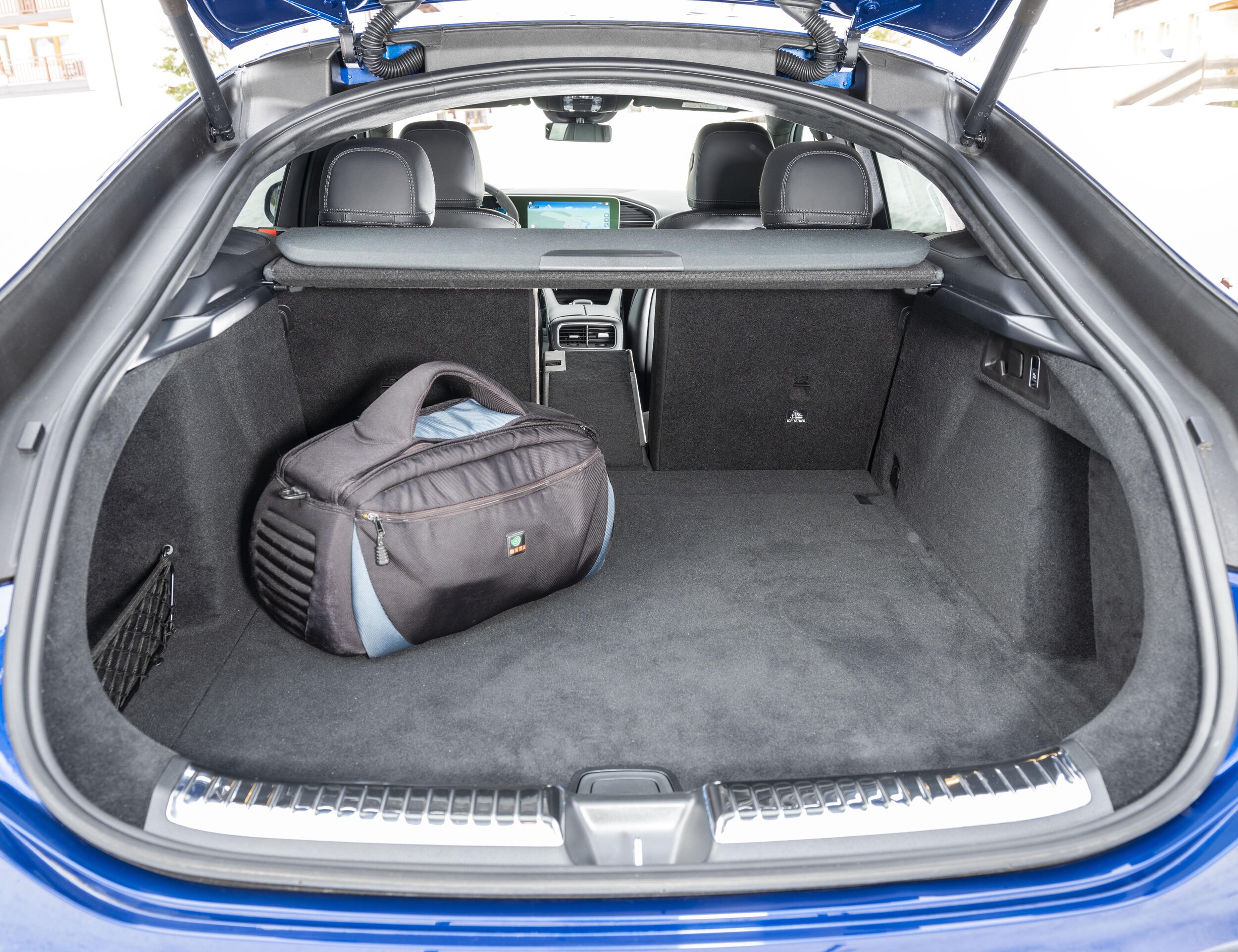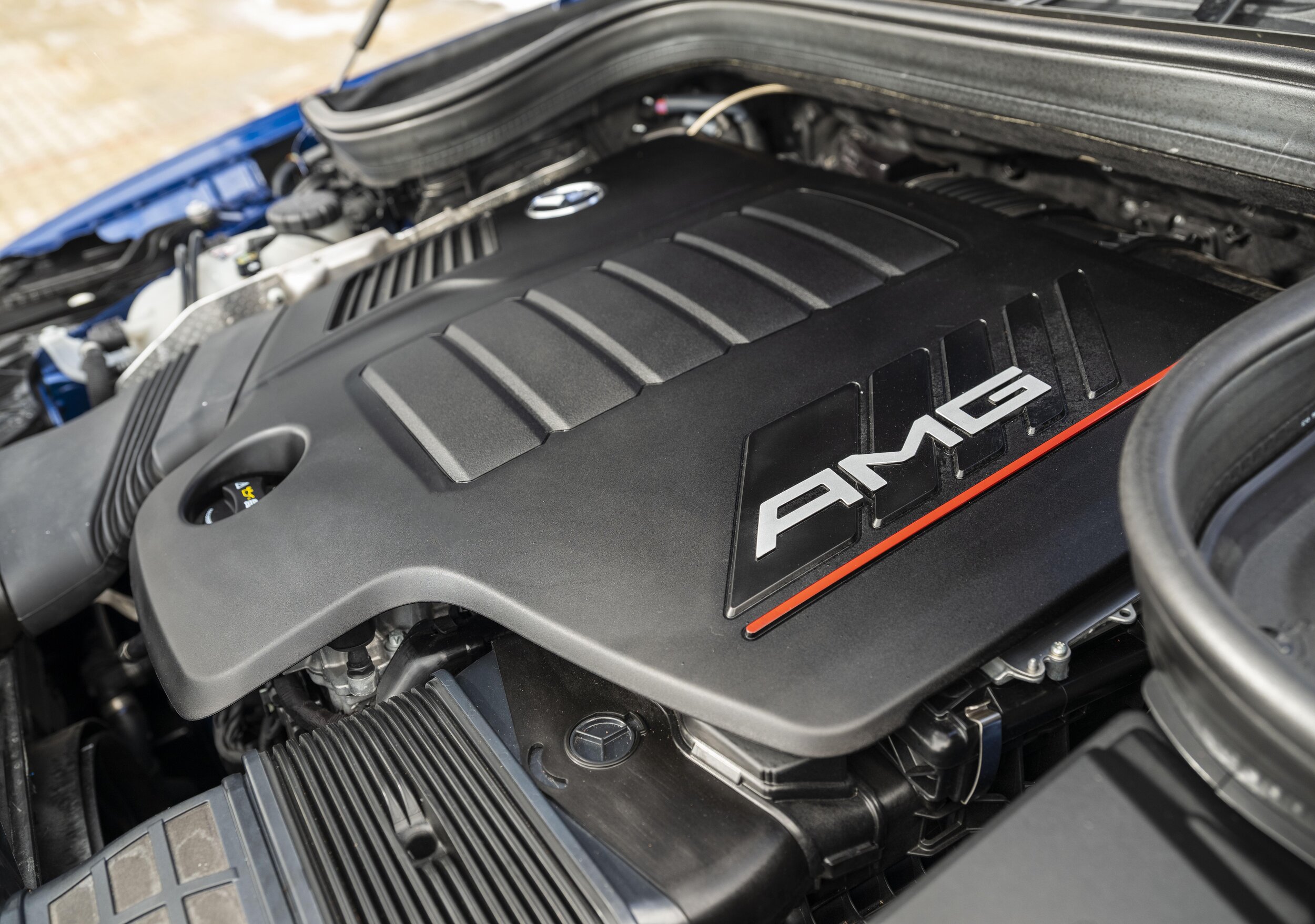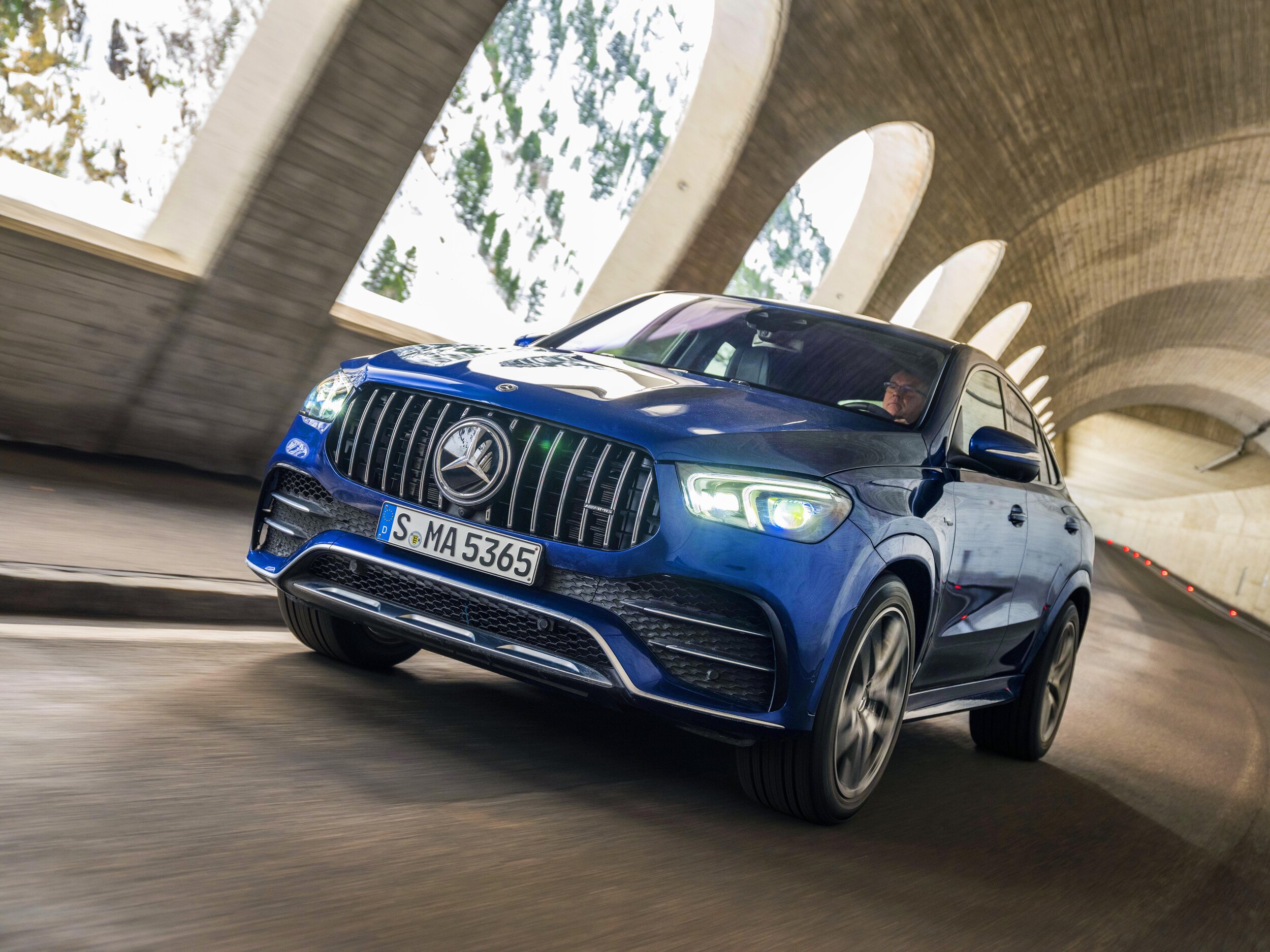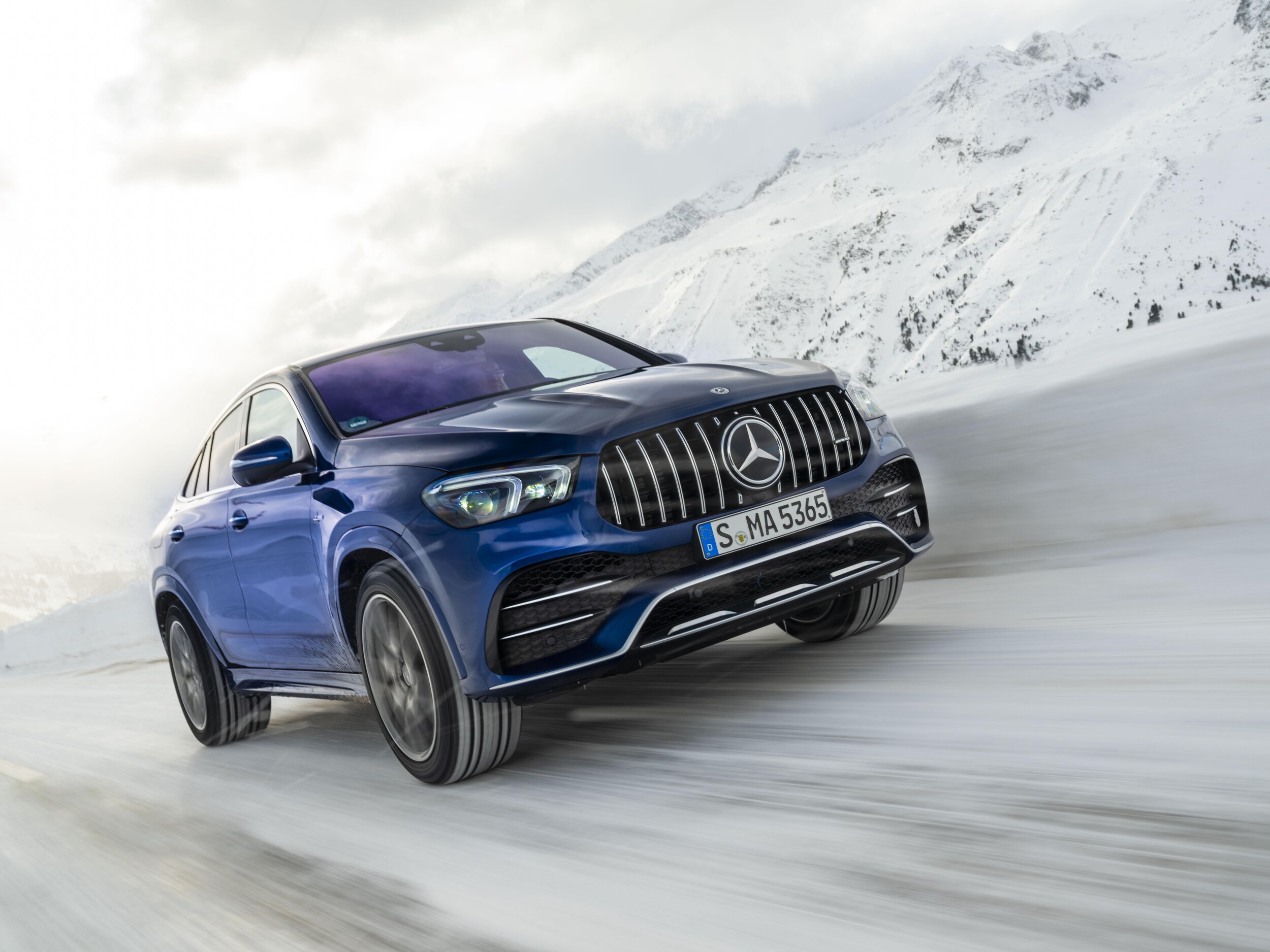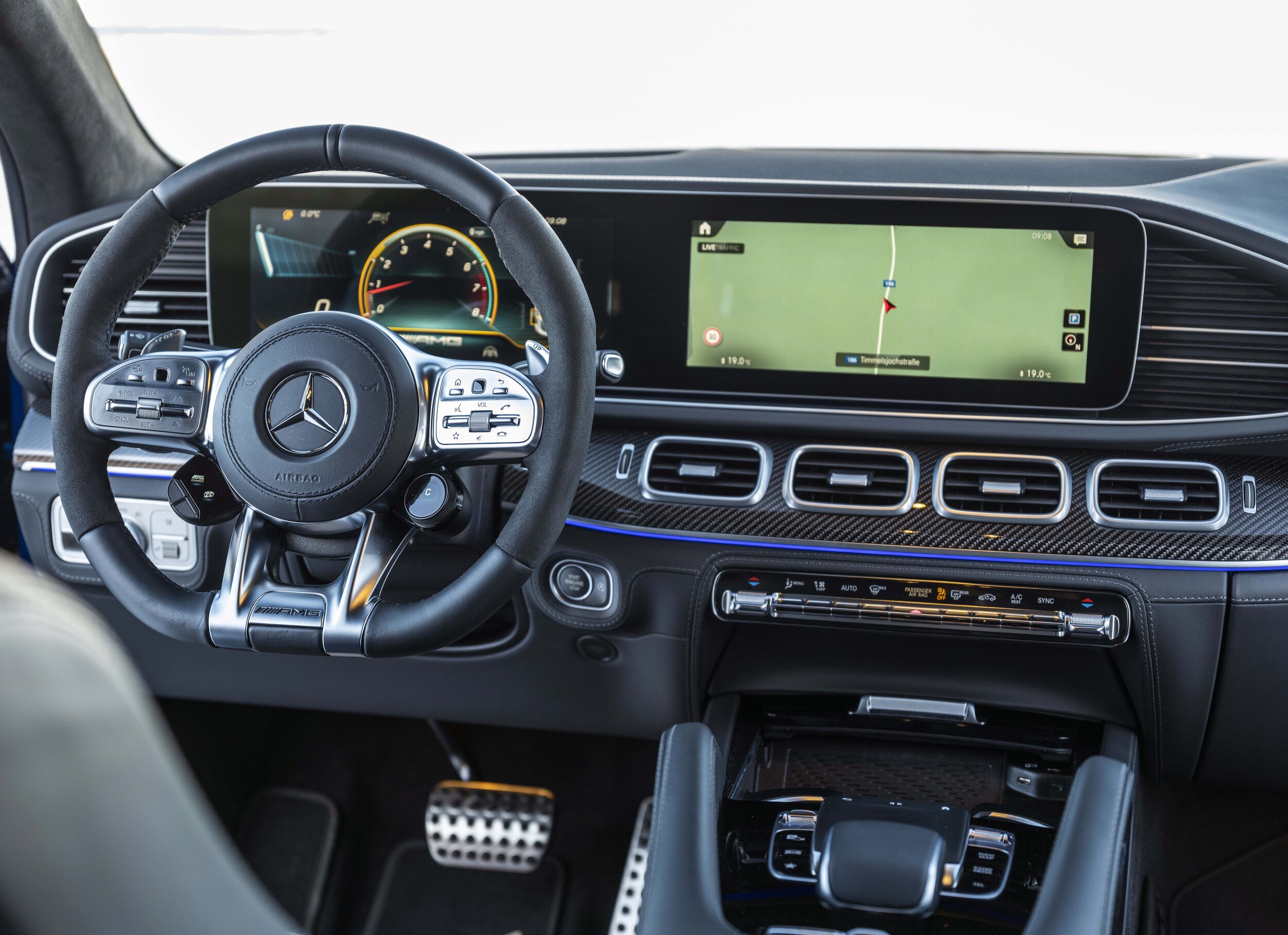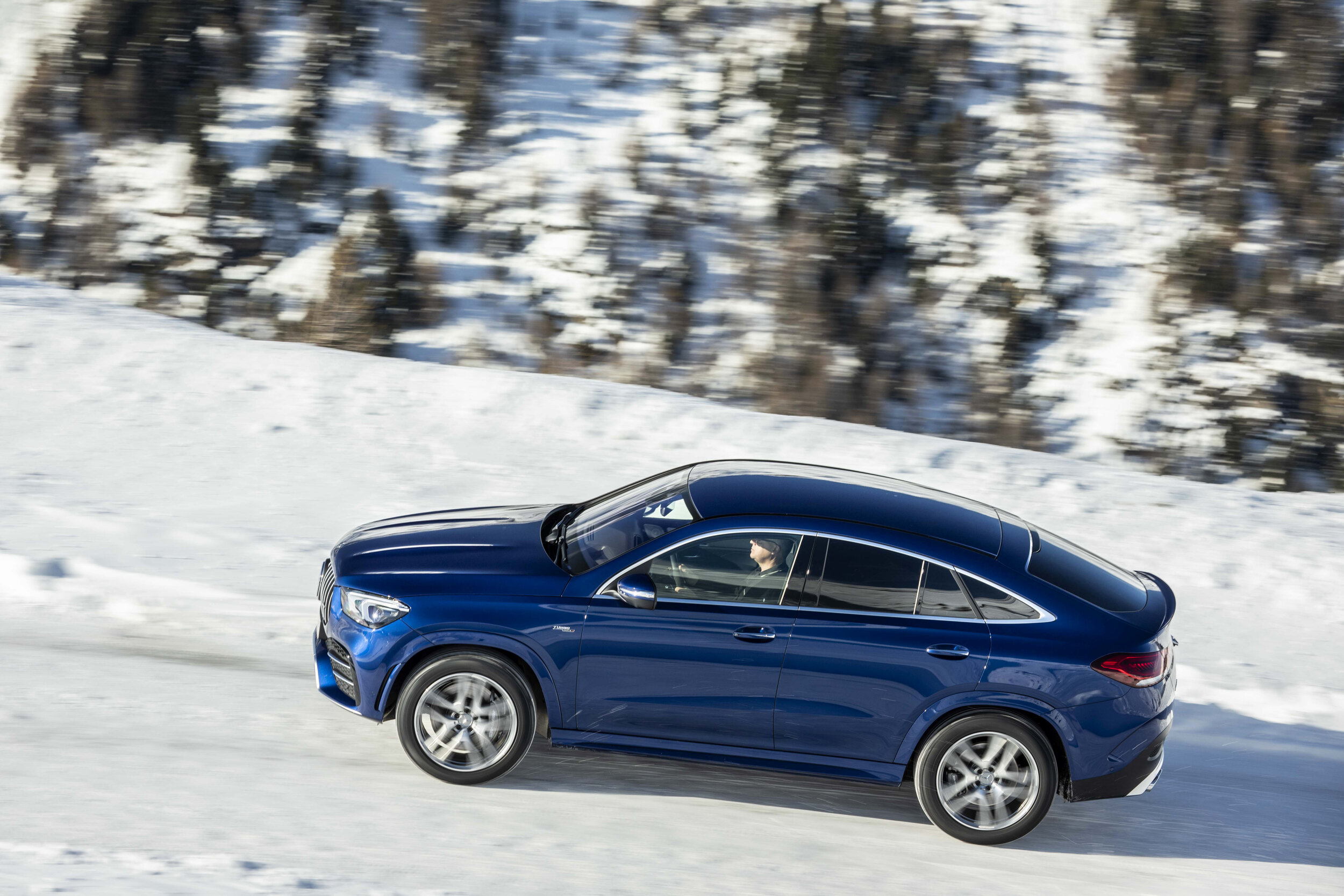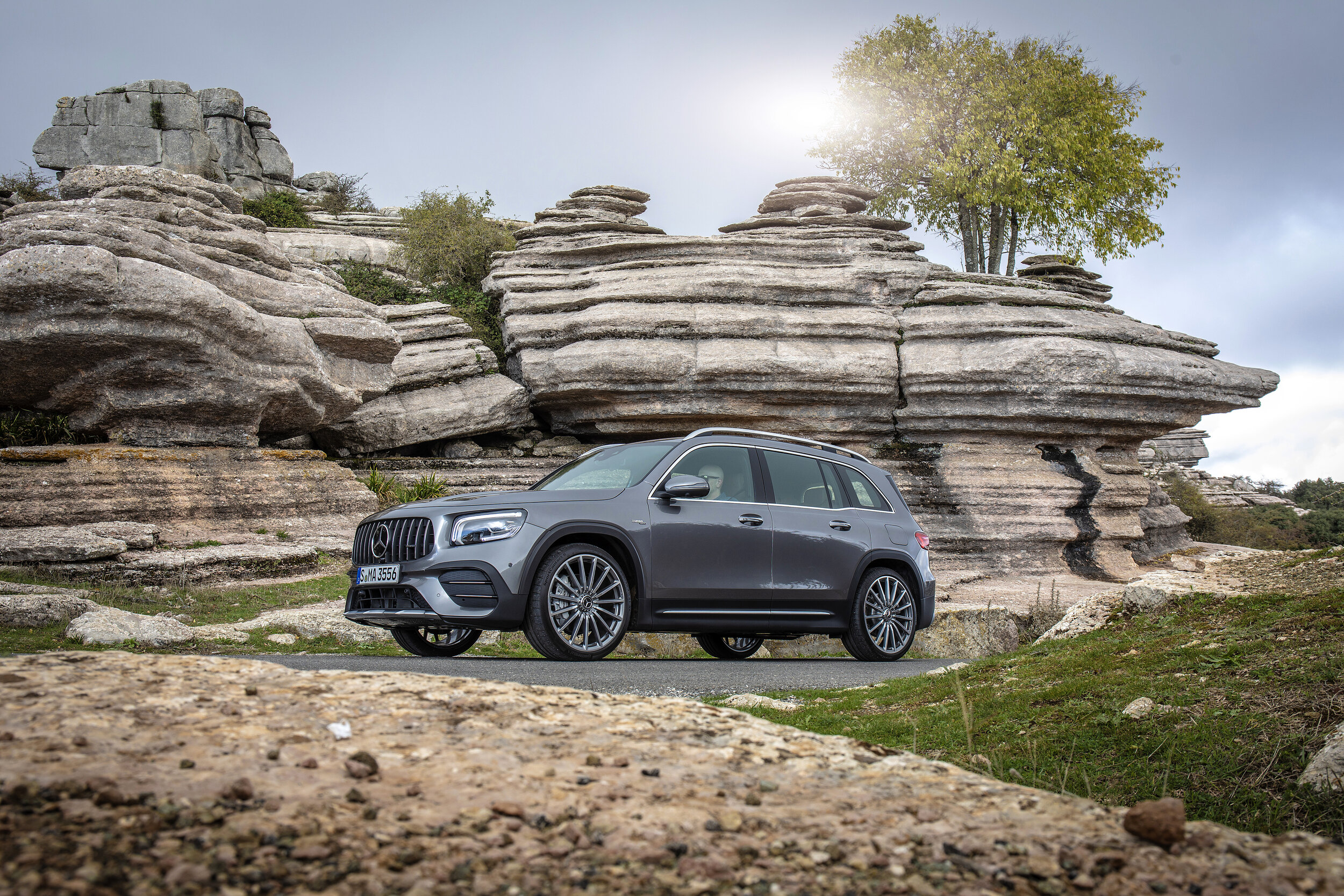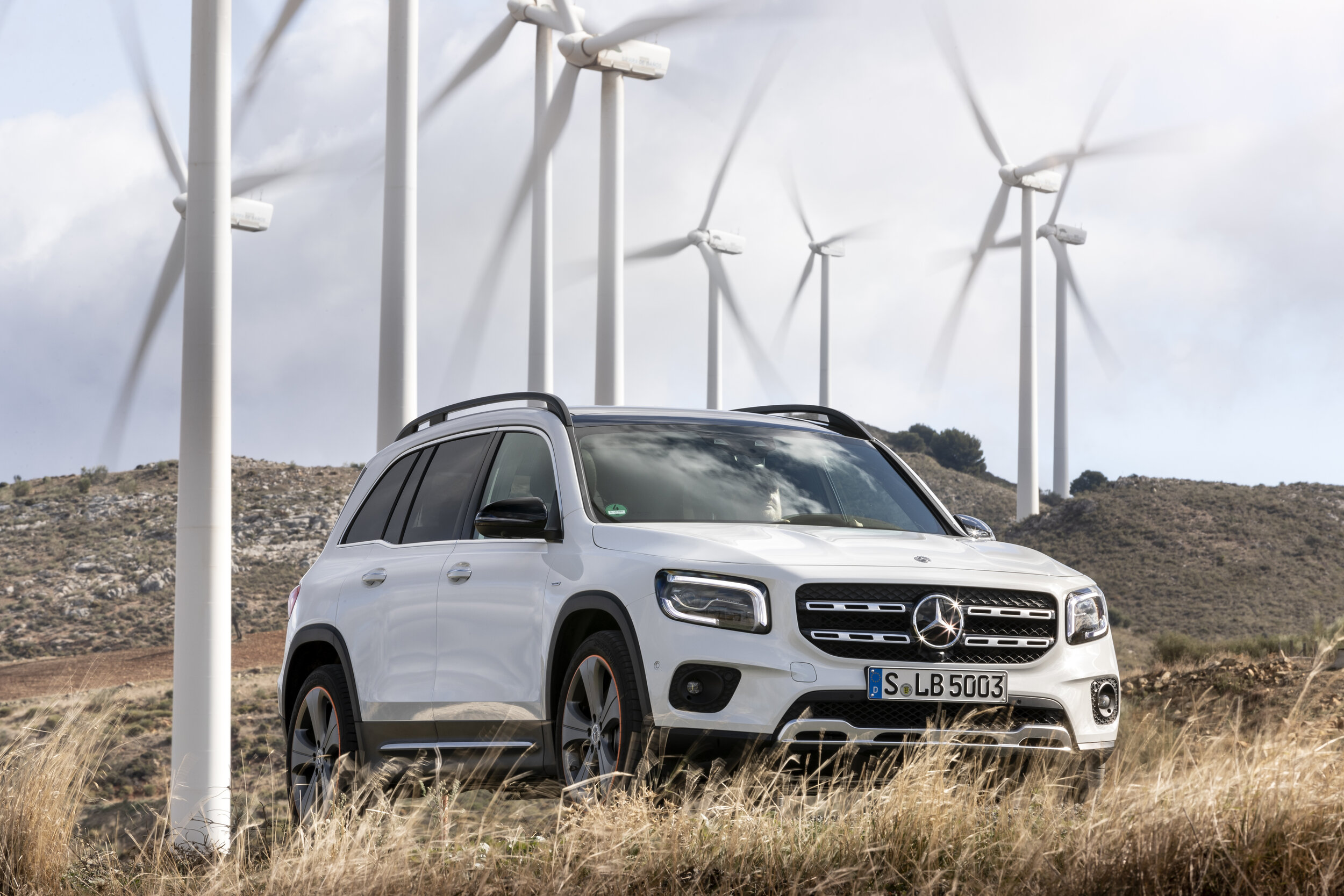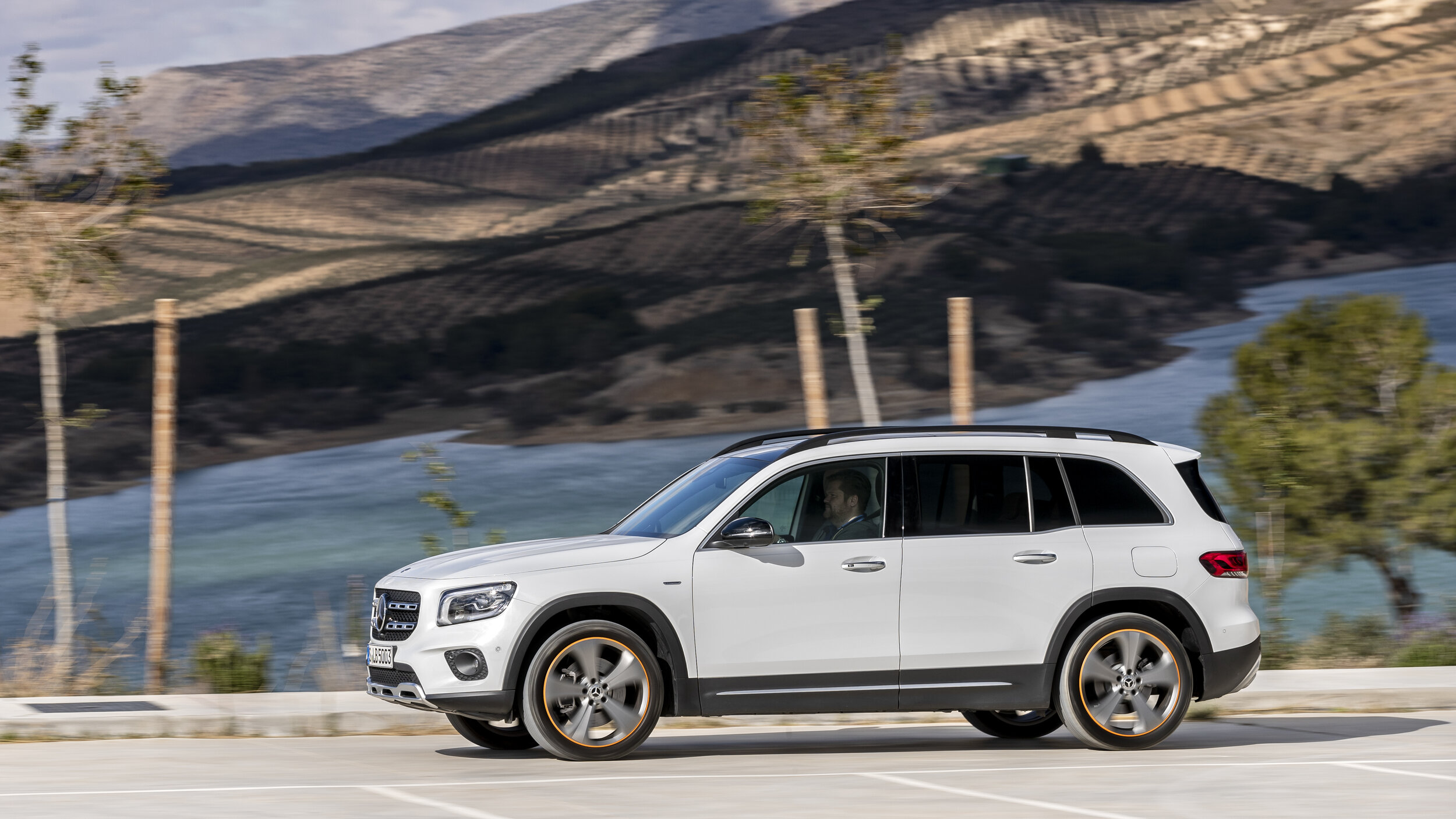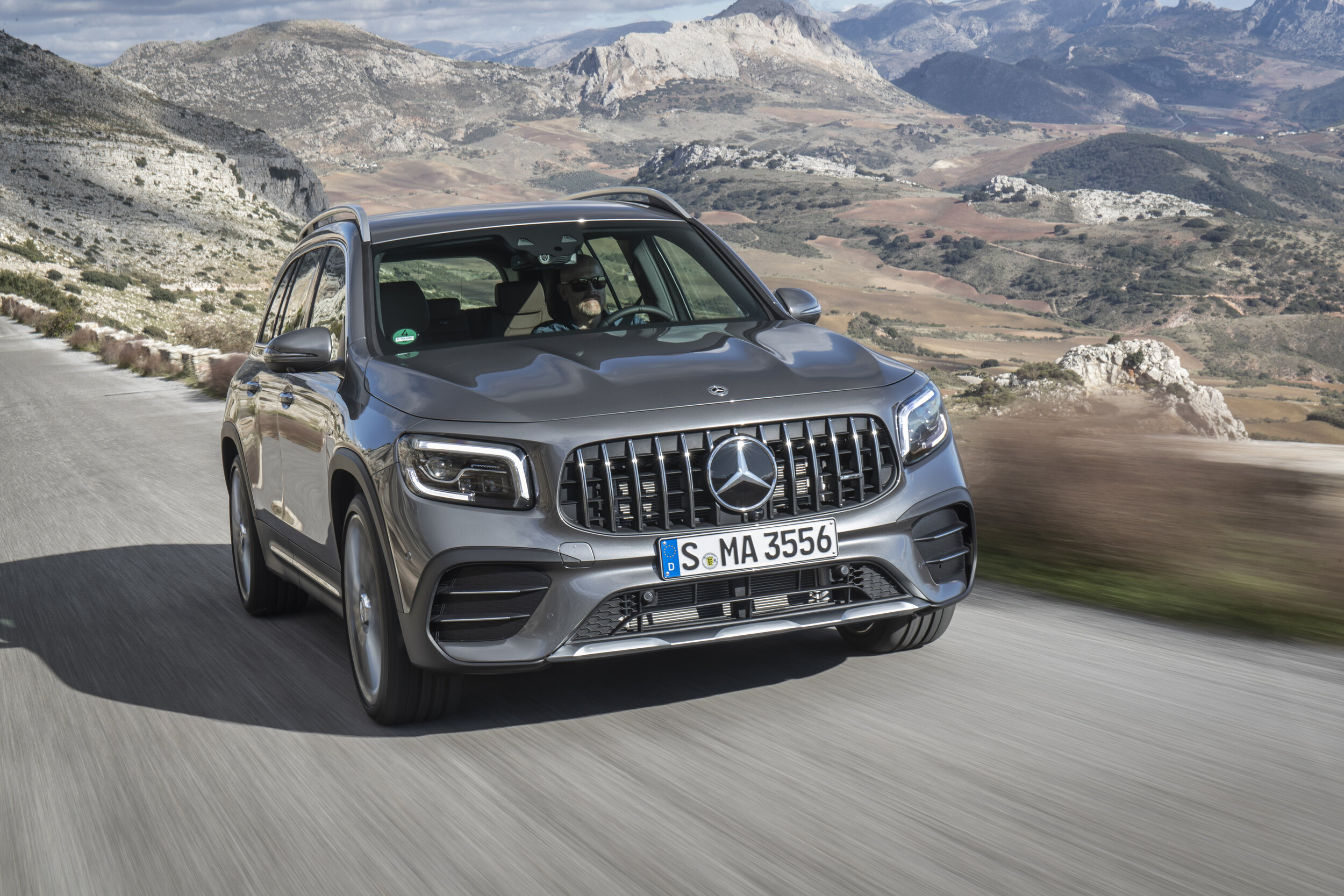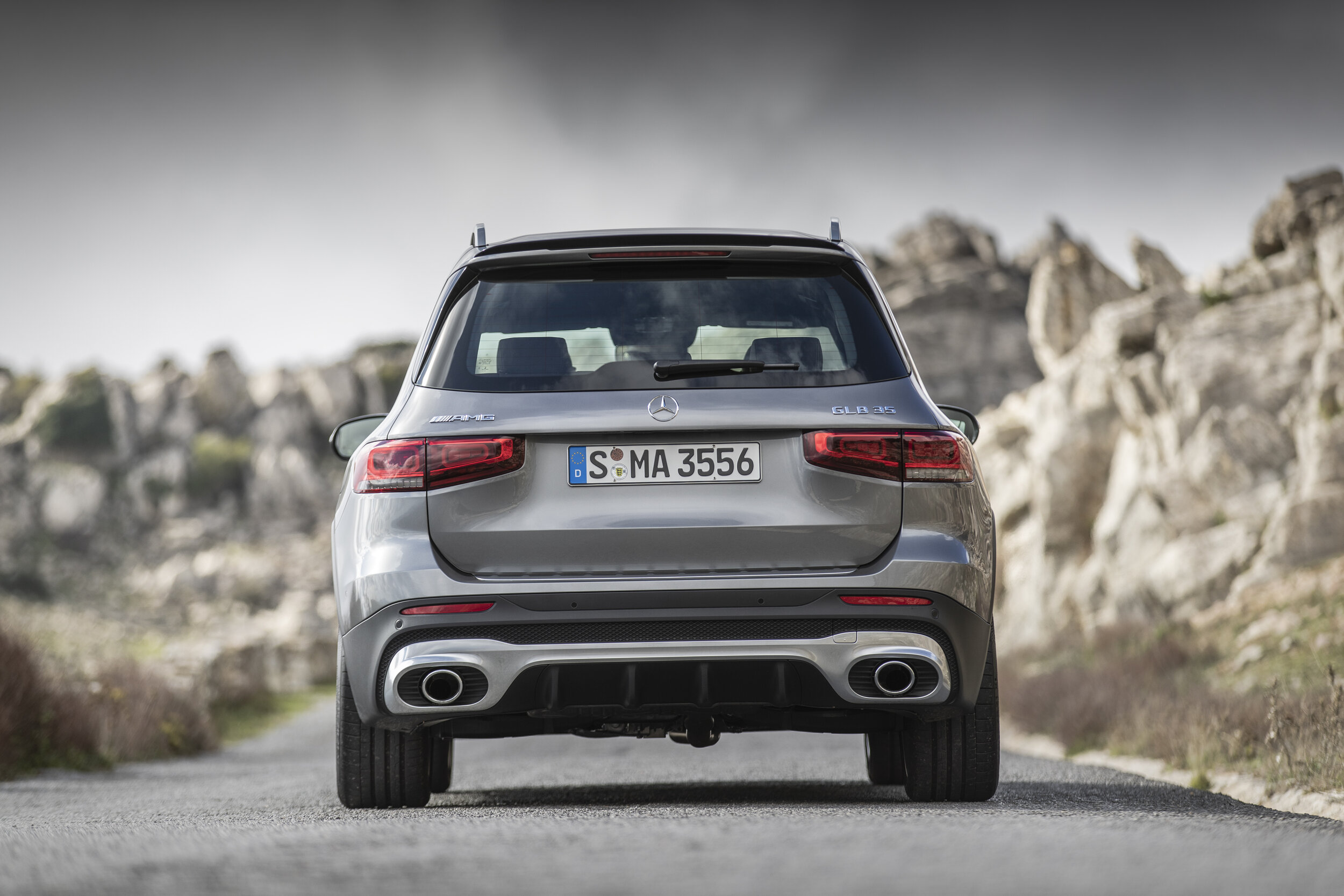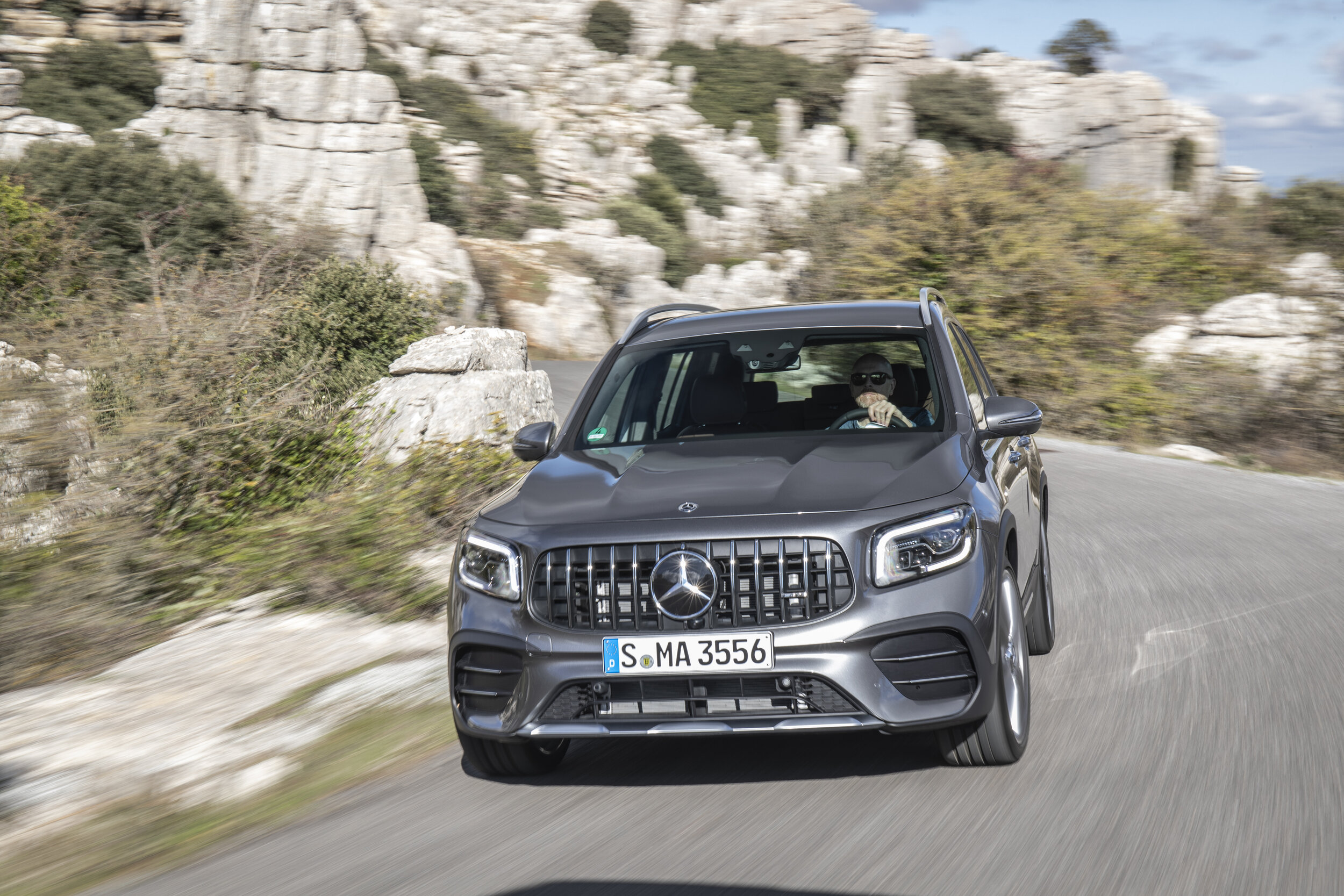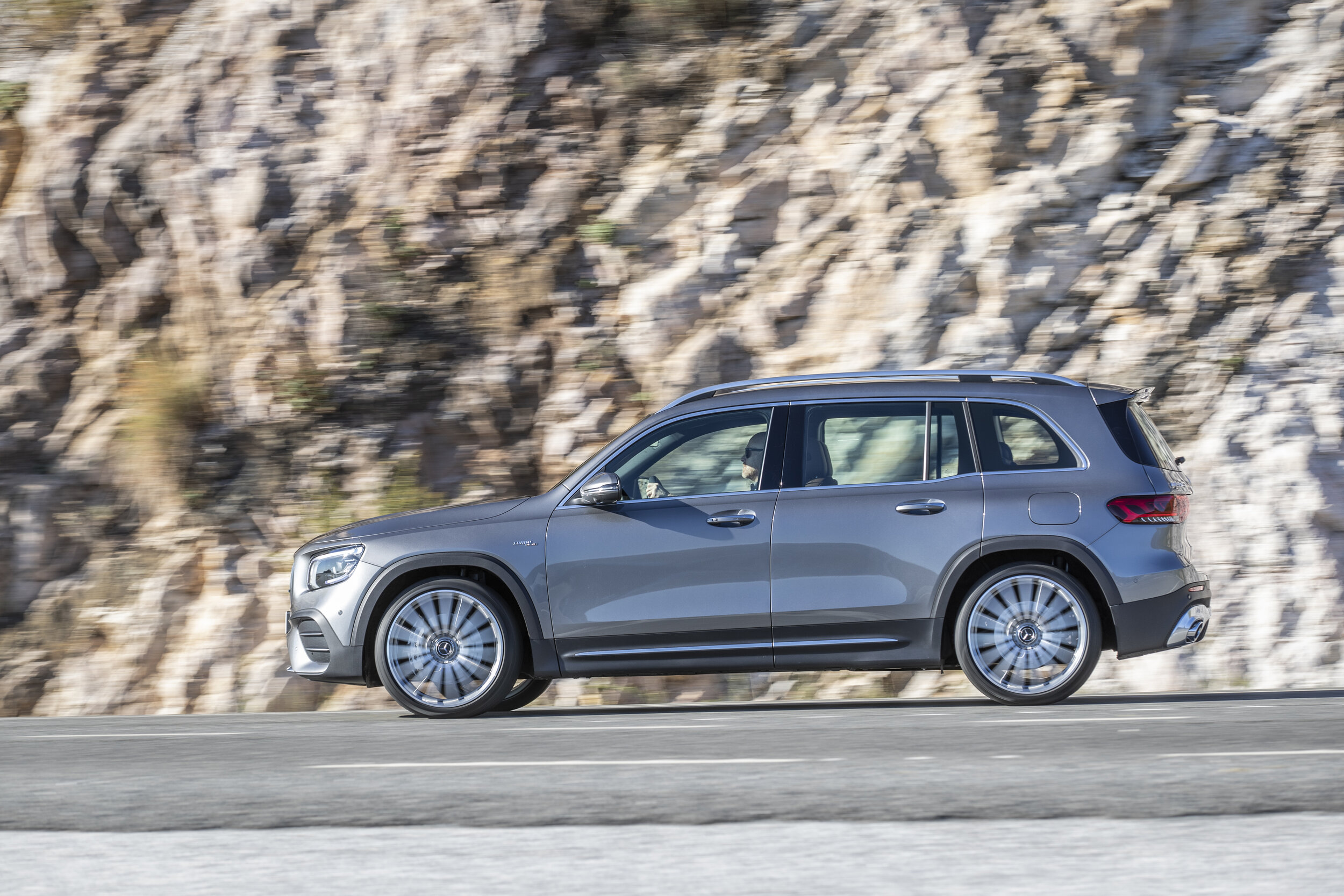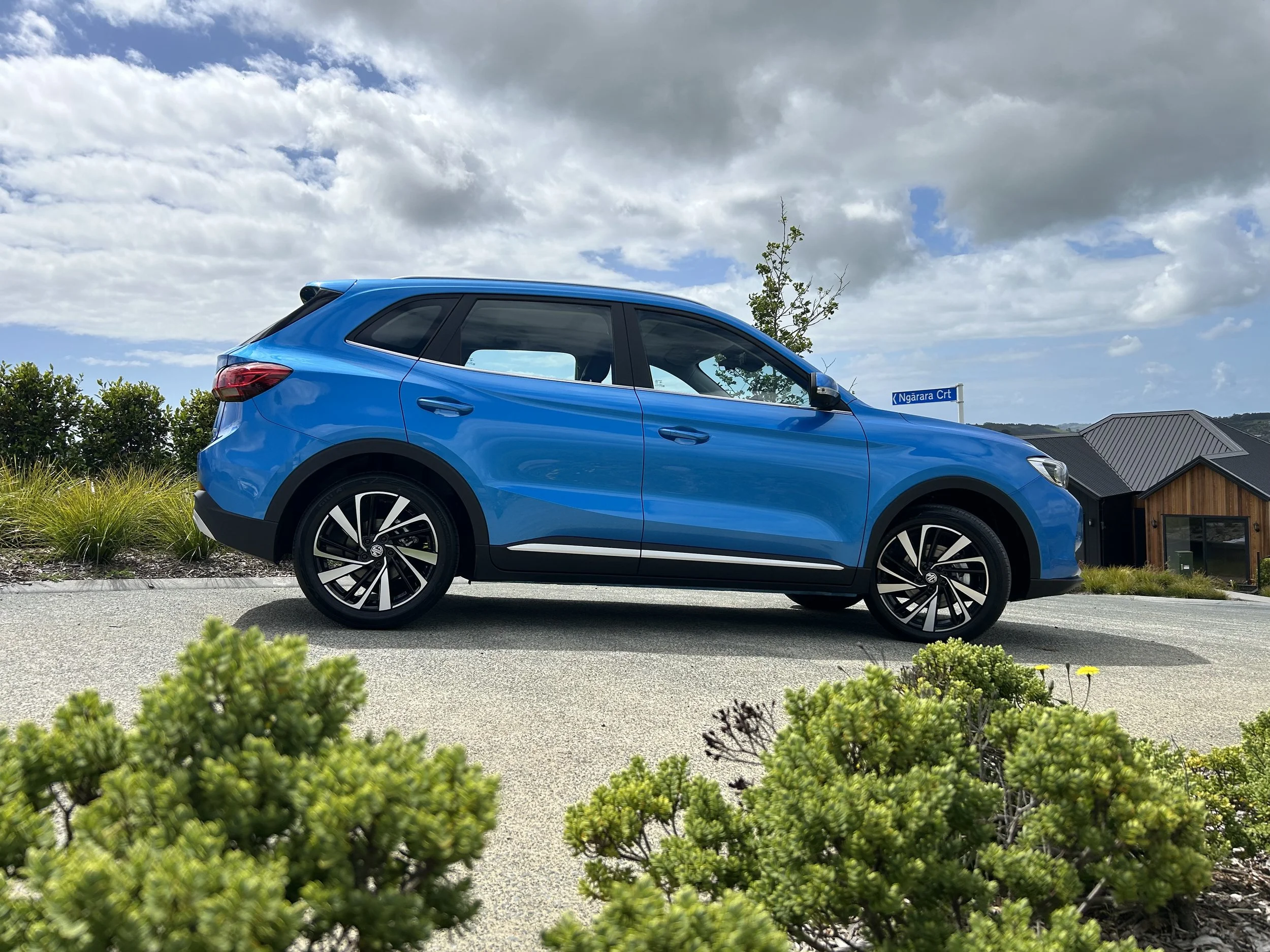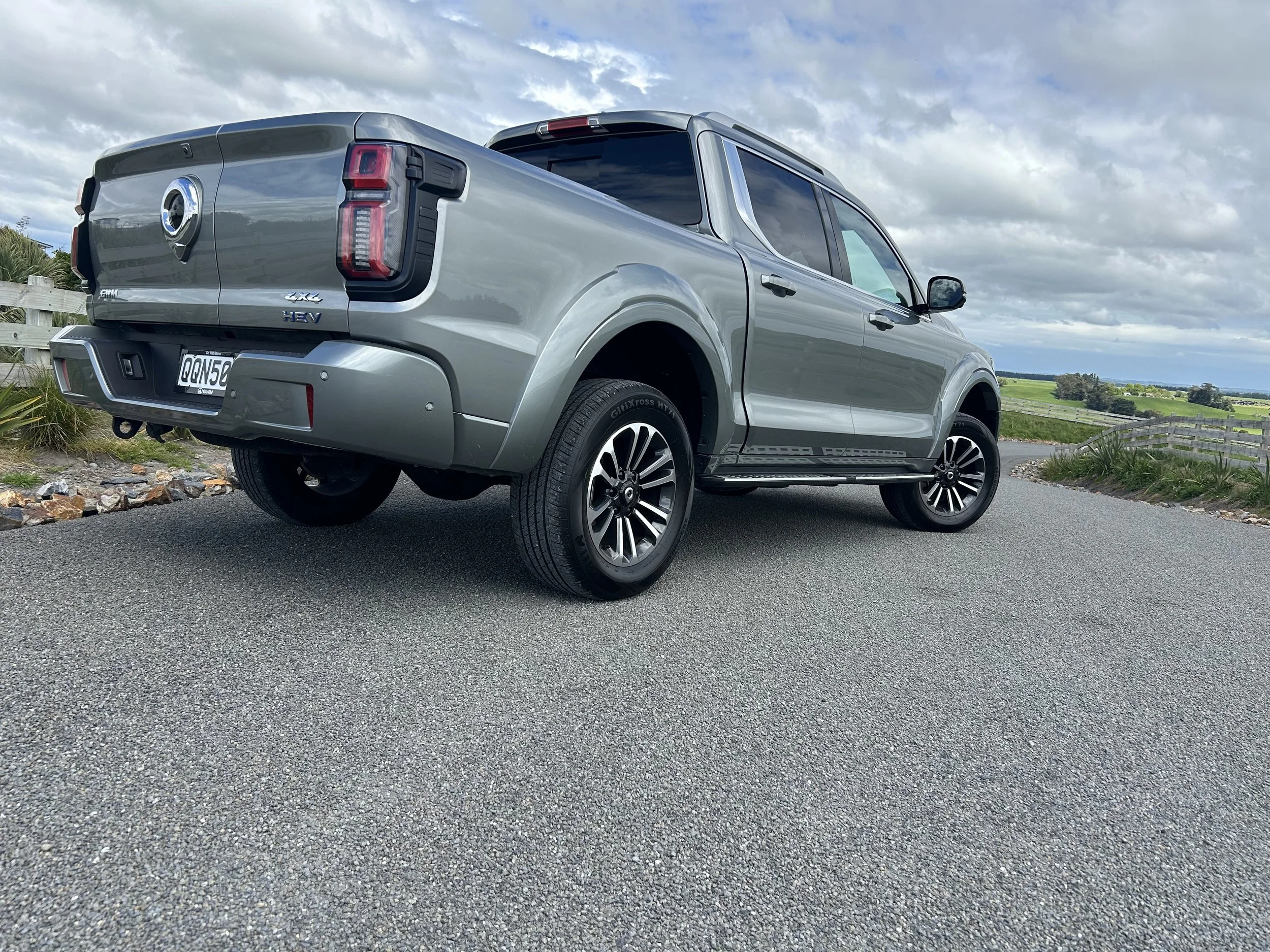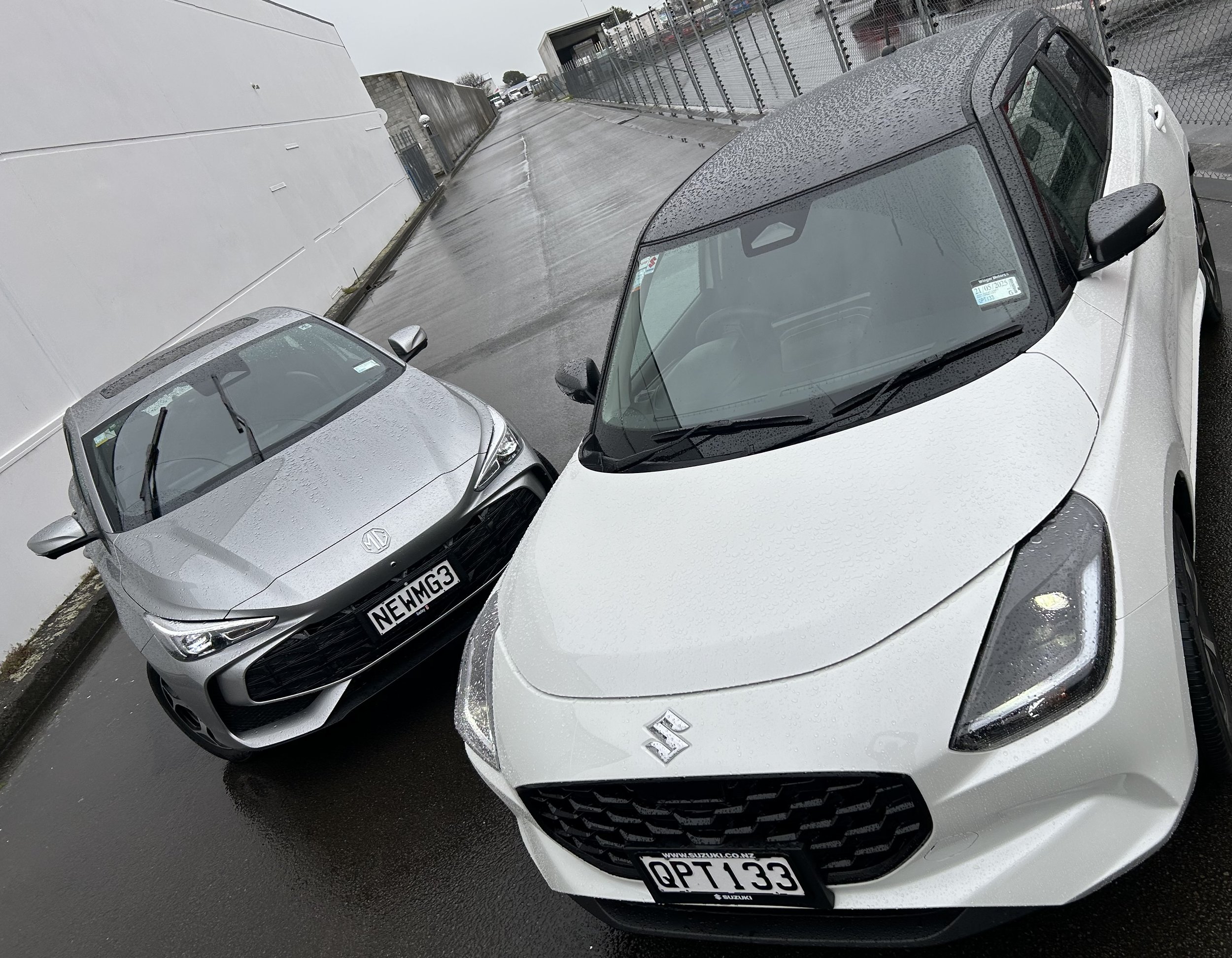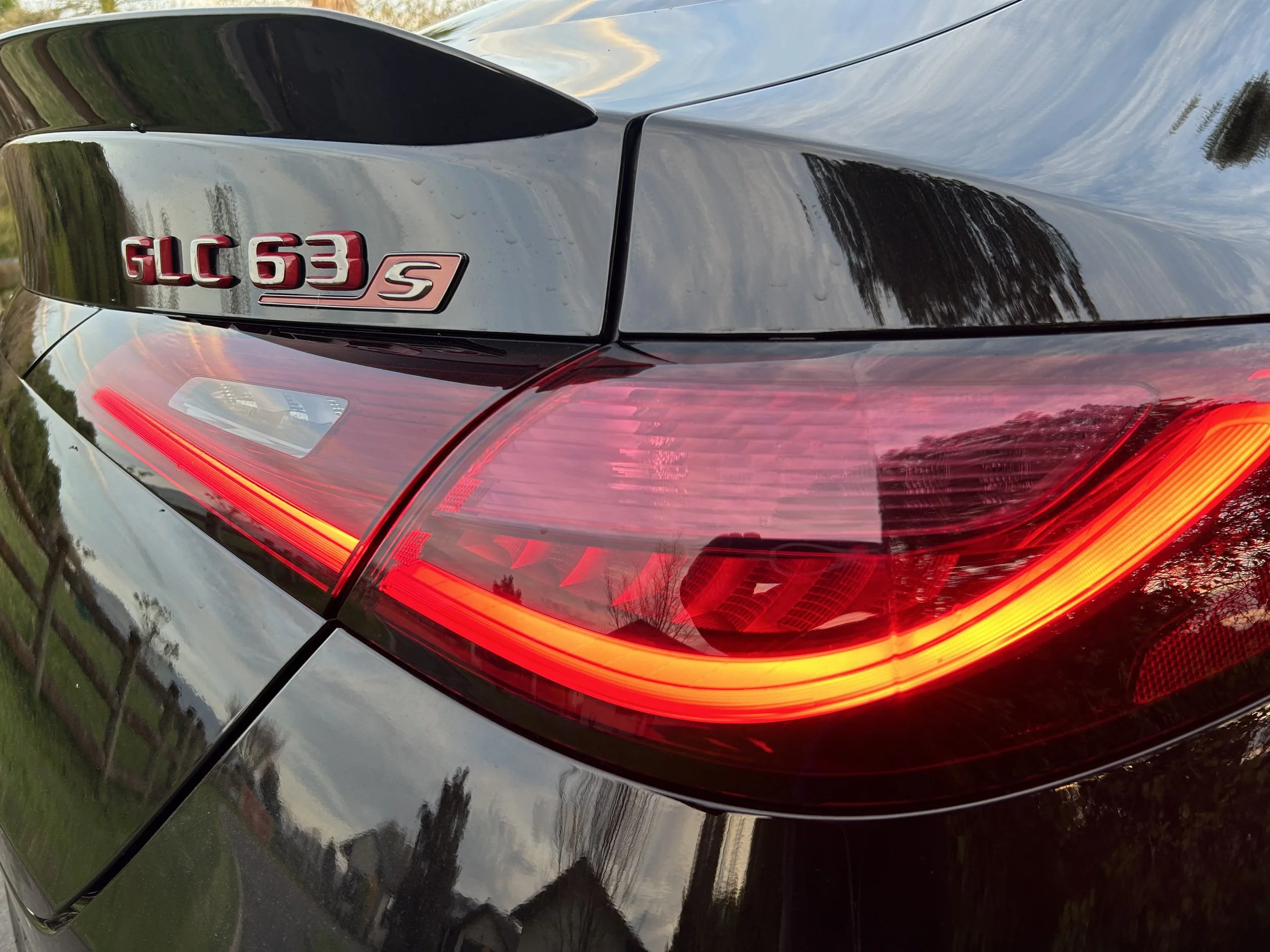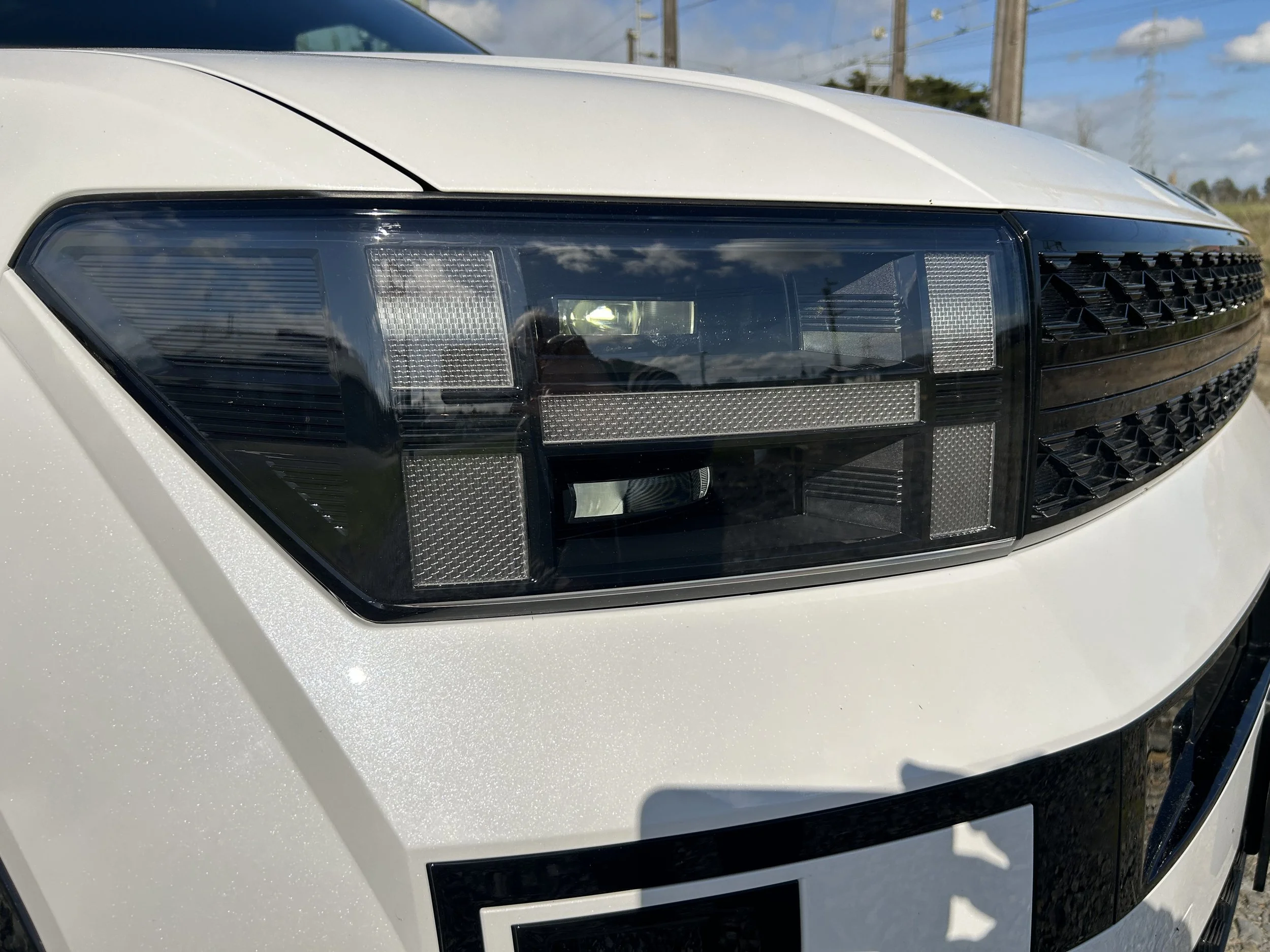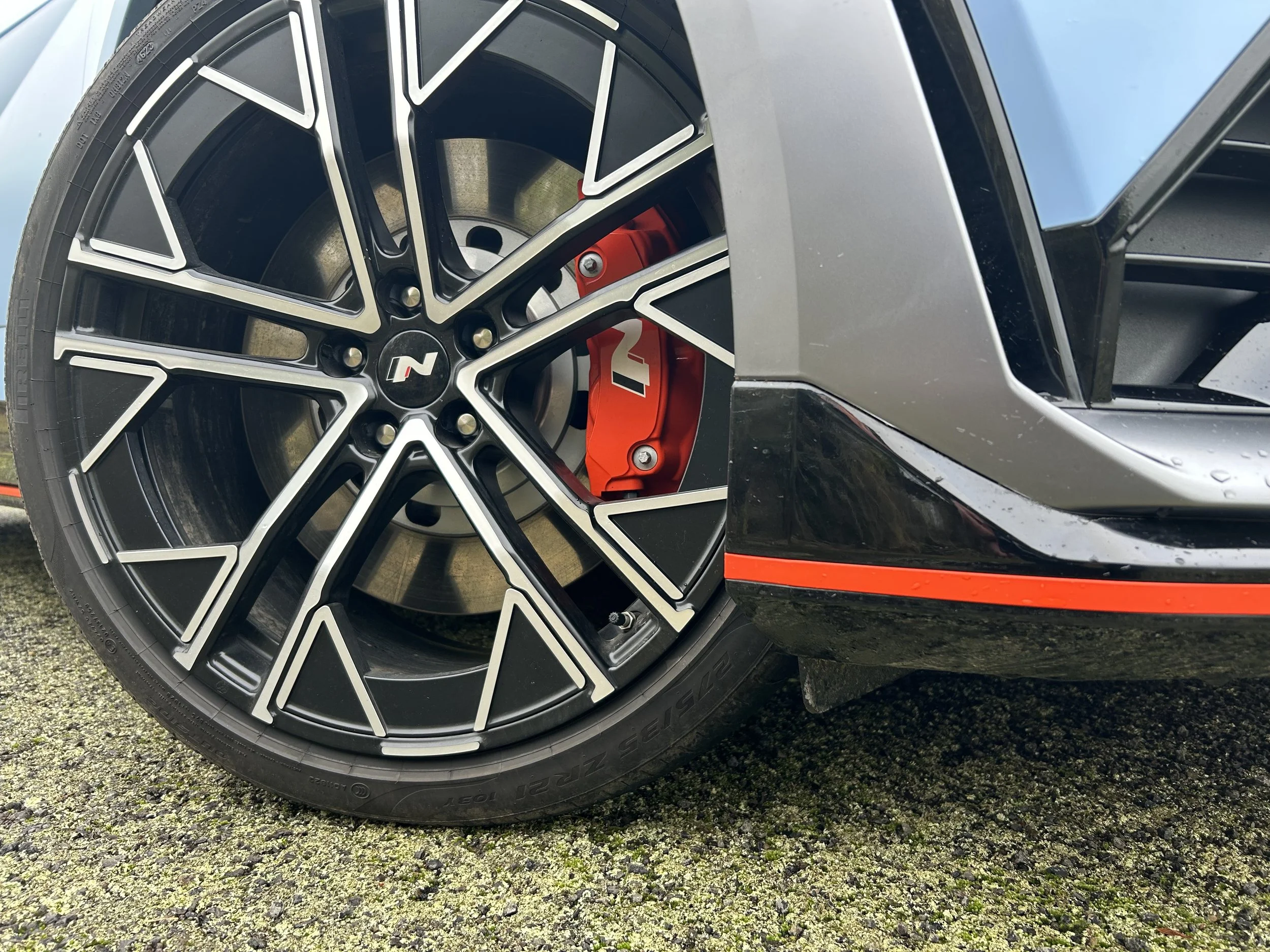LDV Deliver 9: Steak instead of saveloys
/Big, Bigger and Biggest – and cubes and squares. LDV’s latest van has launched and the advantages unwrap in mathematical formulae.
Price: $48,289 to $55,764
Powertrain and performance: 2.0-litre four-cylinder turbocharged and intercooled diesel engine,110kW/3500rpm, 375Nm/1500-2400rpm. Rear-wheel drive. Six-speed manual and six-speed auto.
Hydraulic rack and pinion steering. MacPherson strut front suspension, taper leaf springs with gas filled shocks at the rear.
Vital statistics: Length 5546-5940mm, height 2555-2755mm, width 2062mm, wheelbase 3366-3760mm. Wheels: 16-inch steel.
CHINESE brand LDV sits in solid third place in van sales in New Zealand, which is pretty good considering the product has been here for just over six years.
Leading the way is the Toyota Hiace which commands a 30.3 percent share, followed by the Ford Transit on 23.2 percent. Then there’s LDV with its 12.7 percent, which puts it above the likes of Hyundai, Volkswagen, Mercedes-Benz, Renault and, more latterly, Mitsubishi which has just re-entered the van market with its Express.
LDV has achieved that market penetration with two vans. There’s the aging V80 which had been designed and produced in the United Kingdom by the commercial division of British Motor Corporation prior to it being acquired by China’s state-owned SAIC Motor in 2009. There’s also the smaller G10 which launched here in 2015.
That penetration has a big opportunity to improve, because a brand-new LDV van has arrived.
It is the Deliver 9, so named because the V90 badge it has in China cannot be used in export because Volvo has a V90 wagon.
So Deliver 9 it is, and LDV importer Great Lake Motor Distributors is introducing it in three guises.
There’s a mid-wheelbase and mid-roof model called Big, a long-wheelbase mid-roof version called Bigger, and a long-wheelbase high-roof model called .. yup, you guessed it: Biggest. Prices range from $48,289 for a Big through to $55,964 for a Biggest.
“Vans are one of the best new vehicle market segments to be in,” GLMD managing director Rick Cooper related at yesterday’s launch.
“The vehicles are all about logistics and high mileages – some of our existing customers drive upwards of 15,000km every two months. So the more efficient the interior space, the more money can be made – which allows their operators to eat steak at night instead of saveloys!”
Cooper and his general manager, Andrew Bayliss, argue the dollar value of cargo space.
The Deliver 9 Big is 3019mm long and 1792mm high, it has a cargo volume of 9.7 cubic metres, and a floor area of 5.4 square metres. The Bigger is 3413mm long and has a cargo volume of 11 cubic metres and a floor area of 6.1 square metres. Topping things out thanks to a higher roofline is the Biggest’s cargo volume which is a massive 12.3 cubic metres, which is way ahead of both Transit and Hiace.
Bayliss has calculated a cost per cubic metre of cargo volume. Excluding good and services tax, that works out to $4206 with the Biggest, $4390 with the Bigger and $4978 with the Big.
By way of comparison, a Toyota Hiace is at least $5644, Ford’s Transit is no lower than $5817 and the Hyundai iLoad comes to $11,589.
Undertaking the same exercise but with focus this time on cargo-specific floor area, Bayliss says it comes to $7916 per square metre with the Bigger and $8482 with the Biggest - which has the same 6.1 square metre floor - and $8942 with the Big.
The lowest such cost with Hiace, Transit and iLoad are respectively $8748, $10,321, and $13,418.
In other parts of the world the Deliver 9 has been launched as a replacement for the V80. In New Zealand the latter remains, for the meantime at least, part of the LDV lineup.
It’s not a development off the V80 either. The new model is brand-new, powered by a freshly-created four cylinder turbocharged and intercooled diesel that offers 110kW of power at 3500rpm, and 375Nm of torque from 1500-2400 rpm.
Truth be told, there’s a certain Transit look to the new van, with a major difference being a very big bright silver front grille. On the inside the similarities continue, right down to a high-mounted gearshift which clears legroom for three people up front, and a swag of minor storage all over the place.
All models have single sliding doors on their left side for access to the load areas, and they all feature ‘barn’ doors that swing open 180 degrees to allow forklifts to be used to load cargo. The cargo areas also feature eight tie-down points, plus integrated rear steps for ease of access.
There’s an impressively high level of safety specification that includes hill hold, lane departure warning, cruise control (adaptive on the auto models), rear parking sensors, and driver, passenger, side and curtain airbags. The model has yet to undergo any ANCAP crash testing.
Interior features air conditioning, power windows, a big 10.1-inch touchscreen, and a heap of minor storage including document storage in the roof lining.
Short drives in a Big and a Biggest following the presentation confirmed the Deliver 9 as an easy drive, with fully adjustable driver’s seat and a comfortable driving position, and of course the excellent visibility that traditionally comes with vans. It’s obviously going to be a nice drive for the commercial users.
And the cargo areas to the rear? They are among the most spacious around, and when it comes to the cubes and squares for the dollars, the GLMD people say there’s nothing to beat them. Considering that vans are commercial vehicles pure and simple, that’s surely going to be a major selling point.
Steak instead of saveloys seems a tasty proposition.






